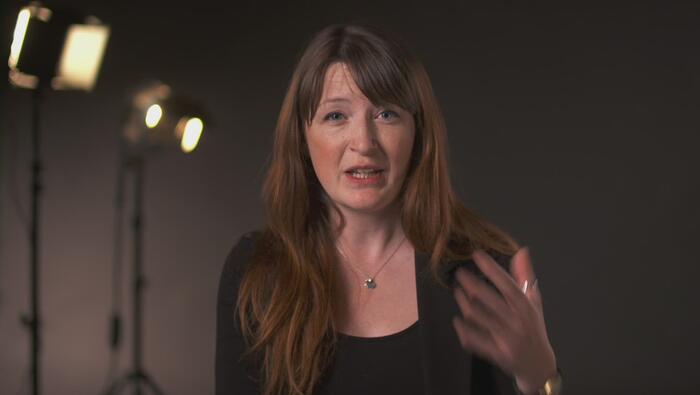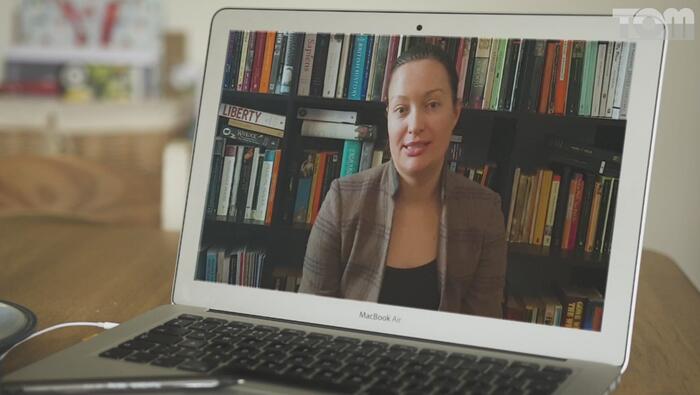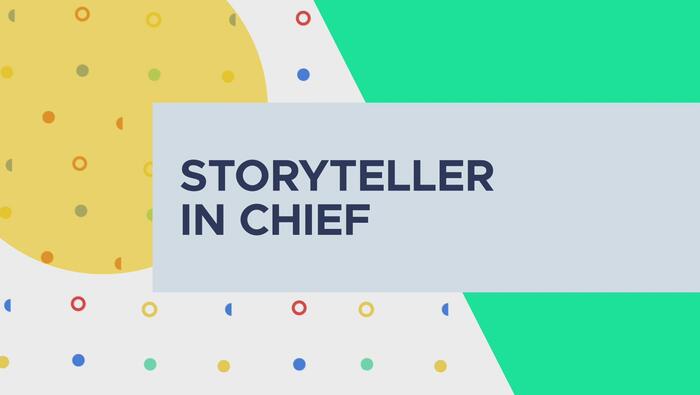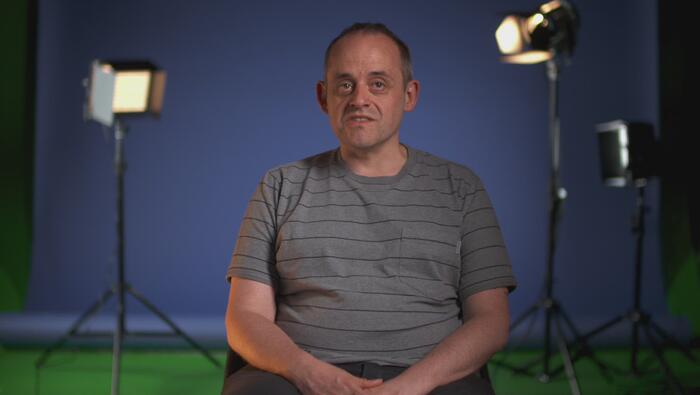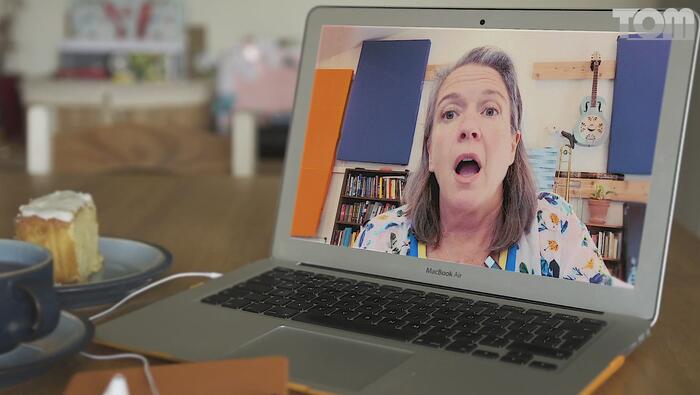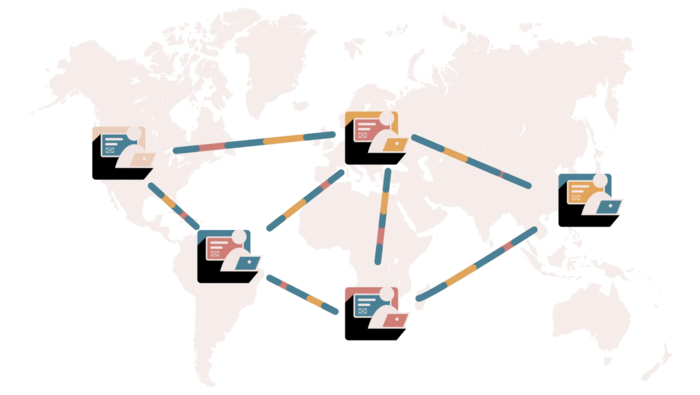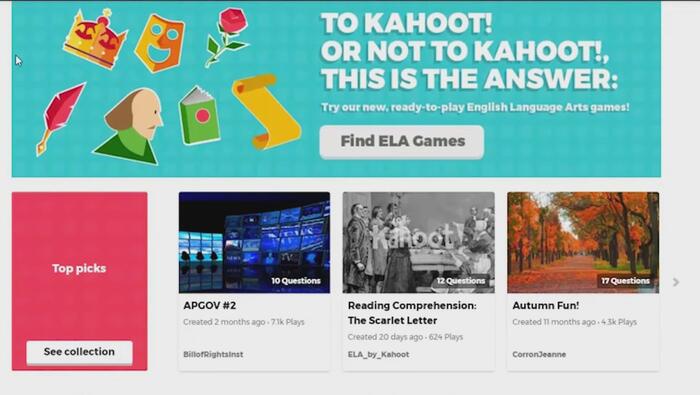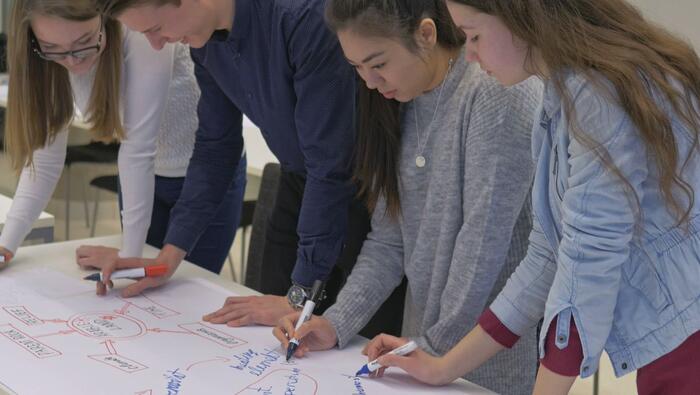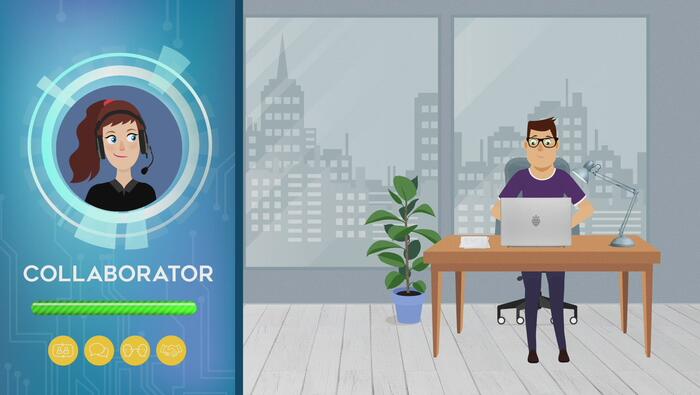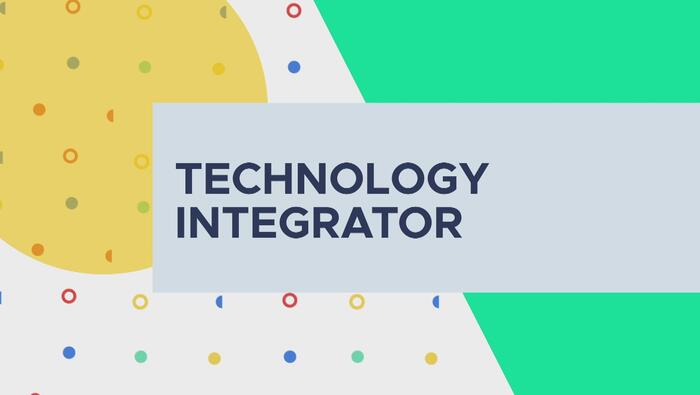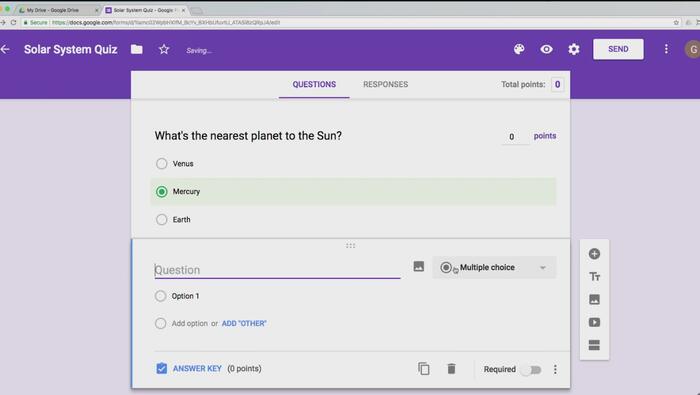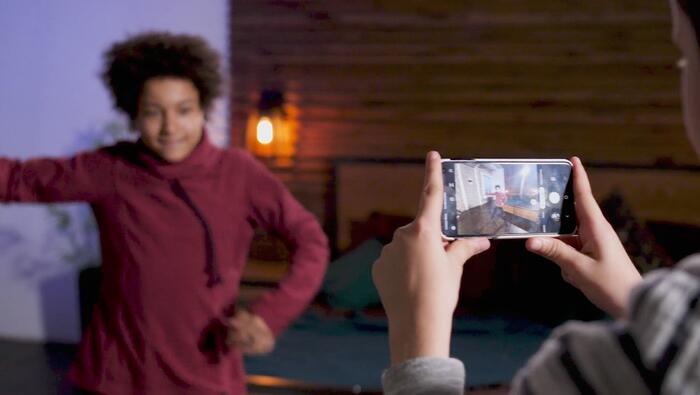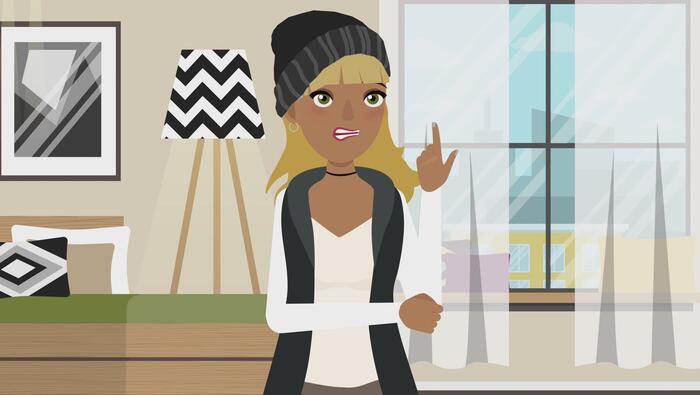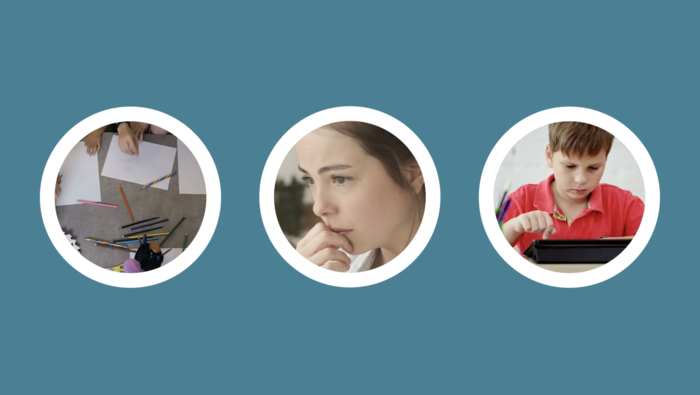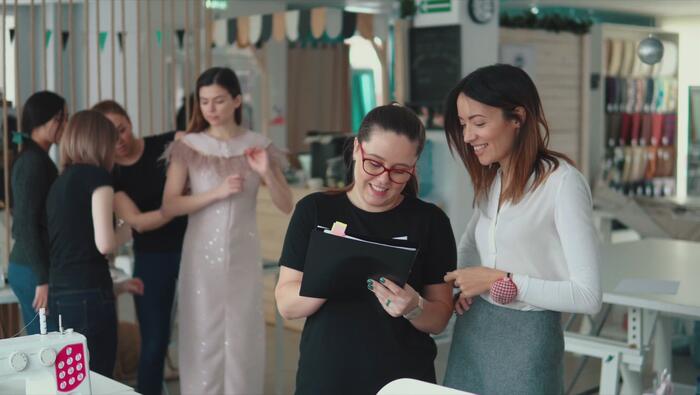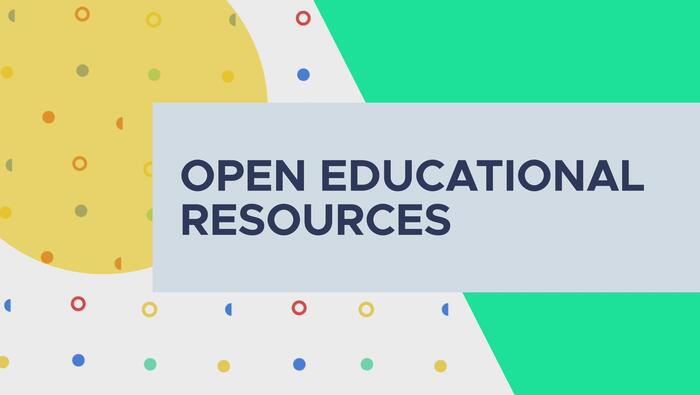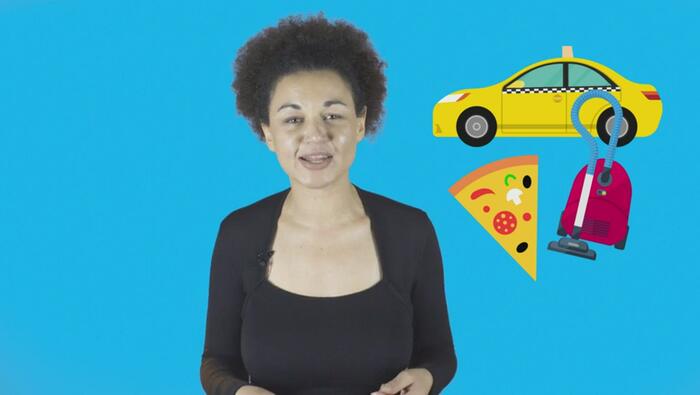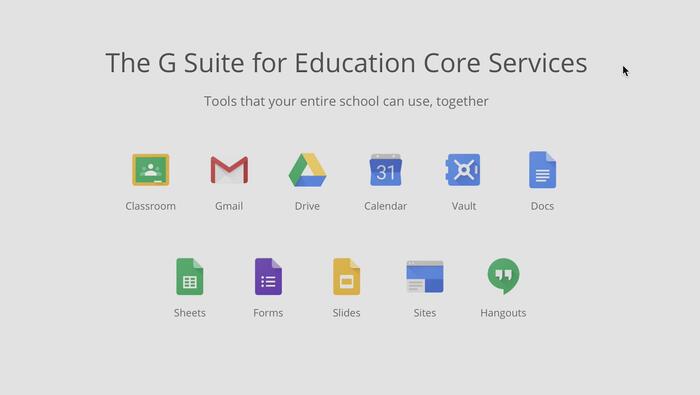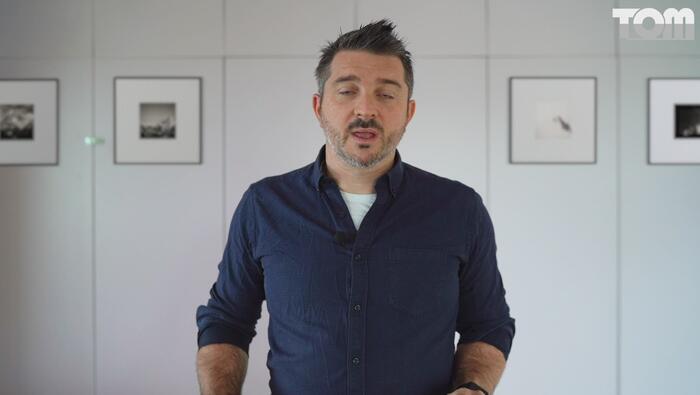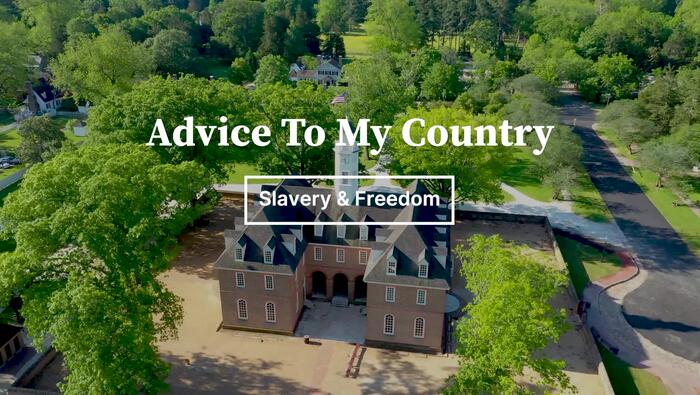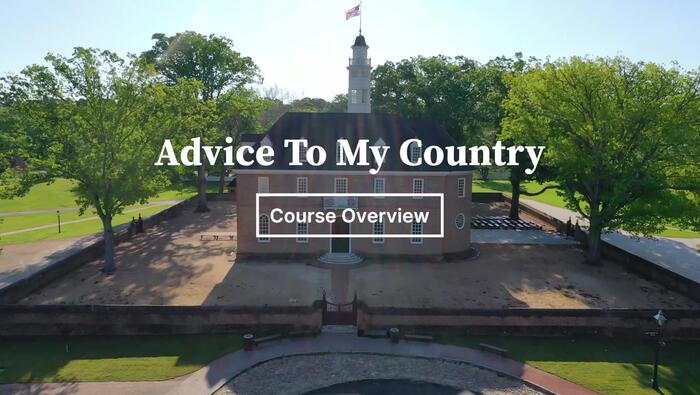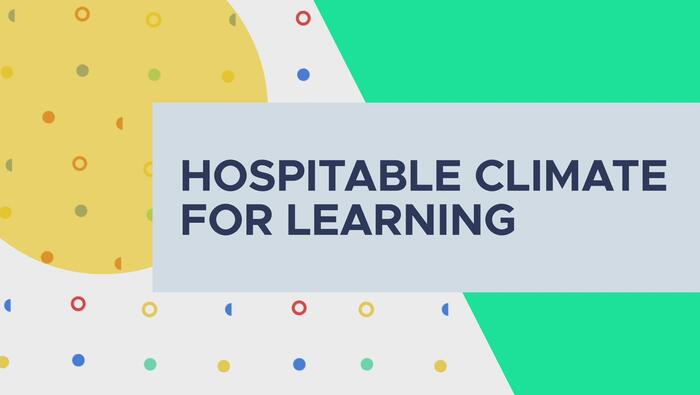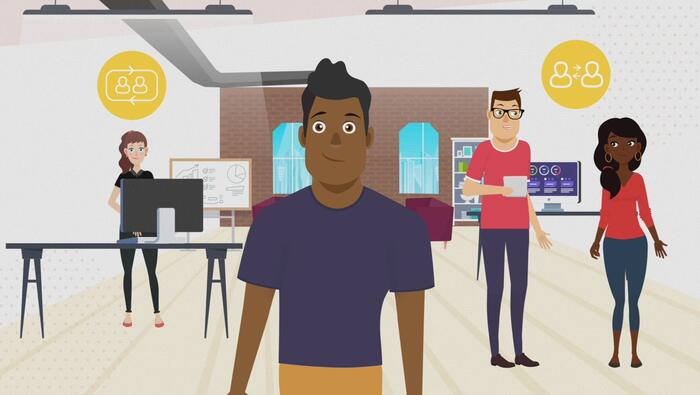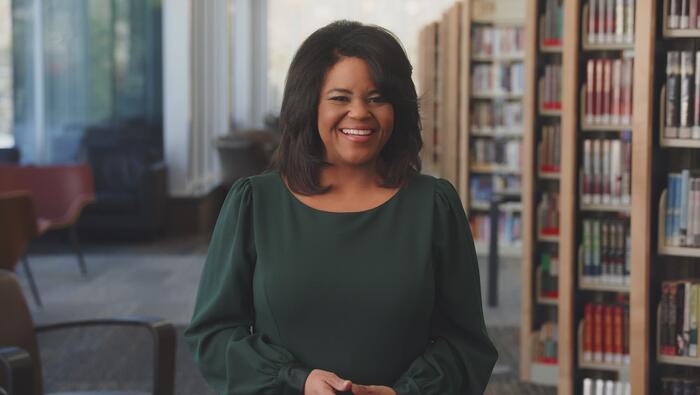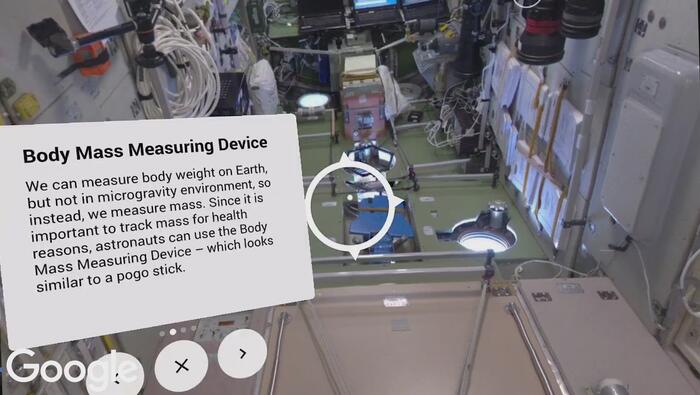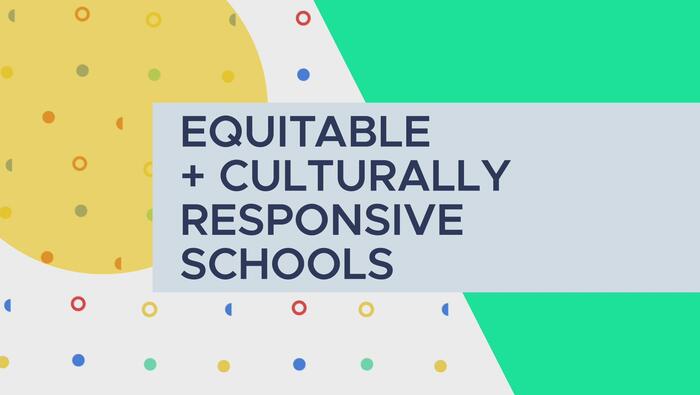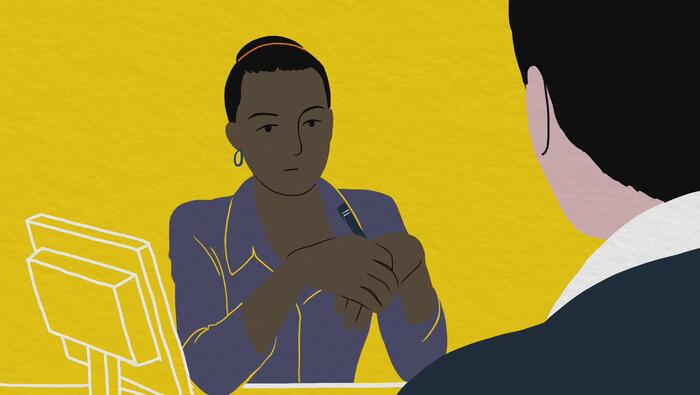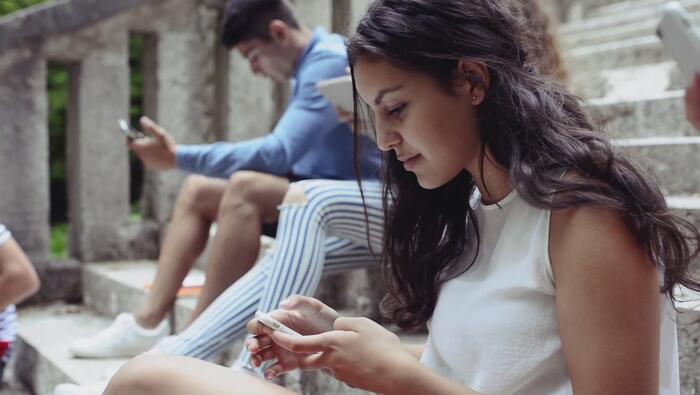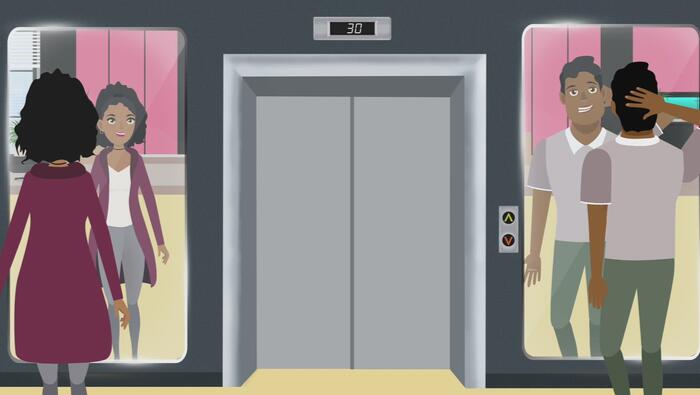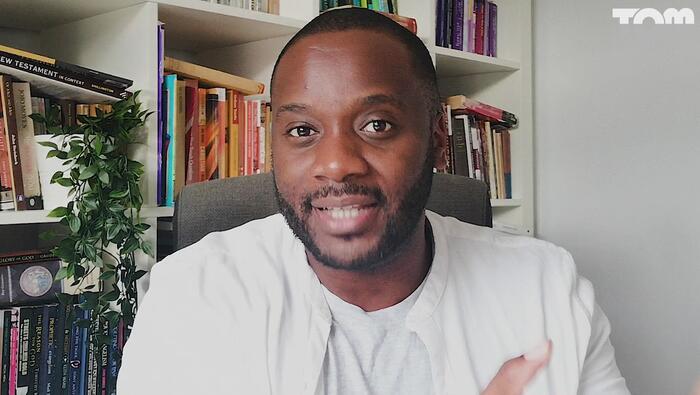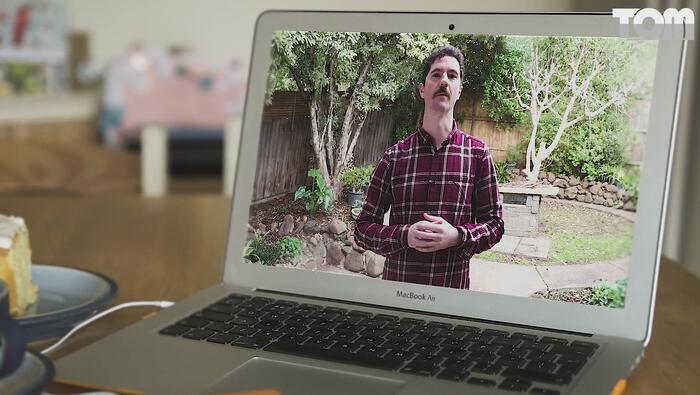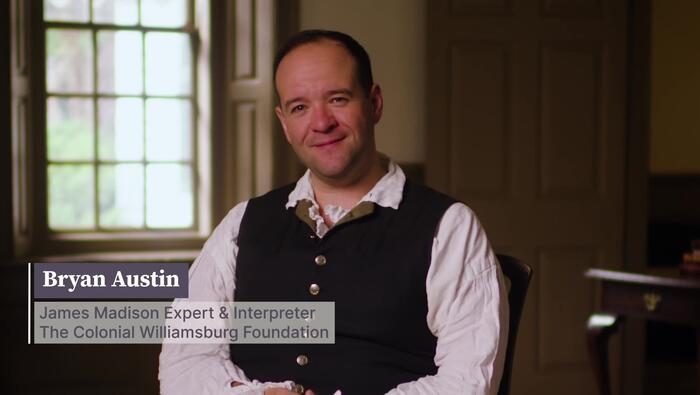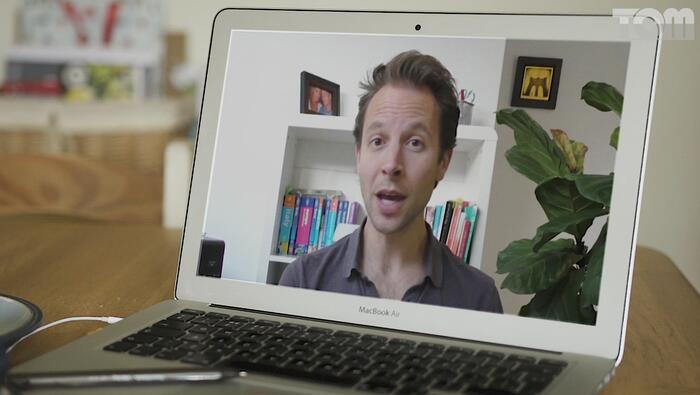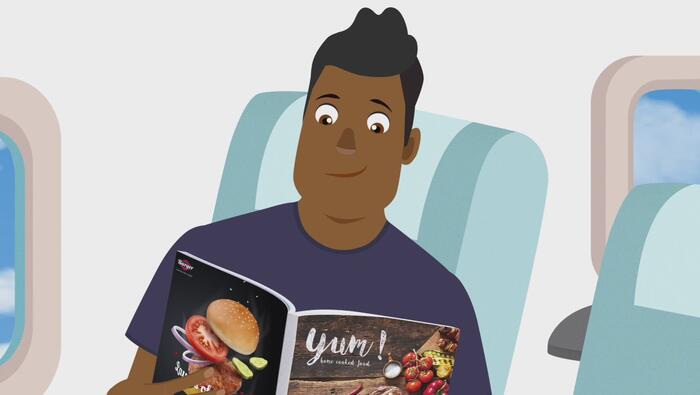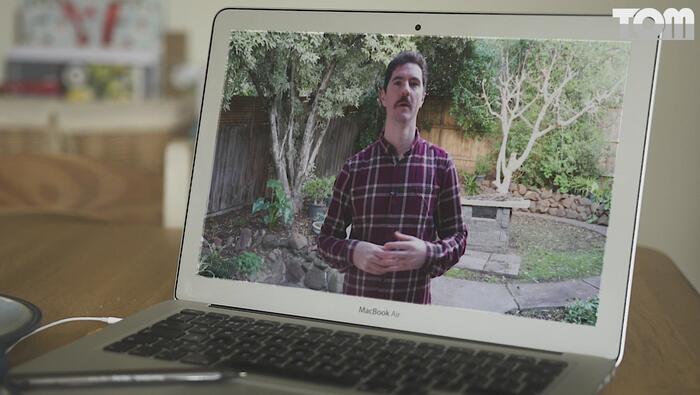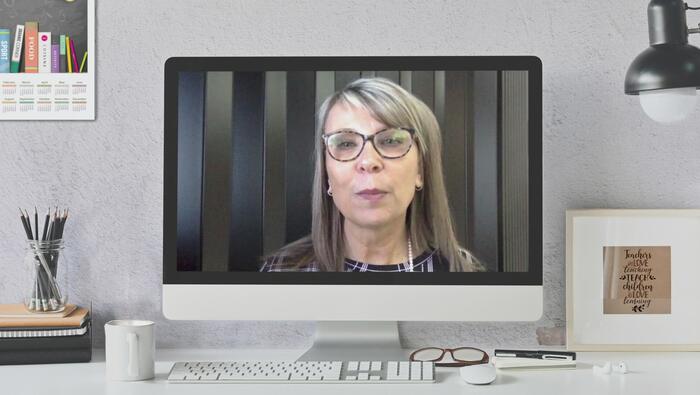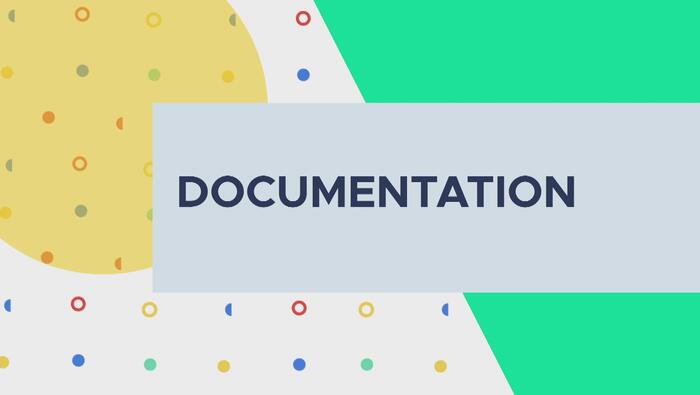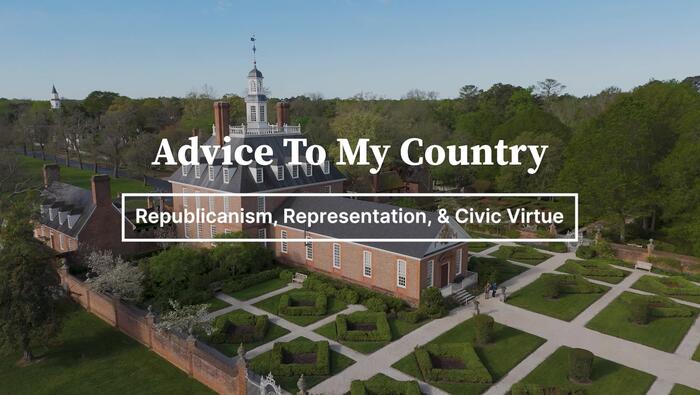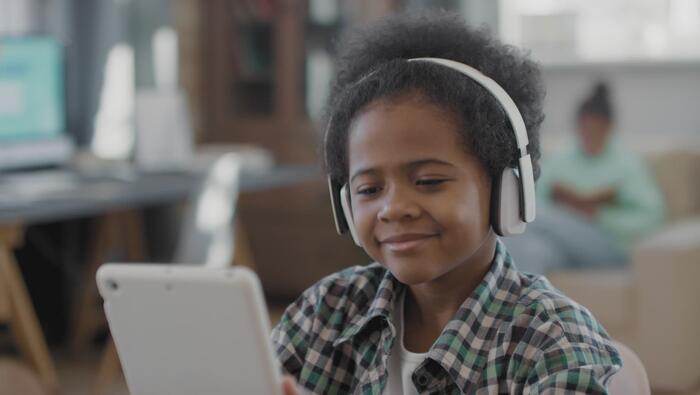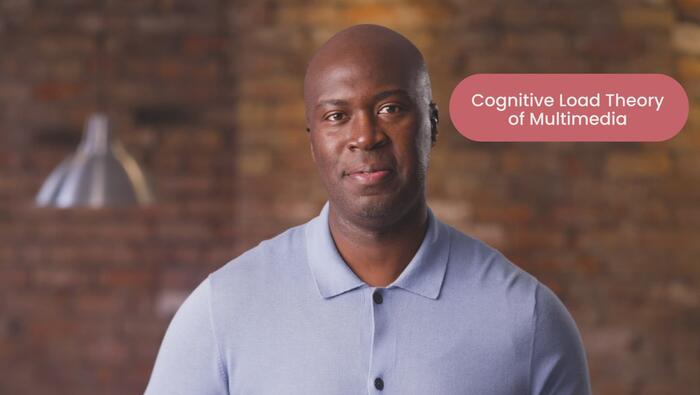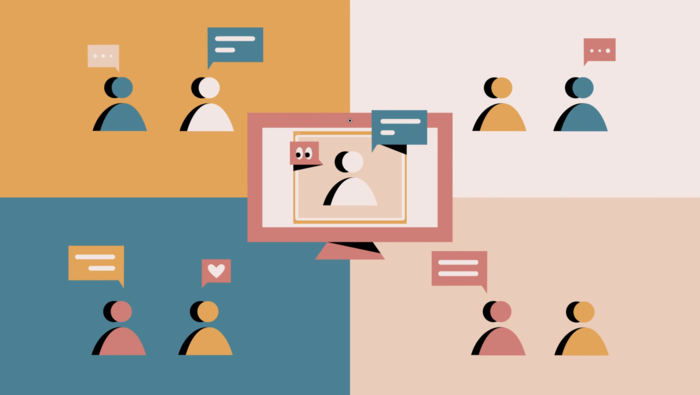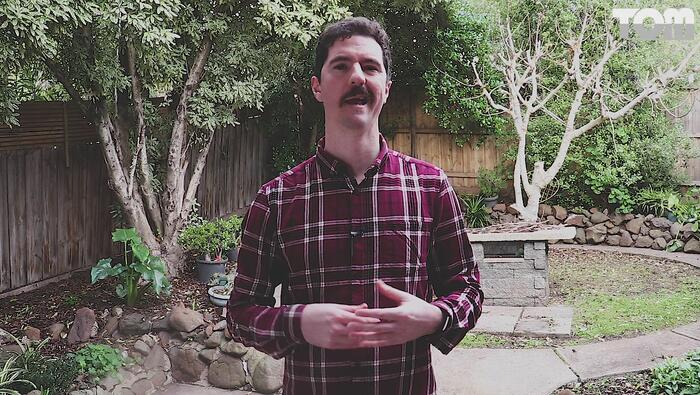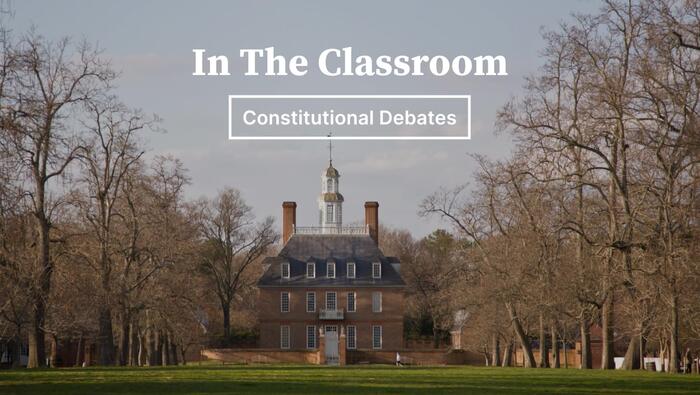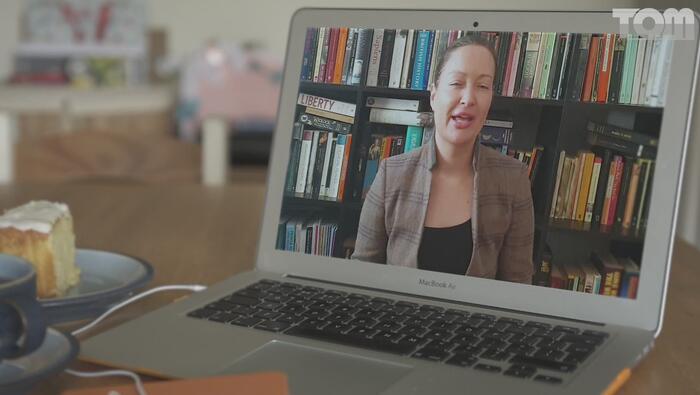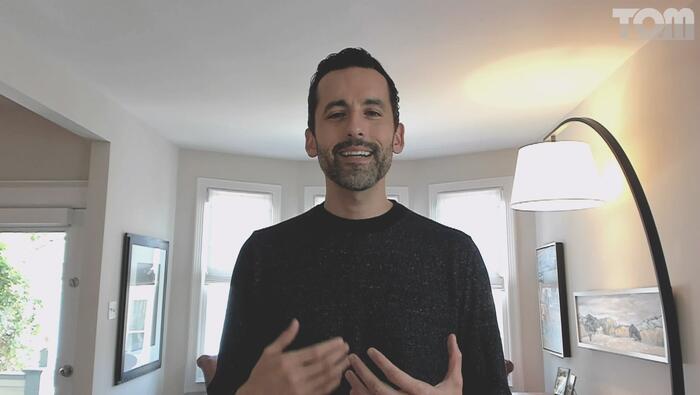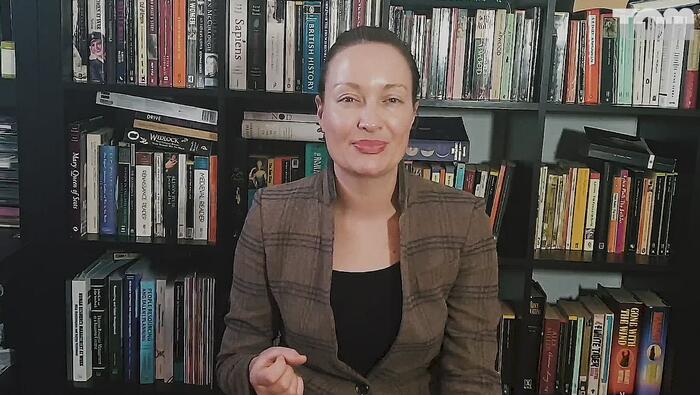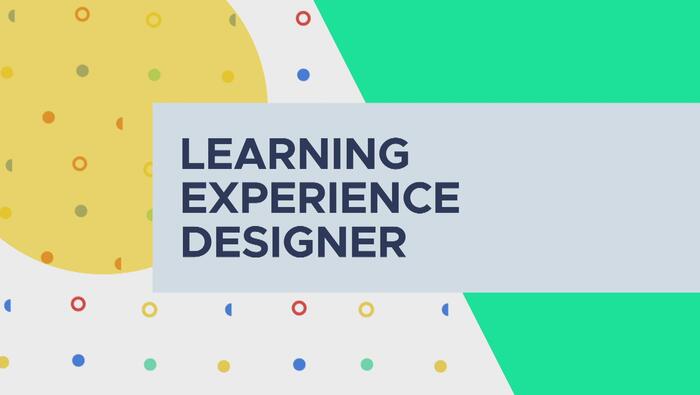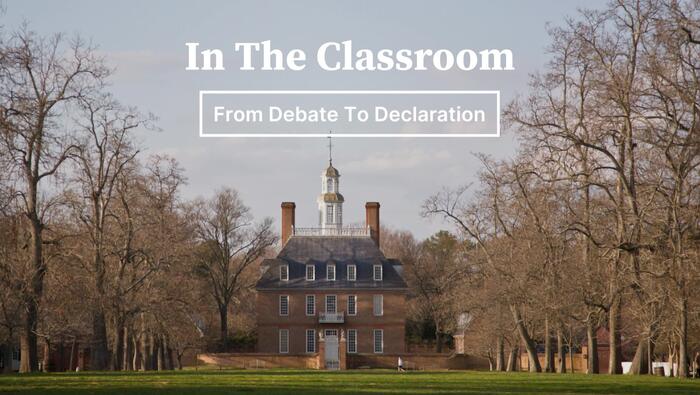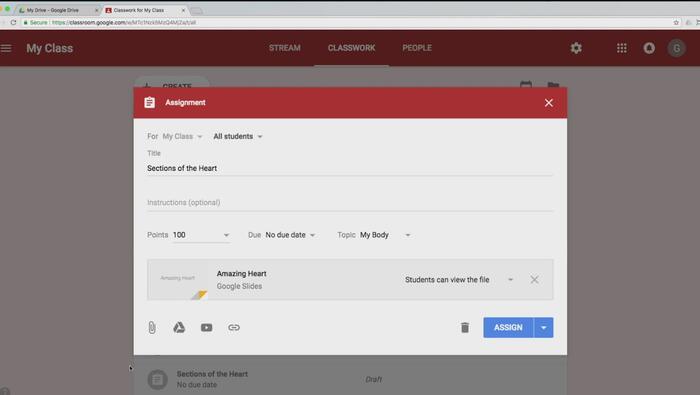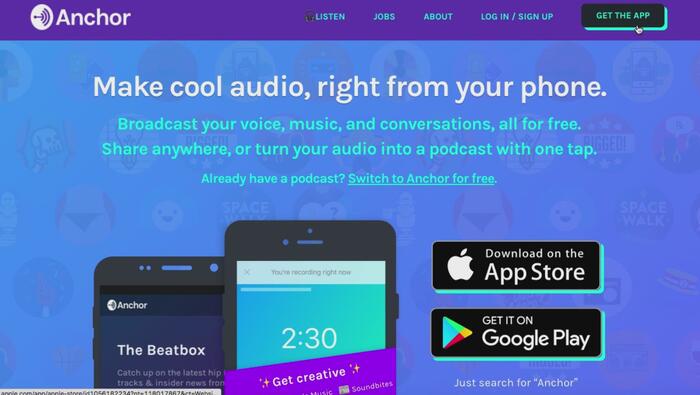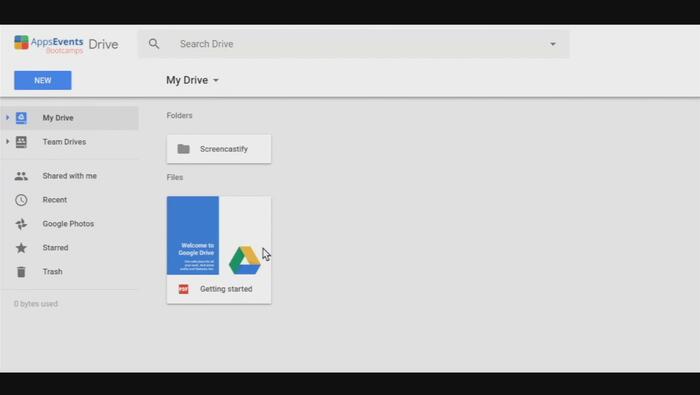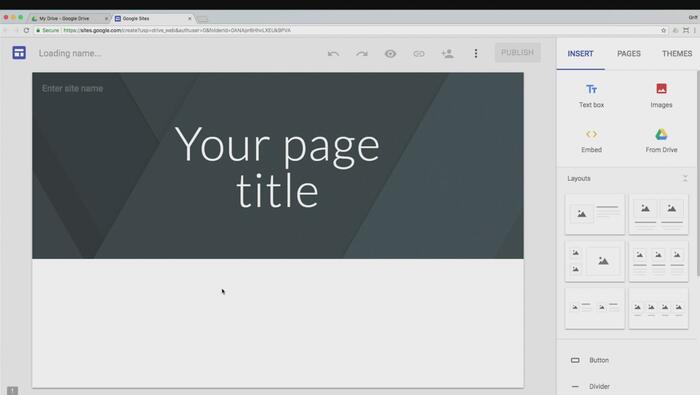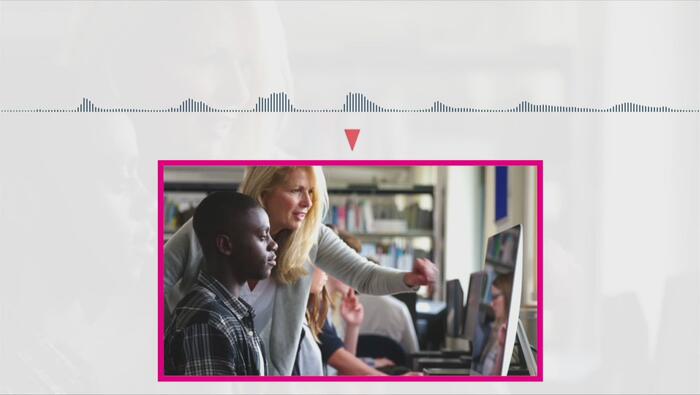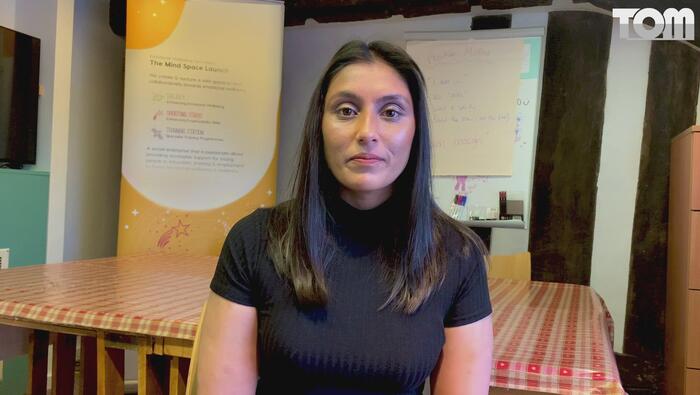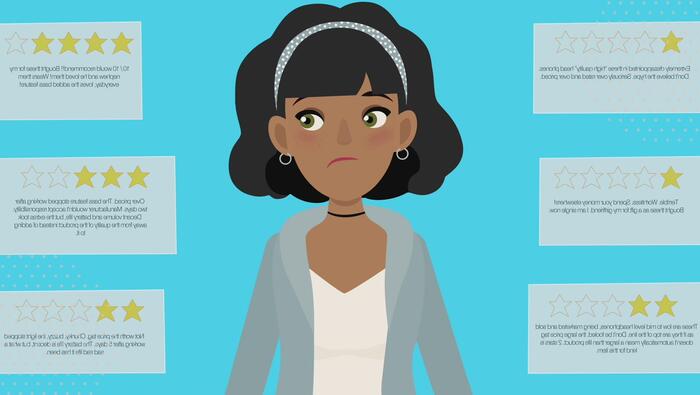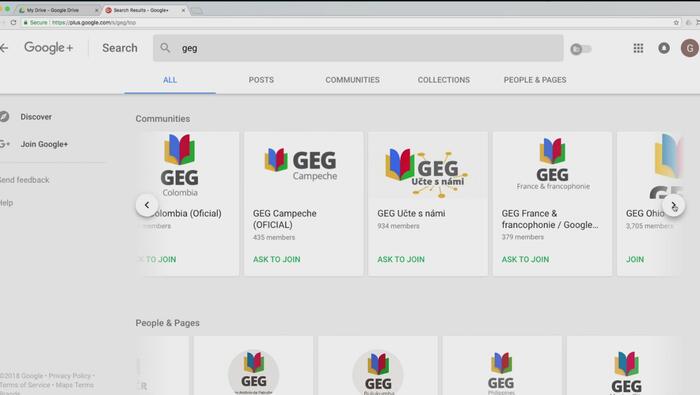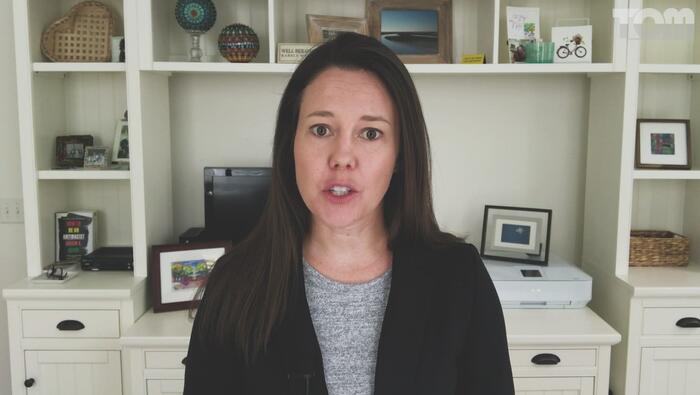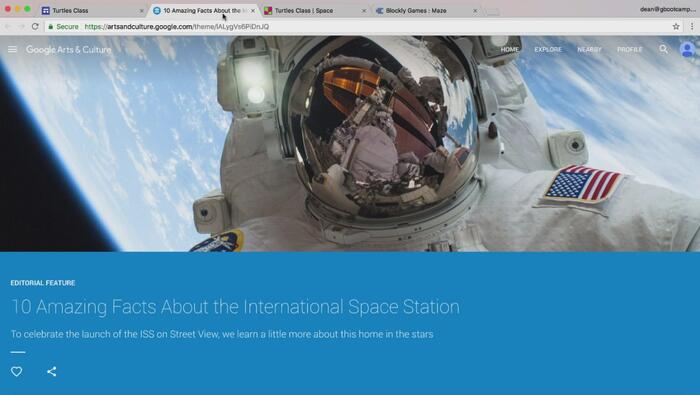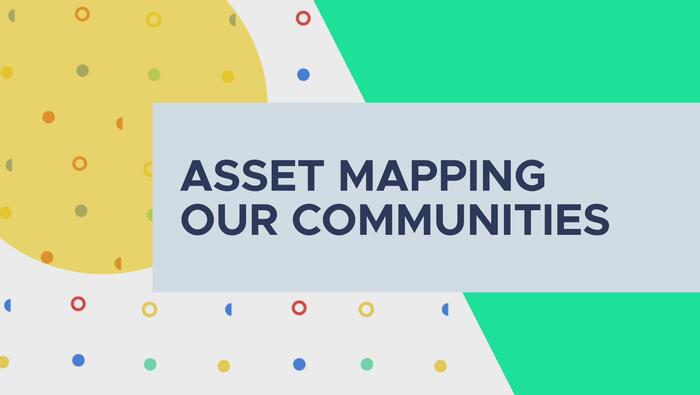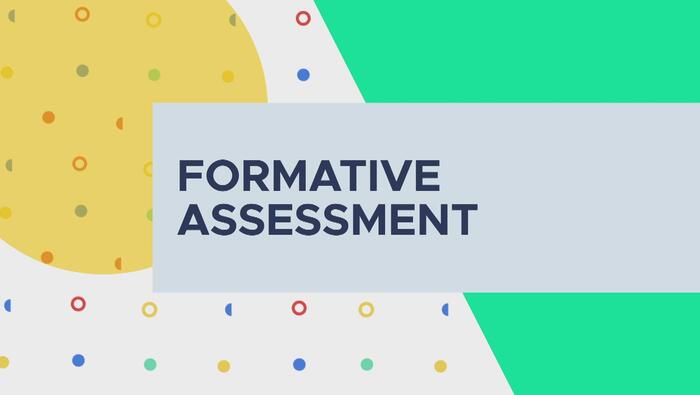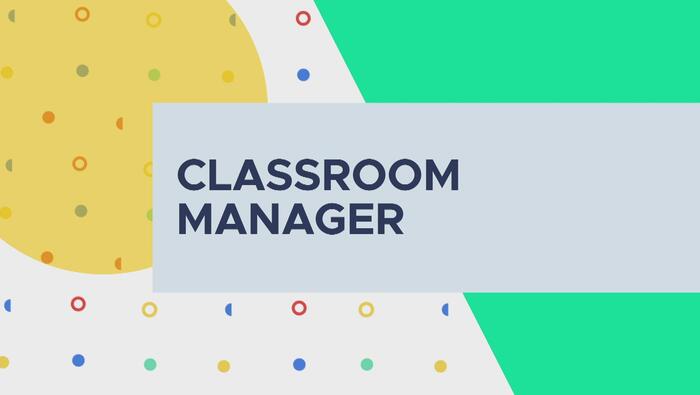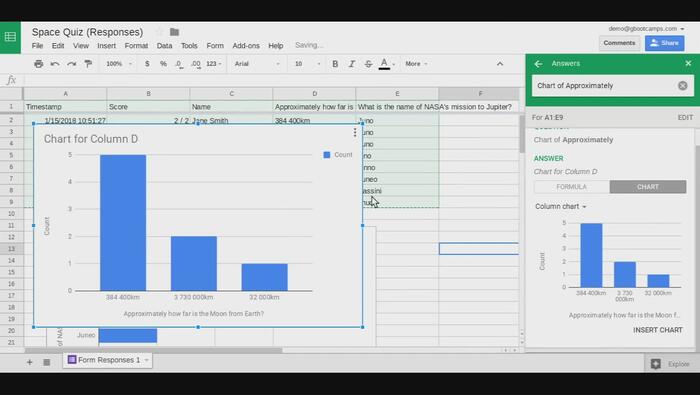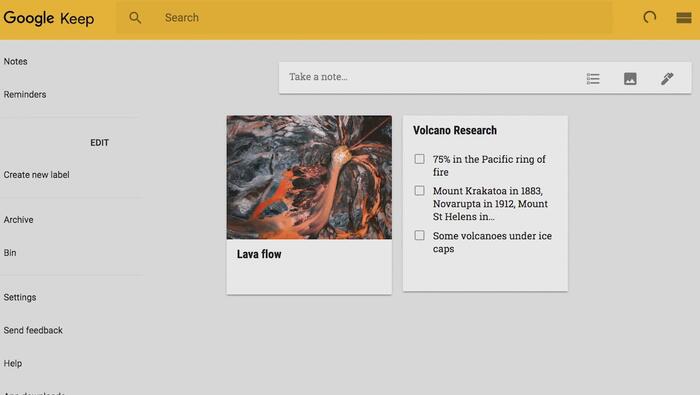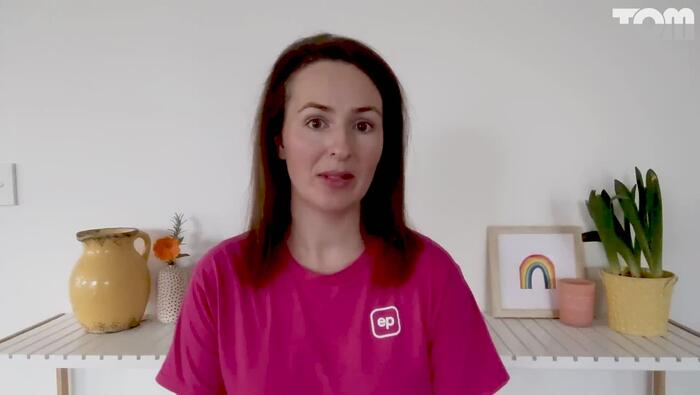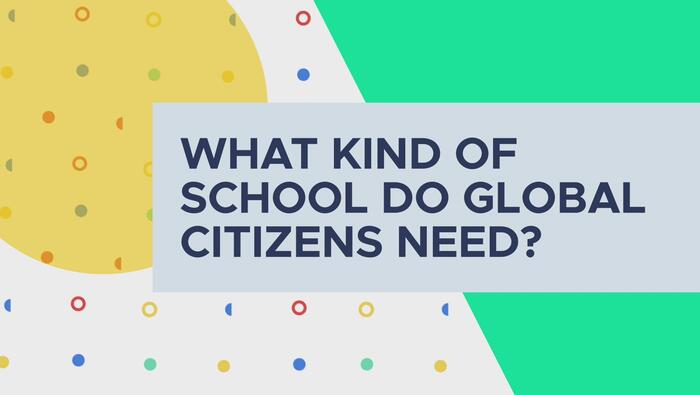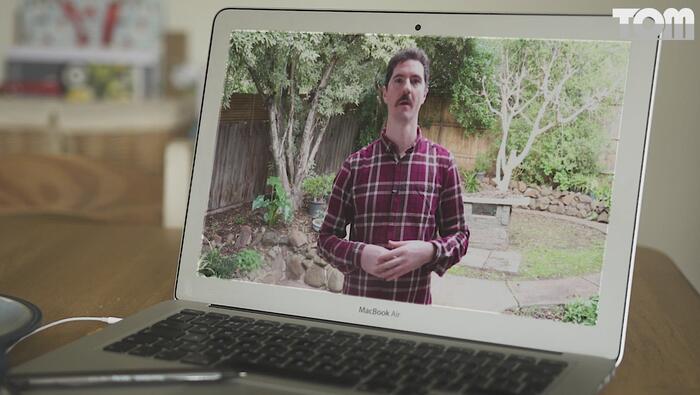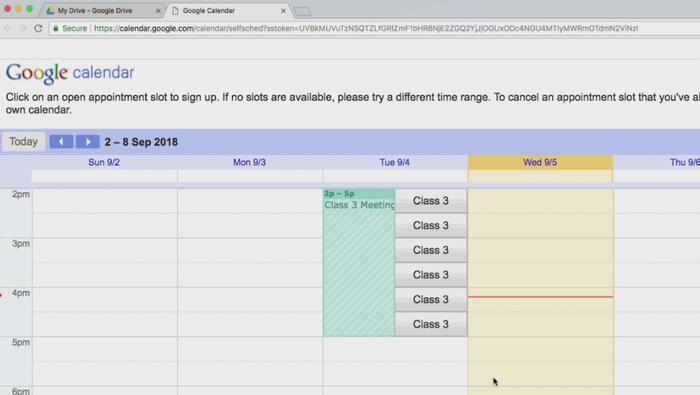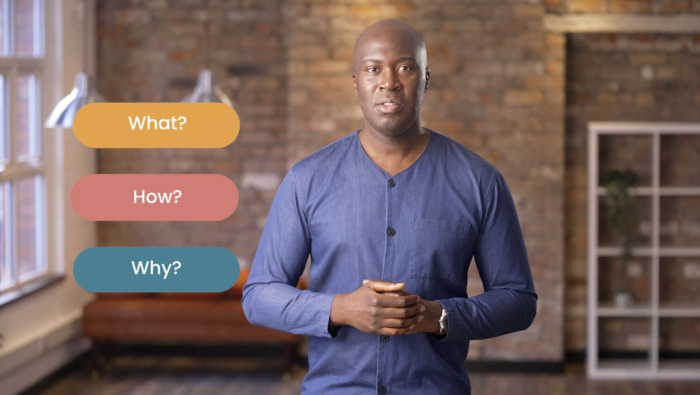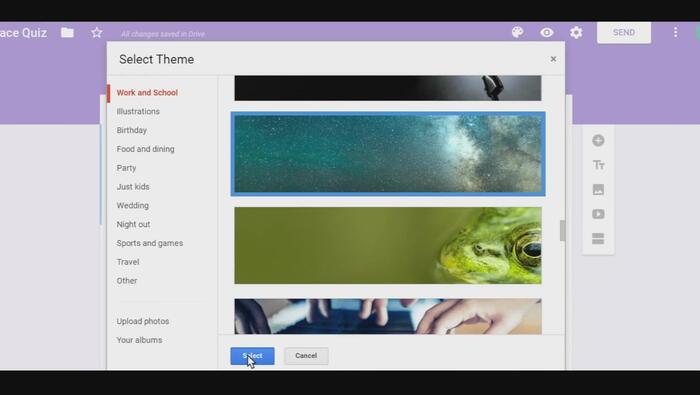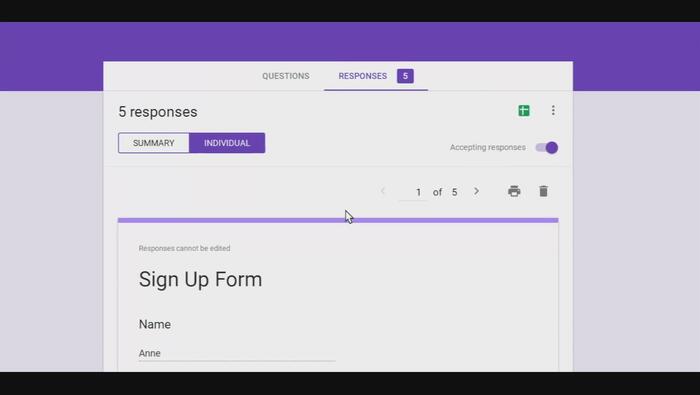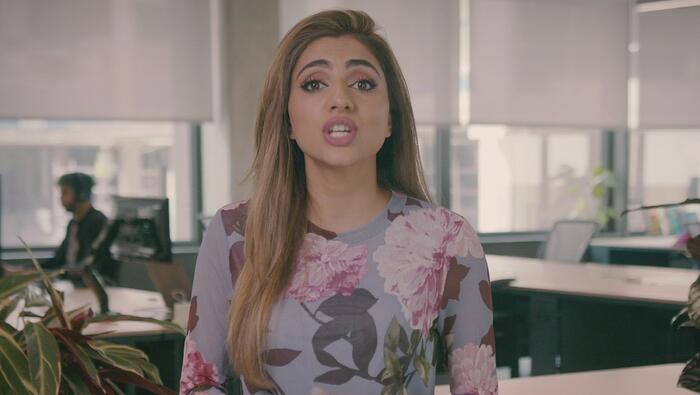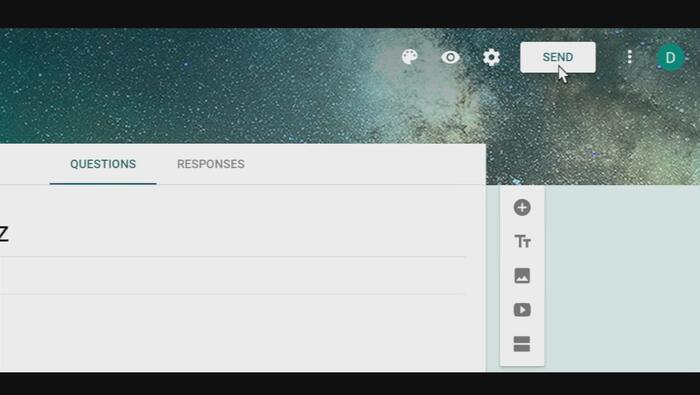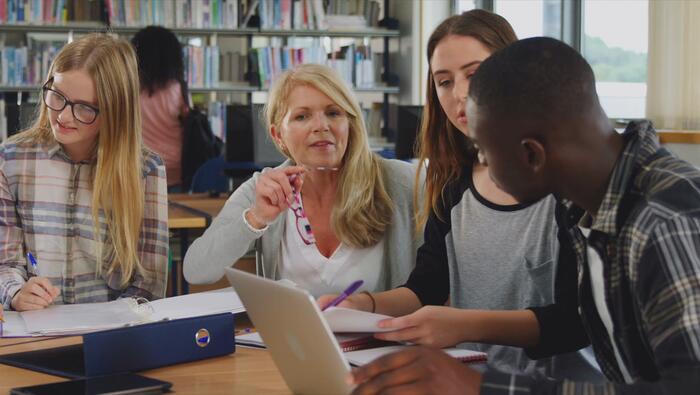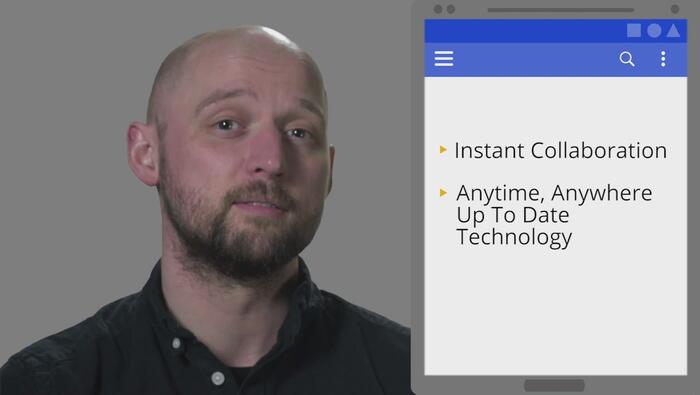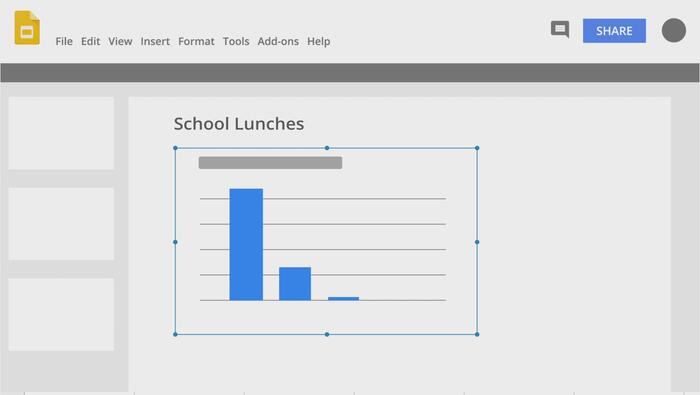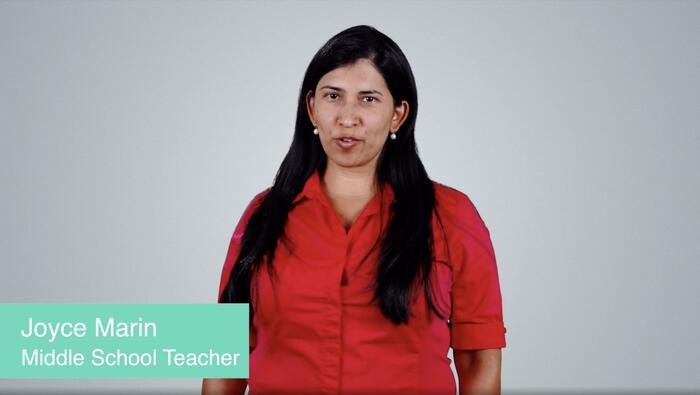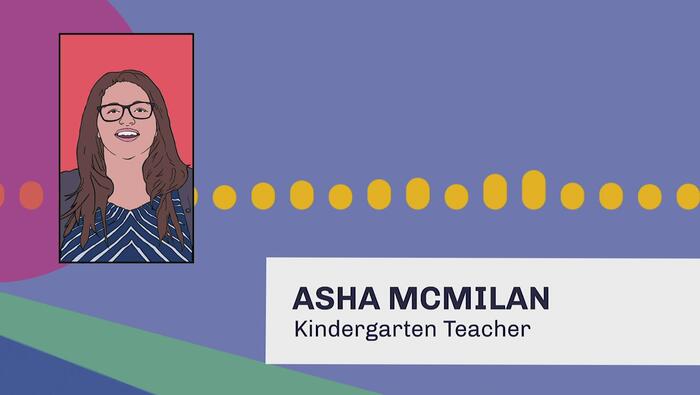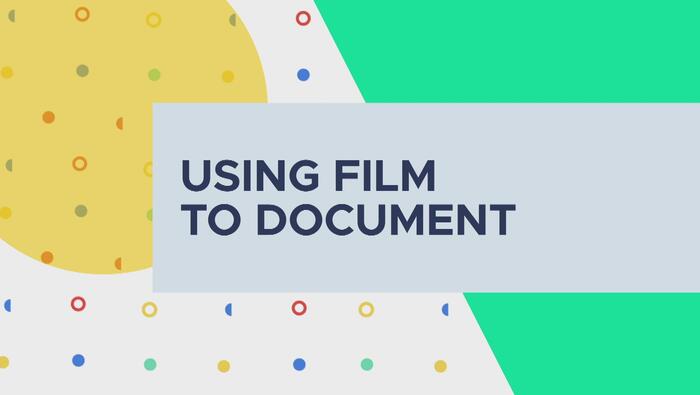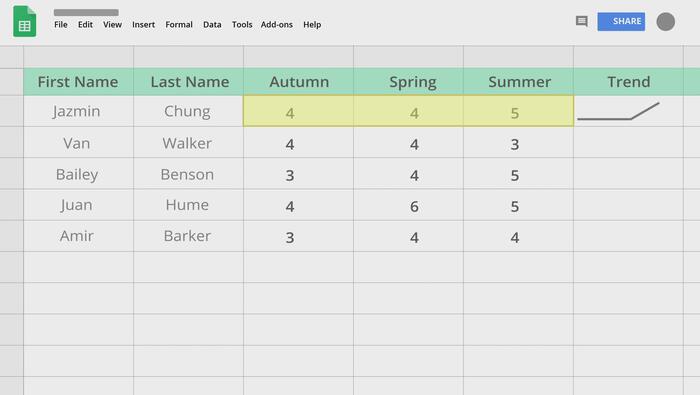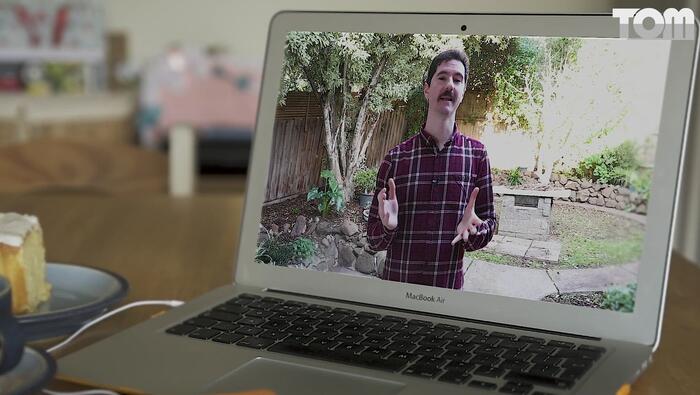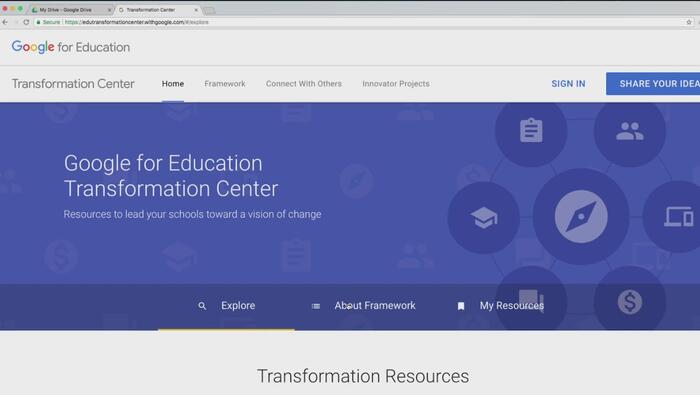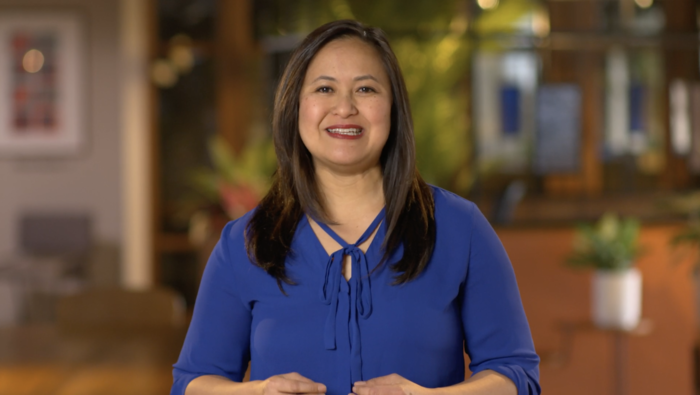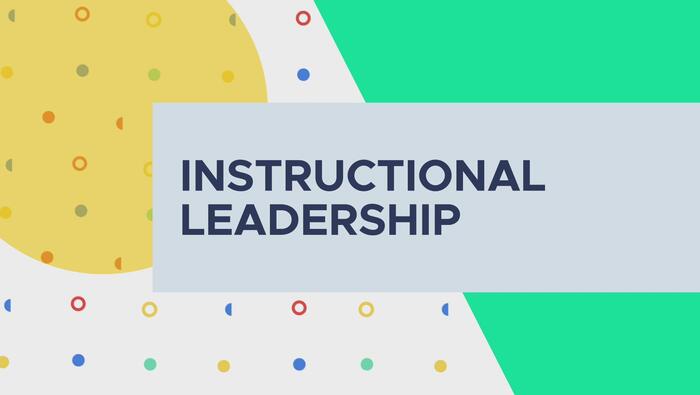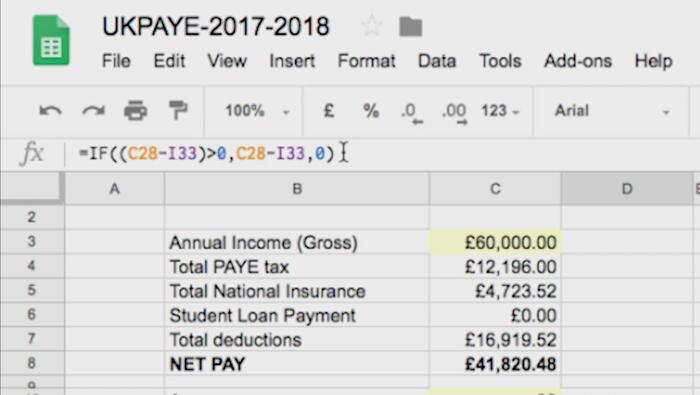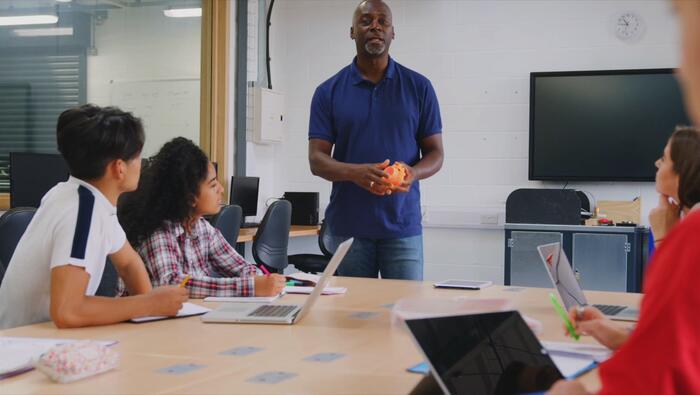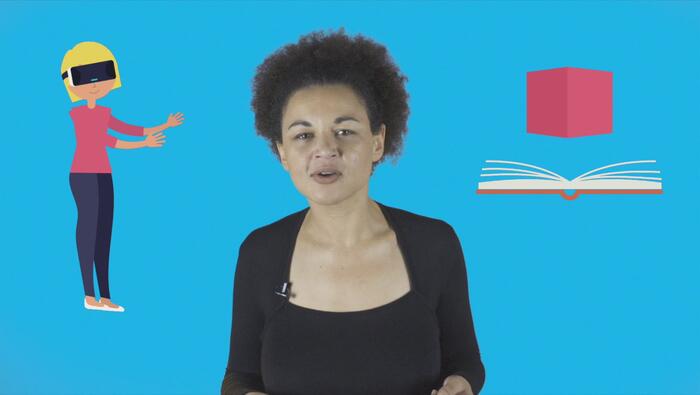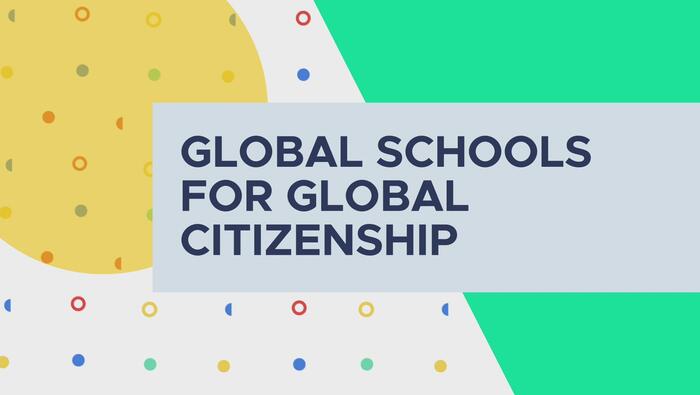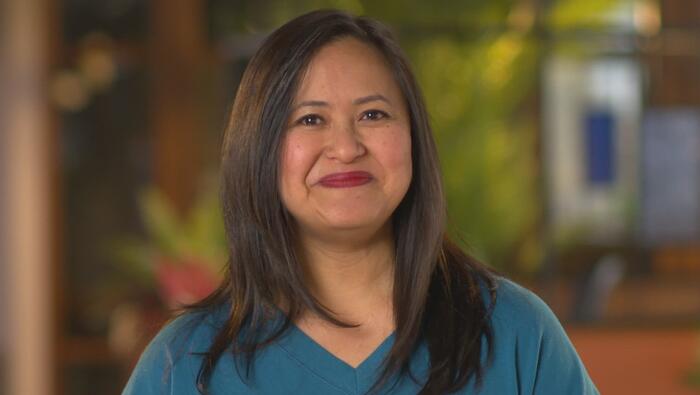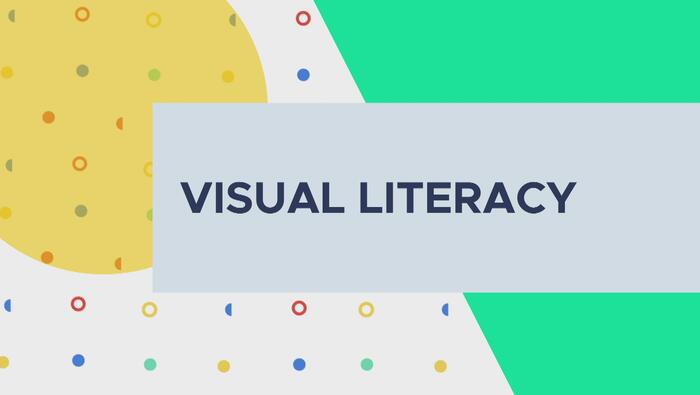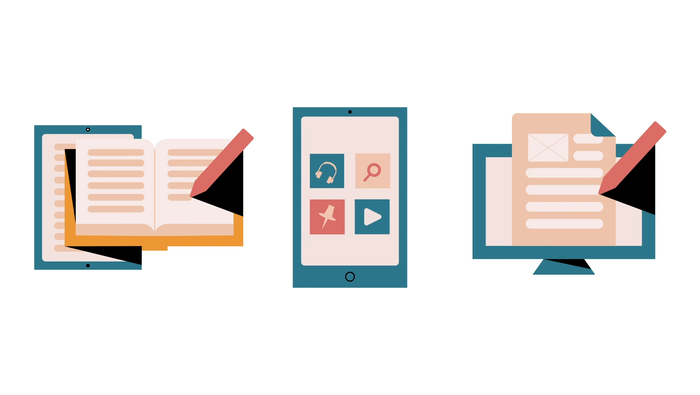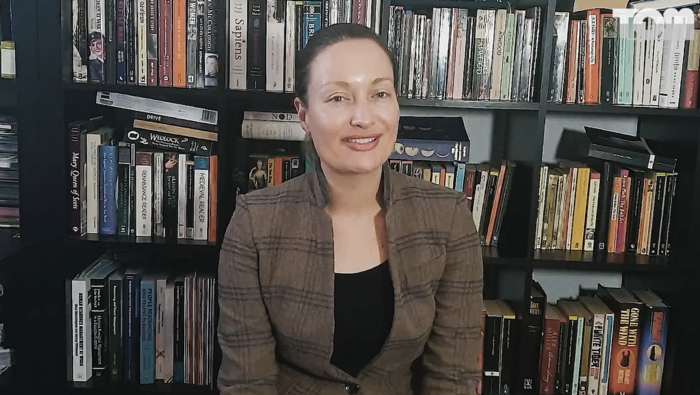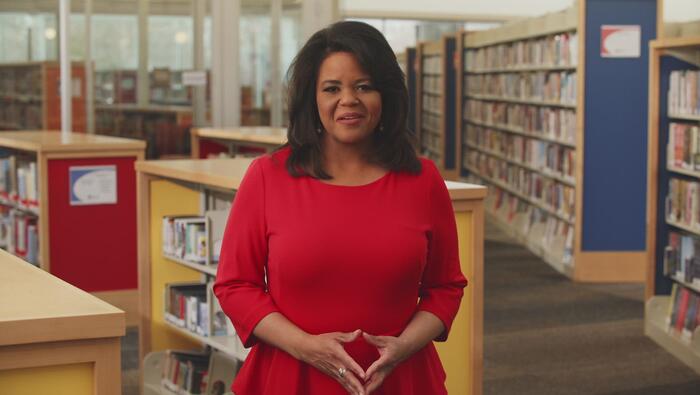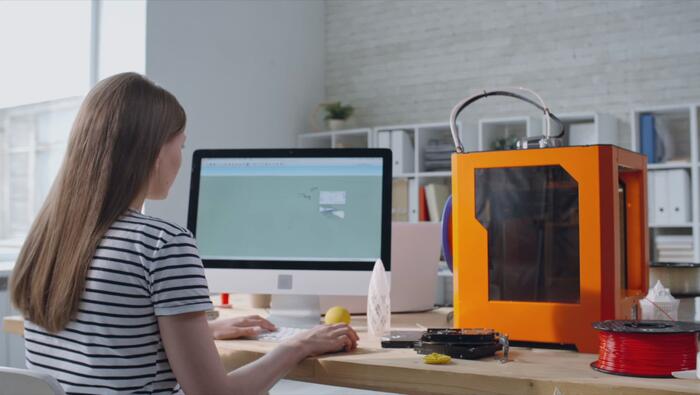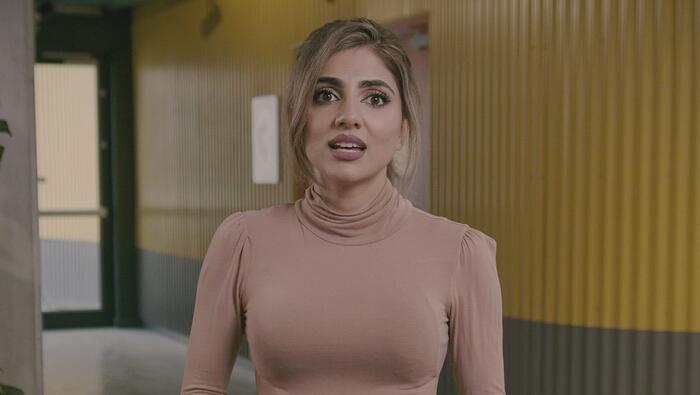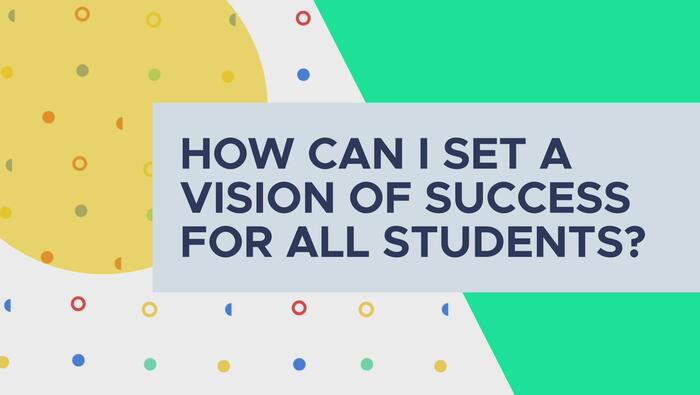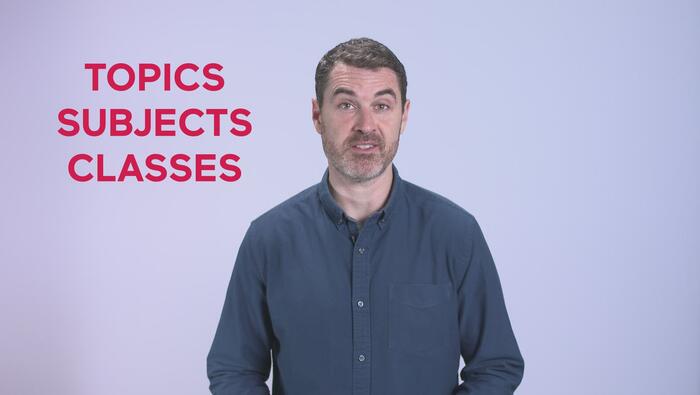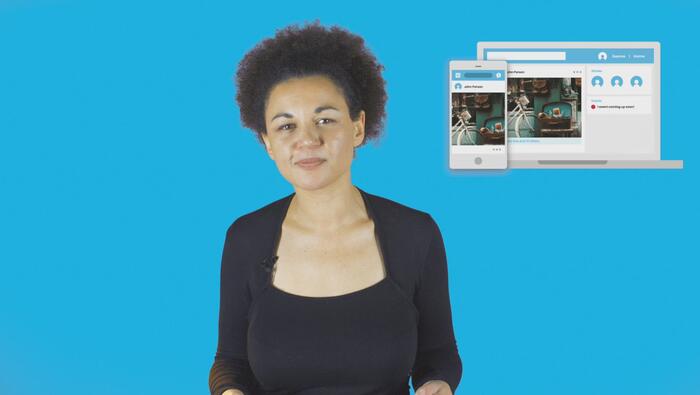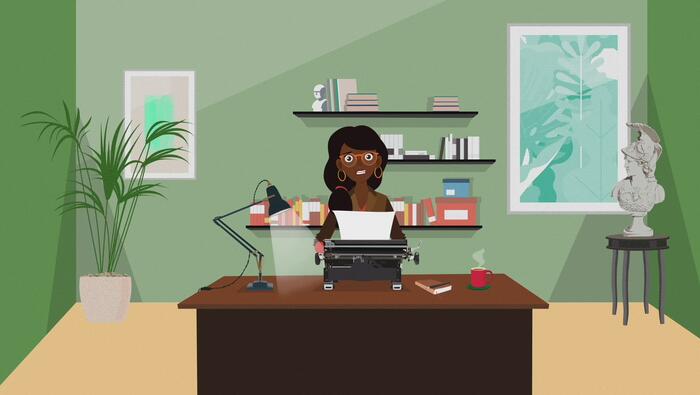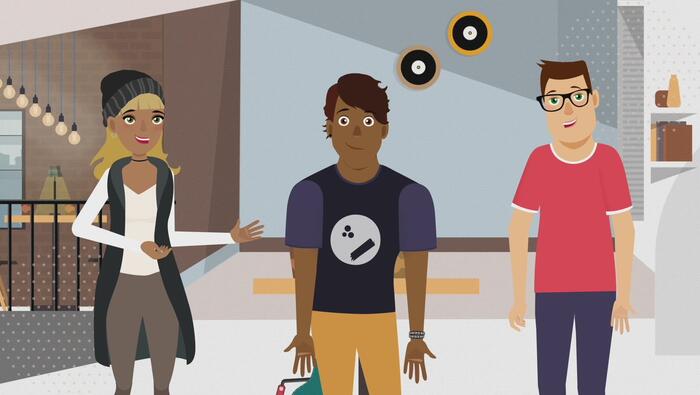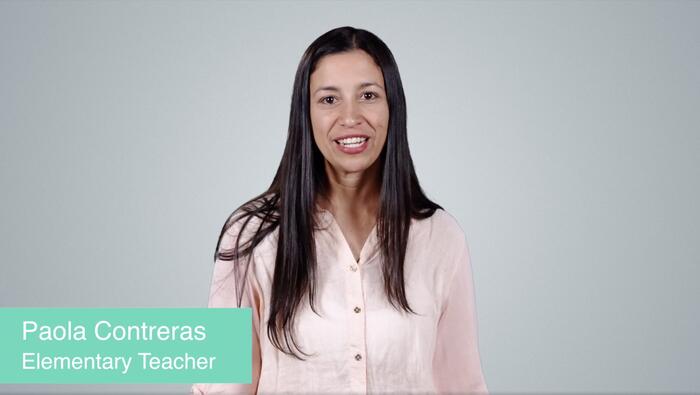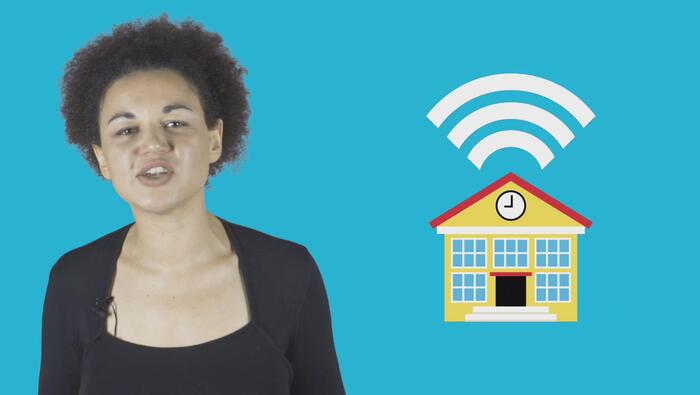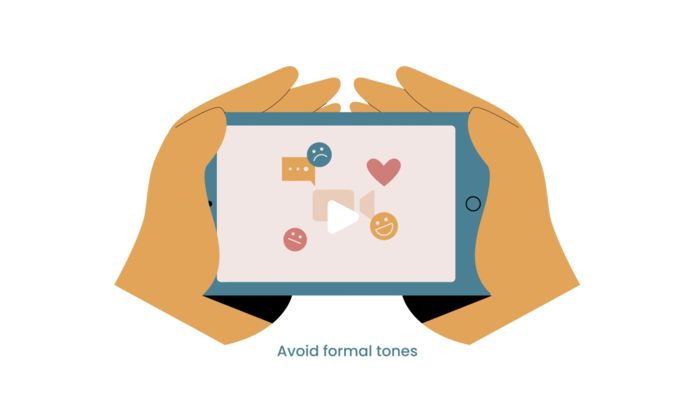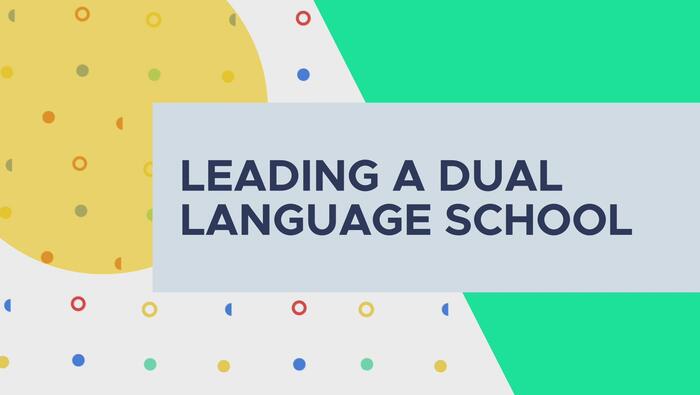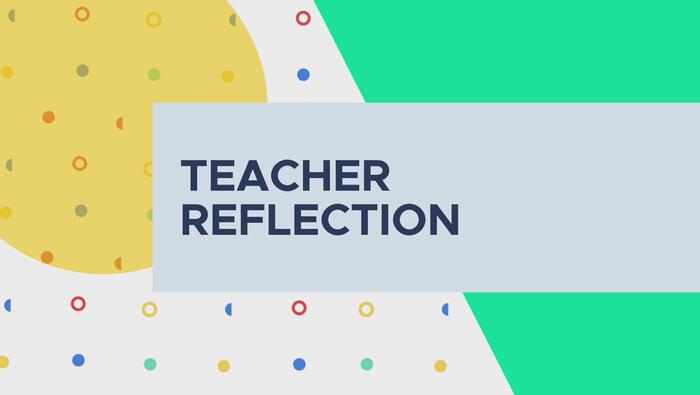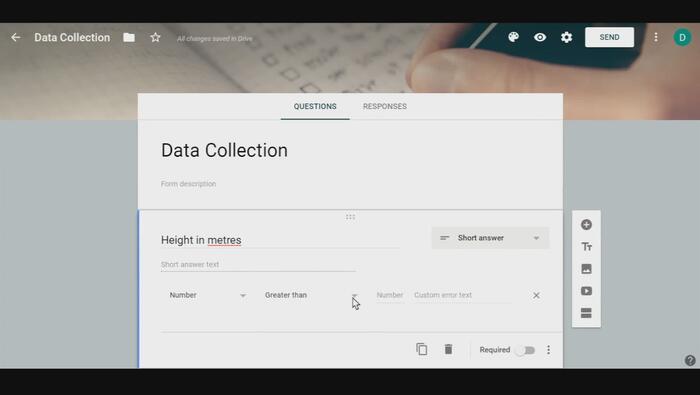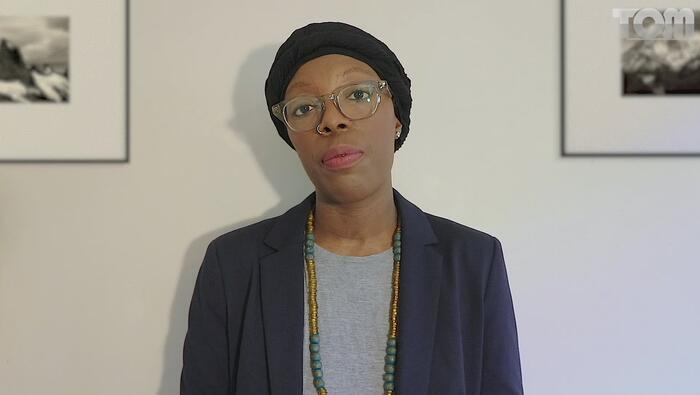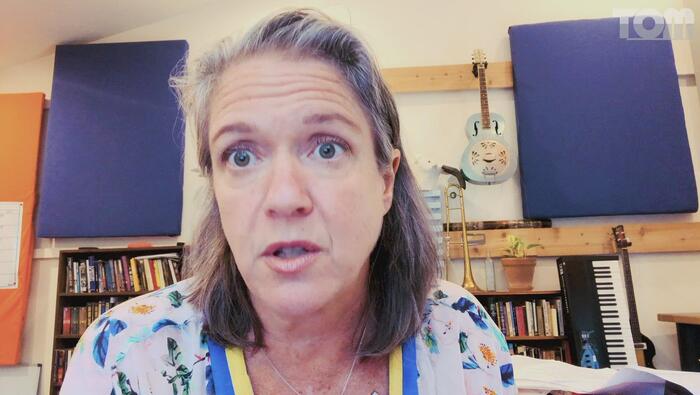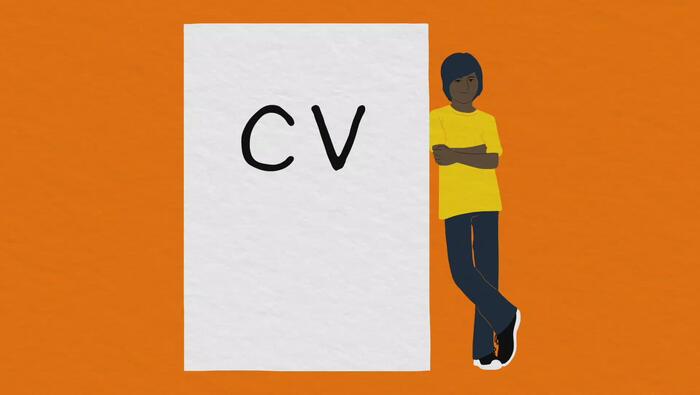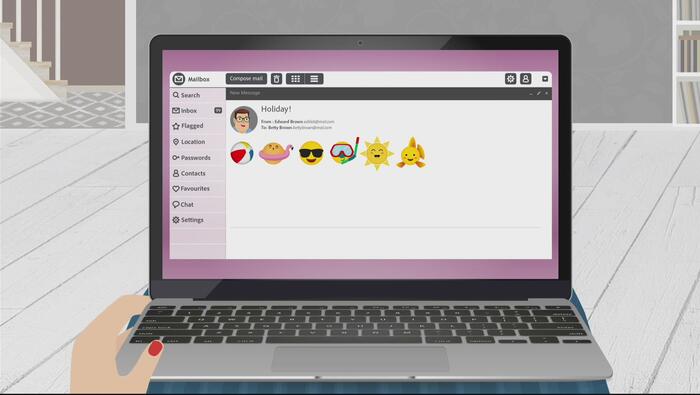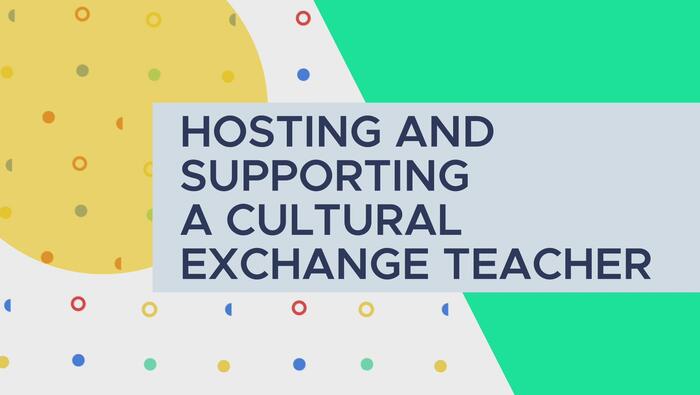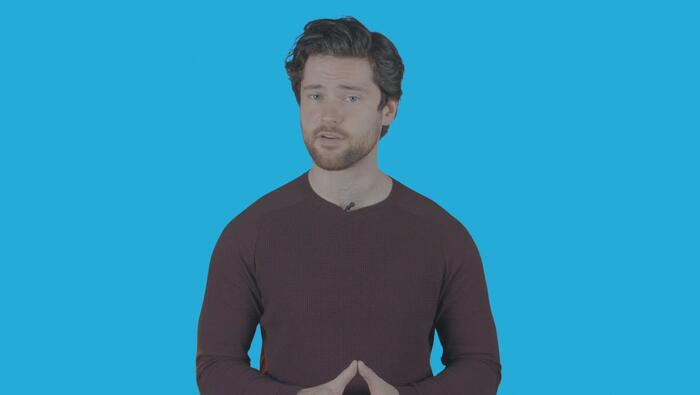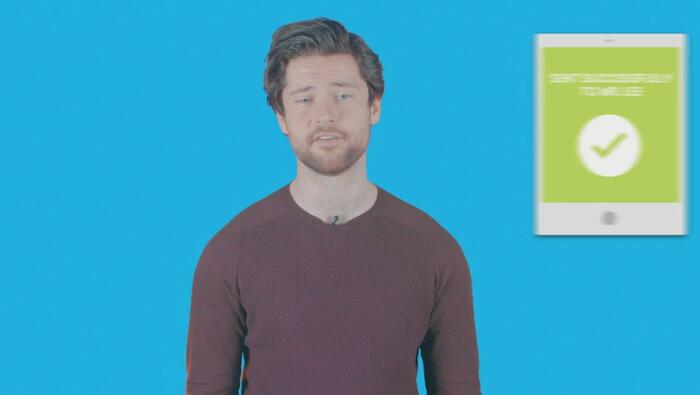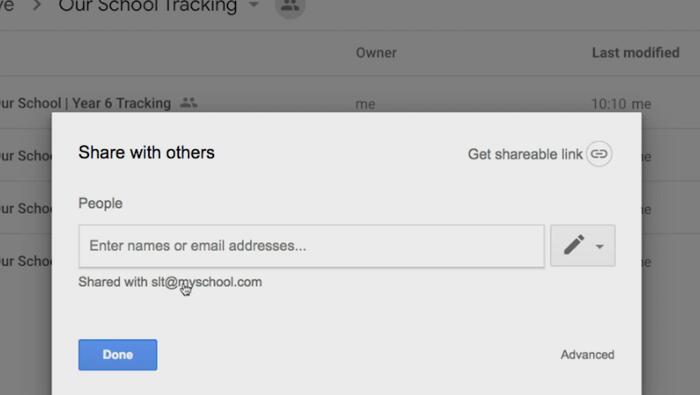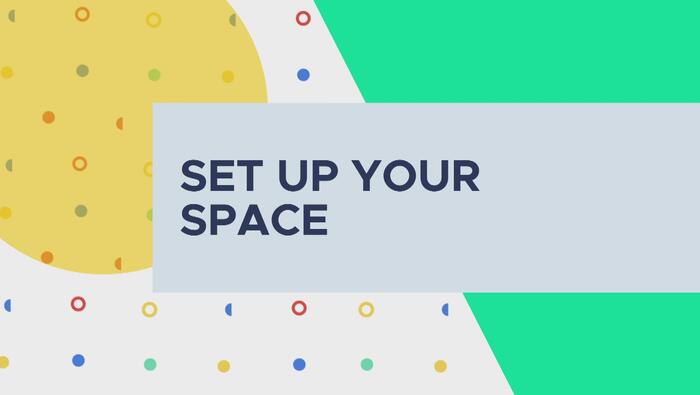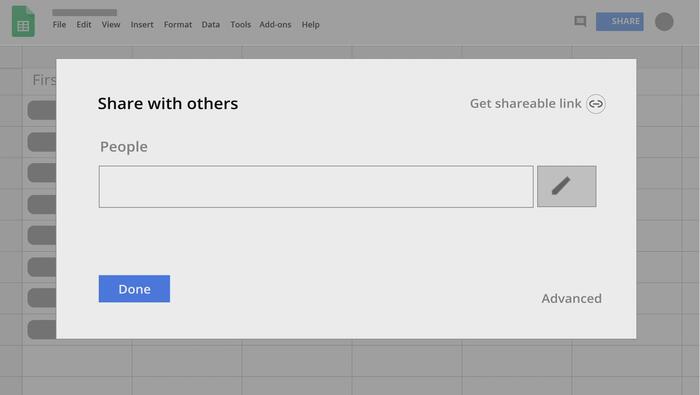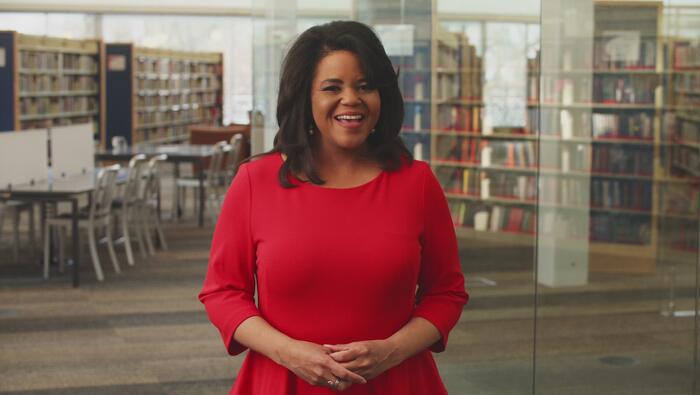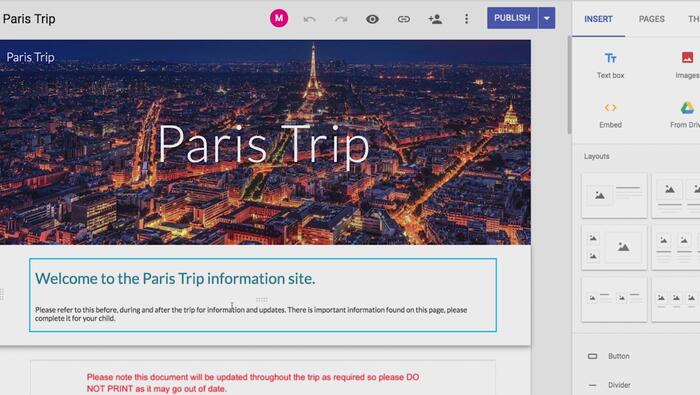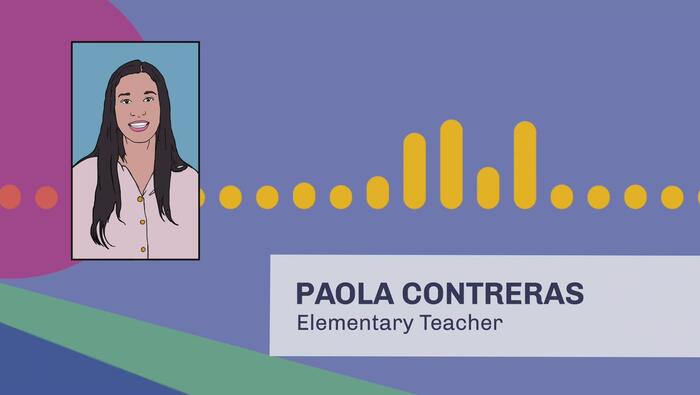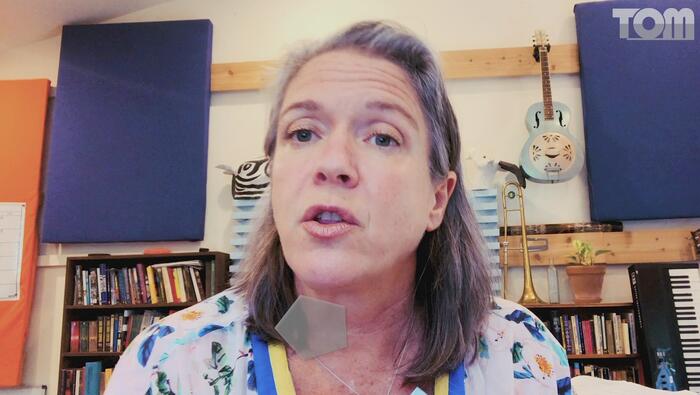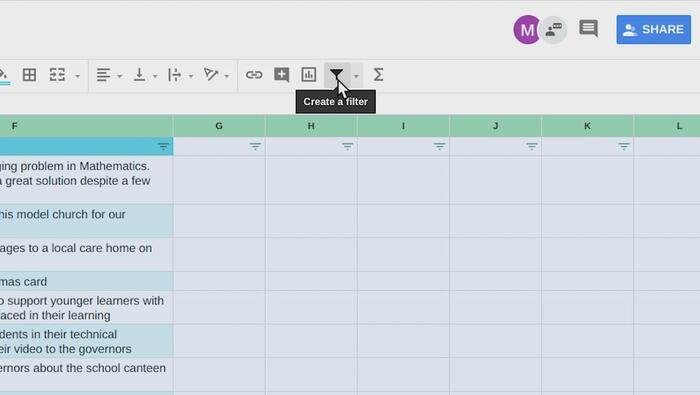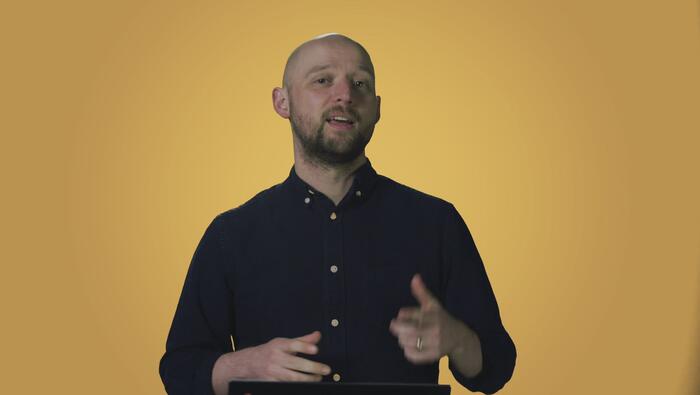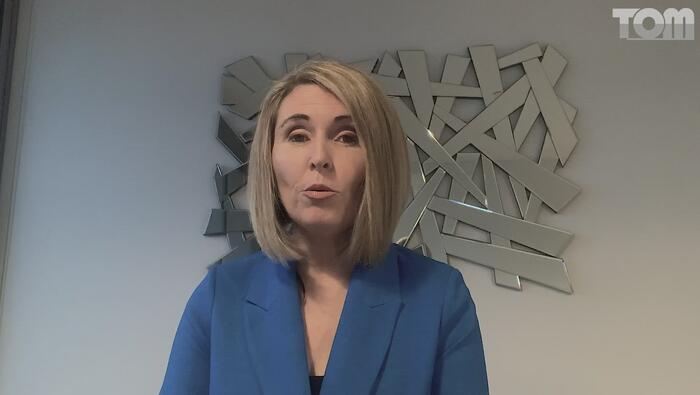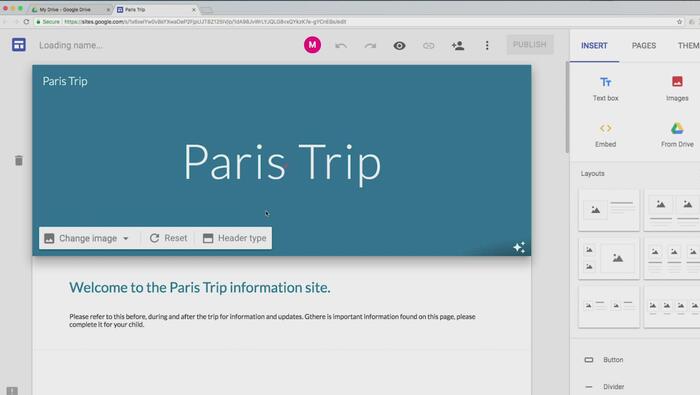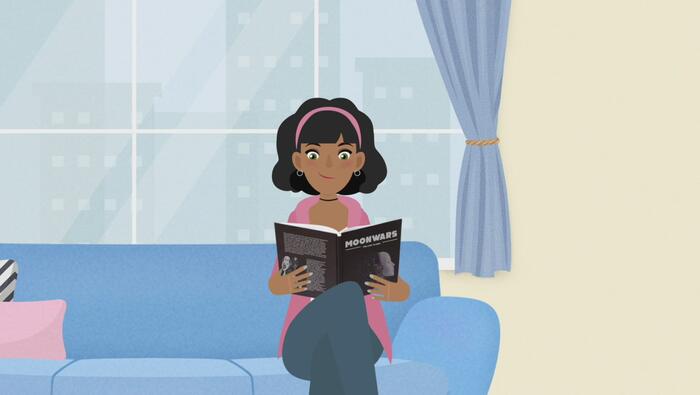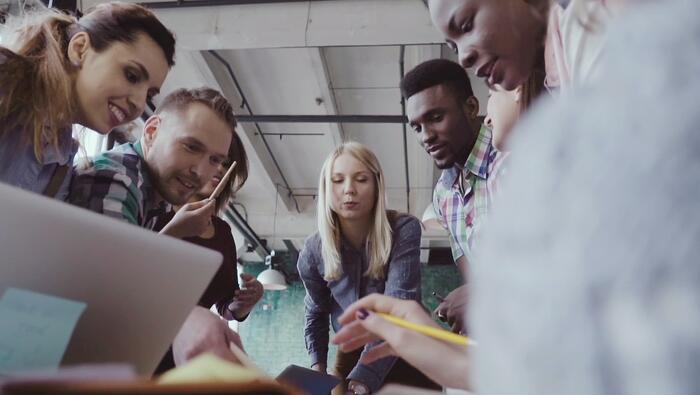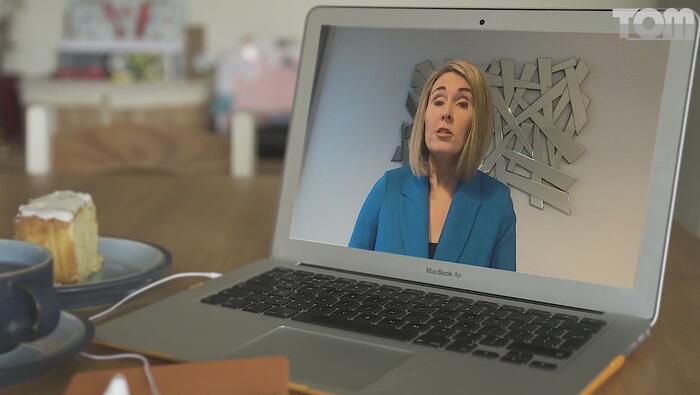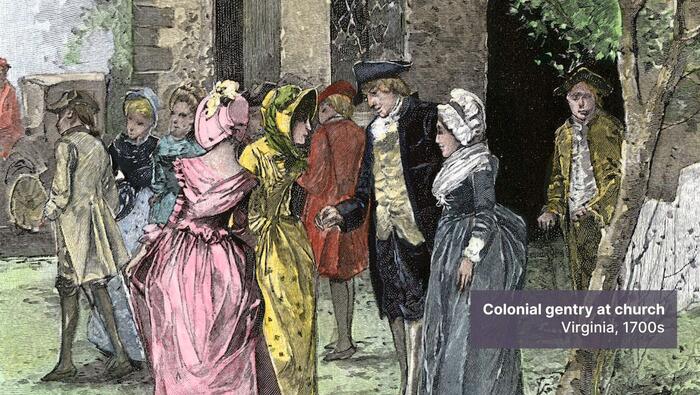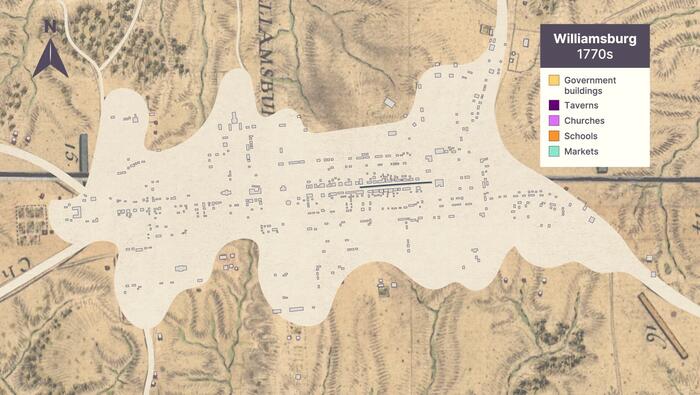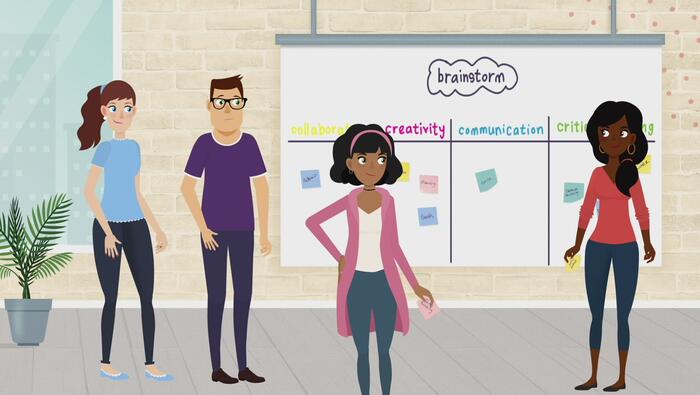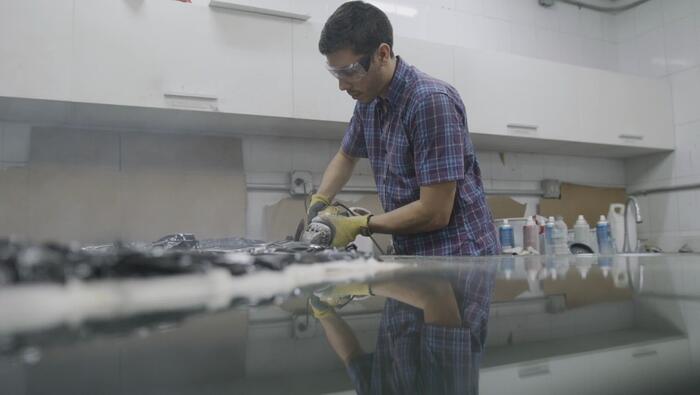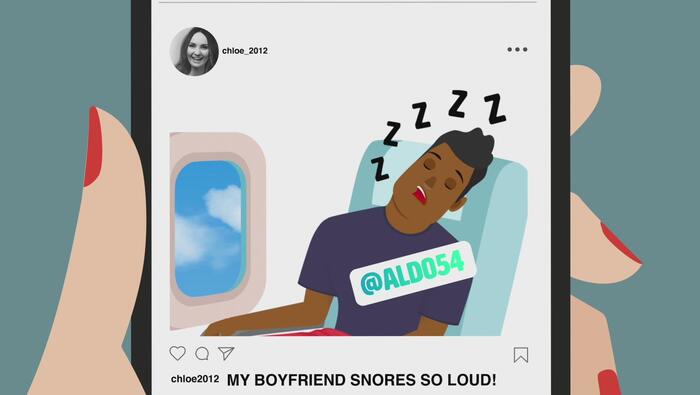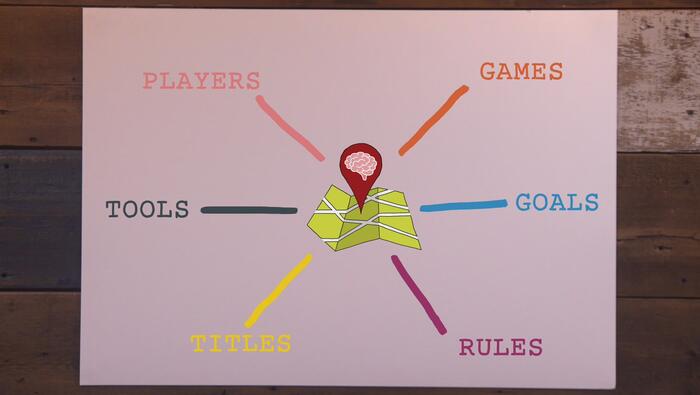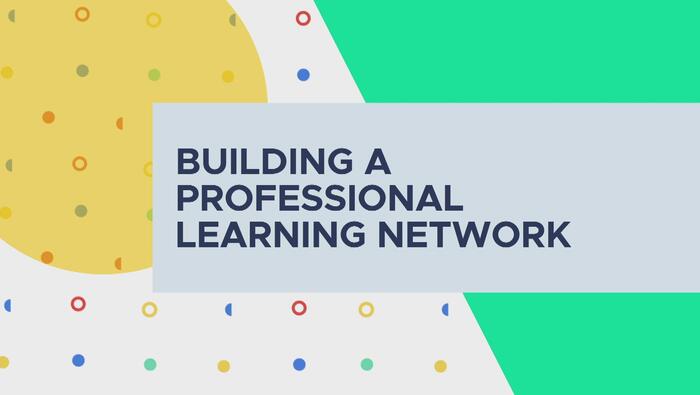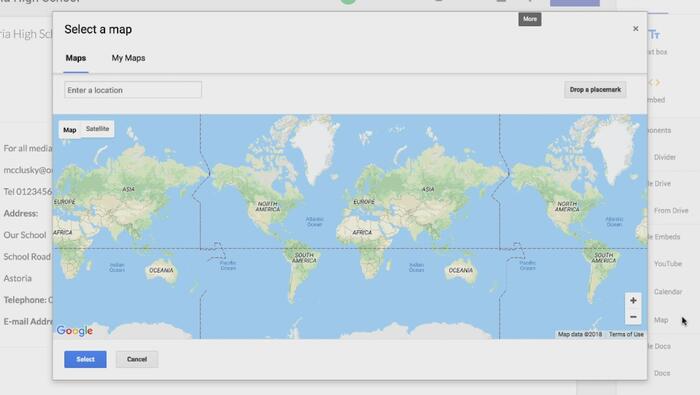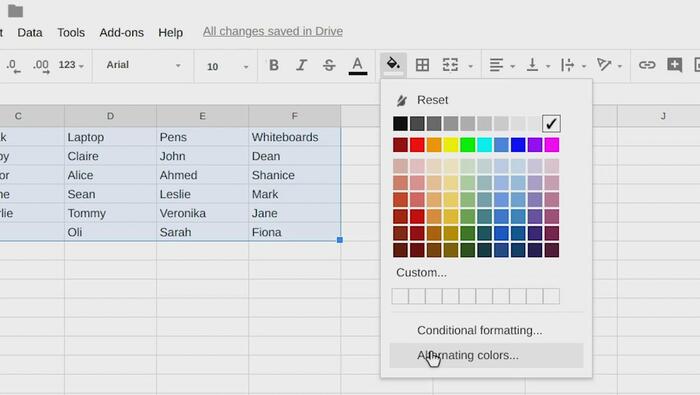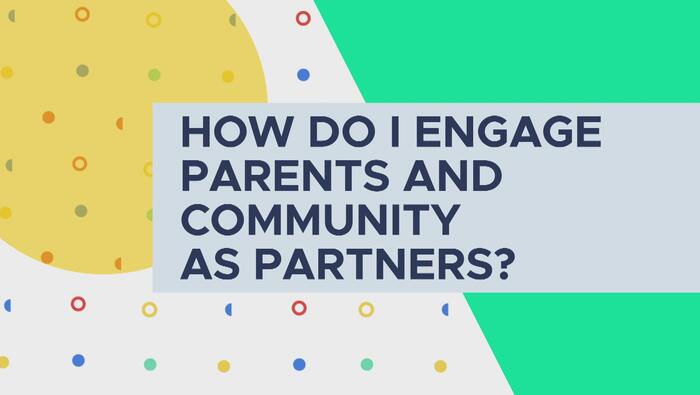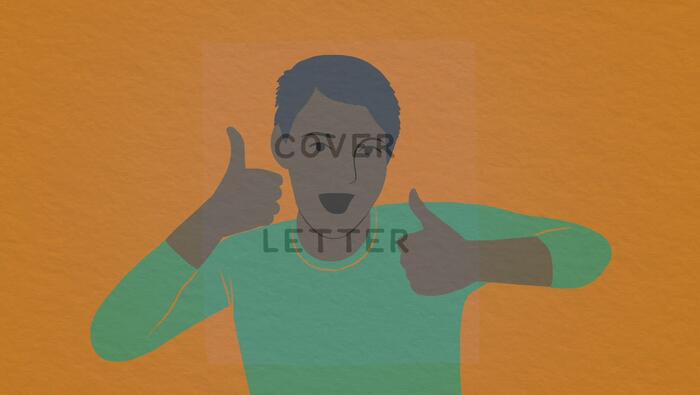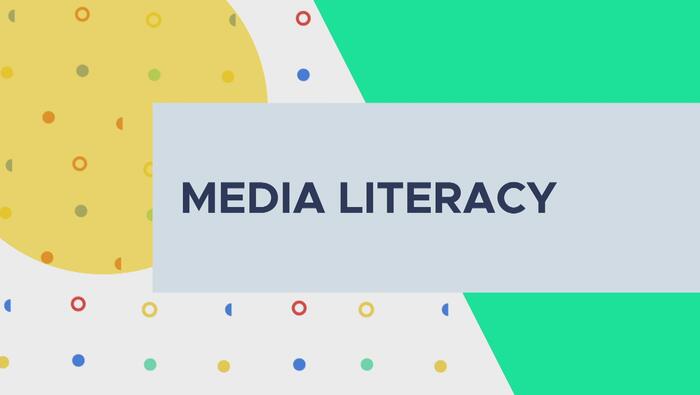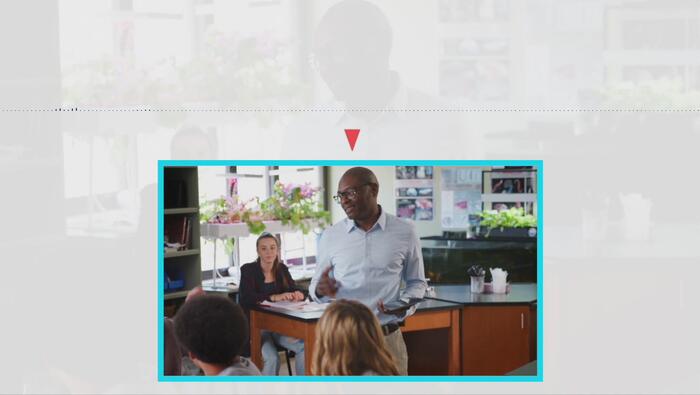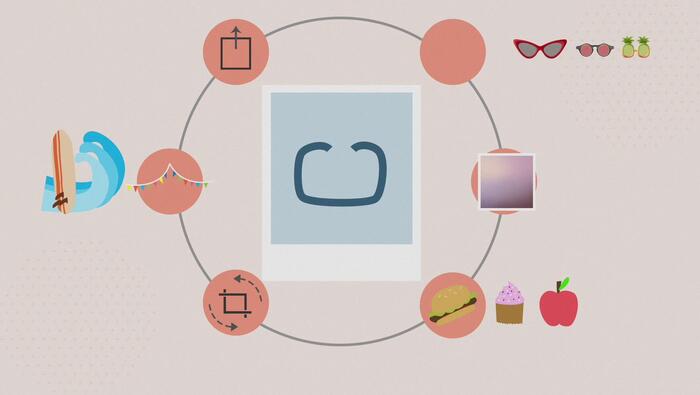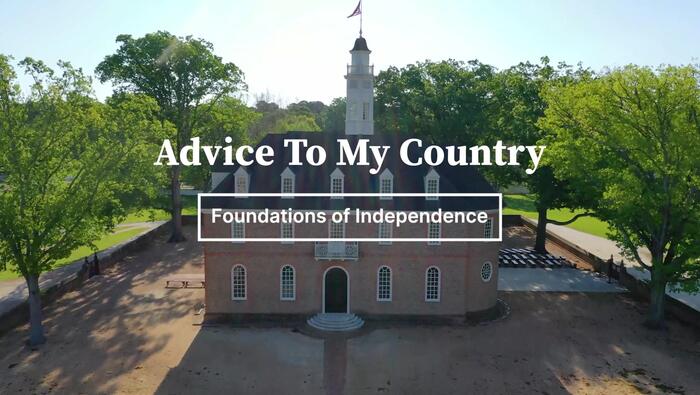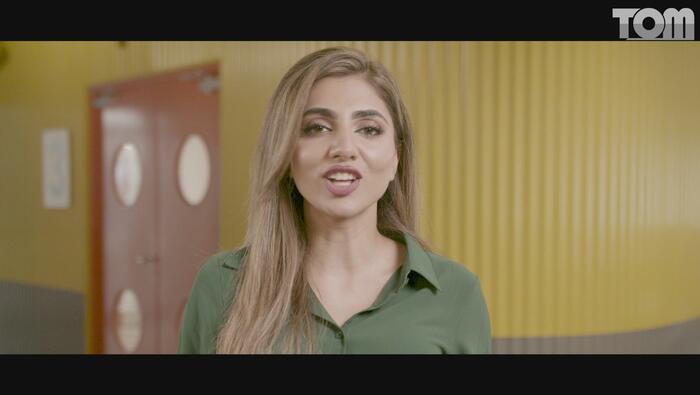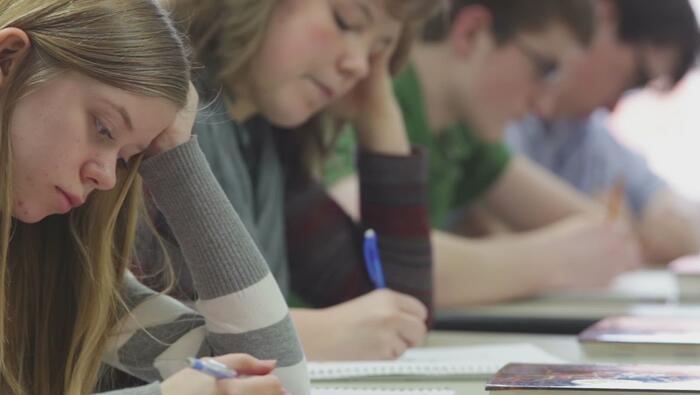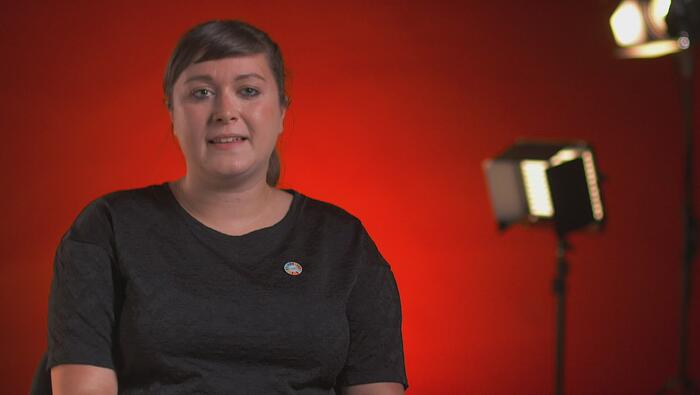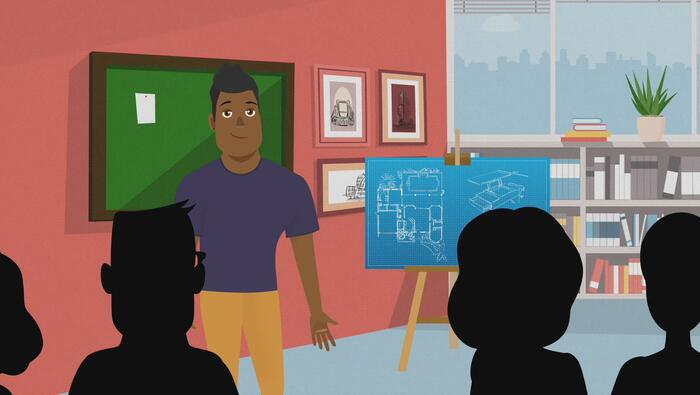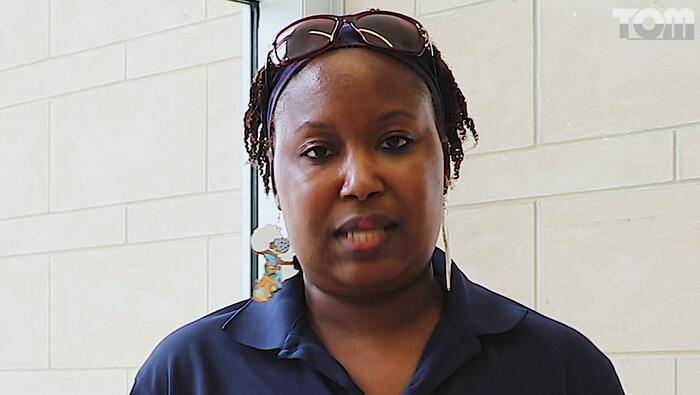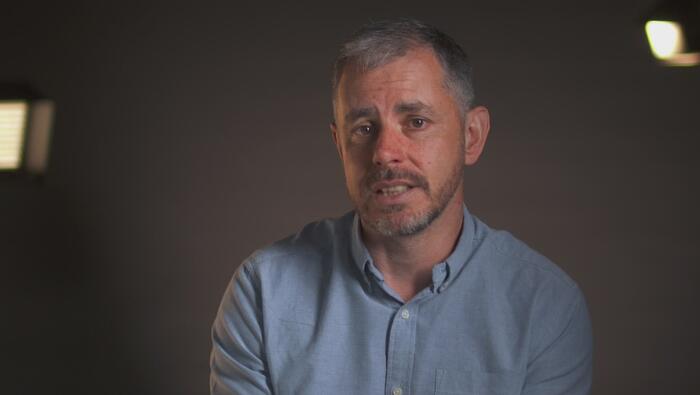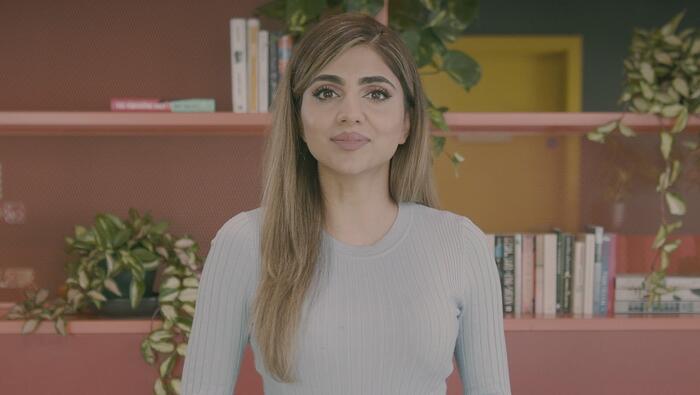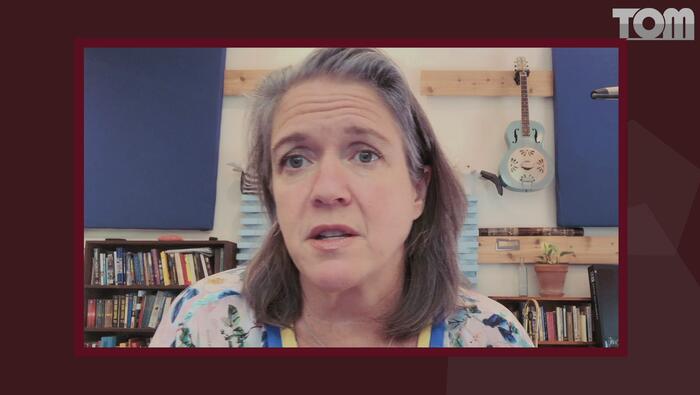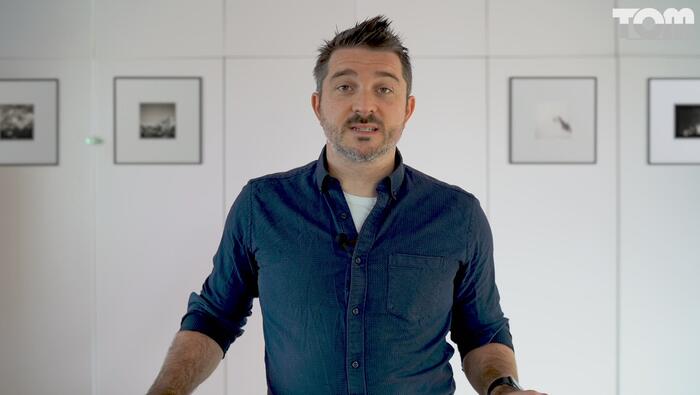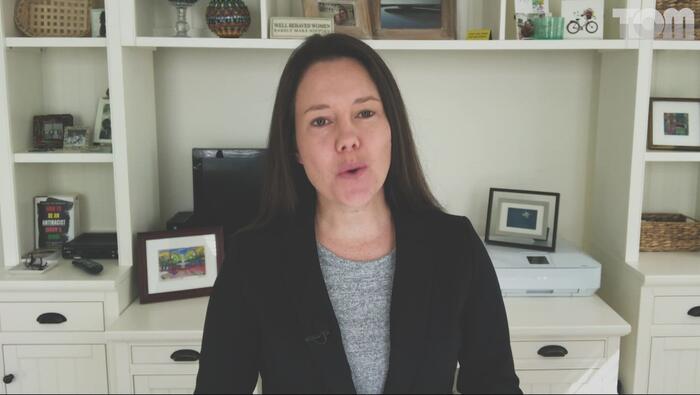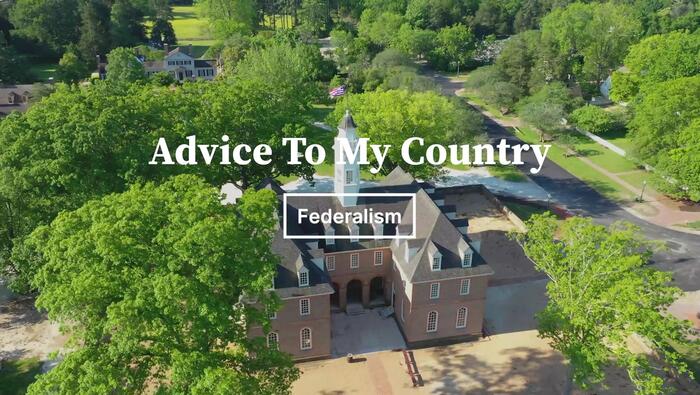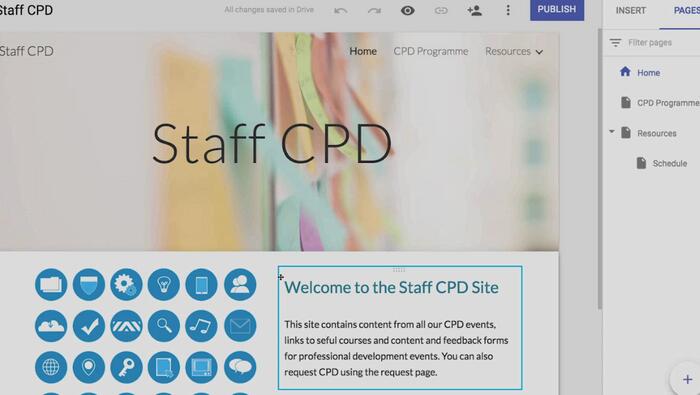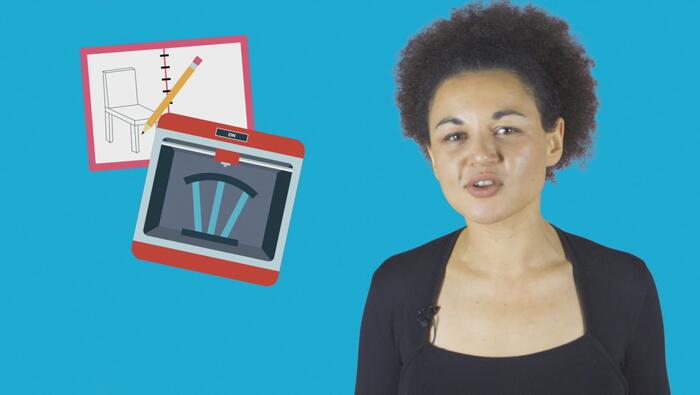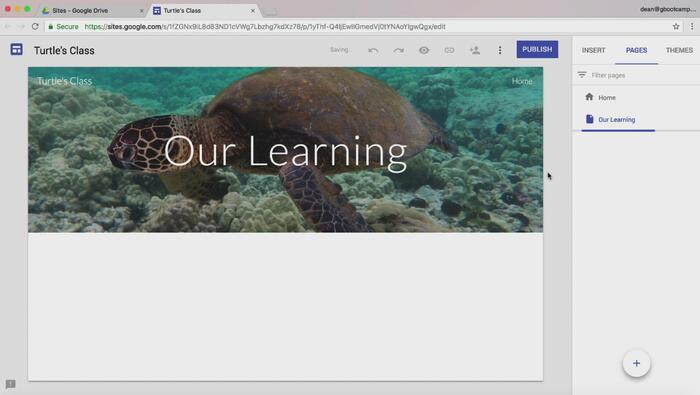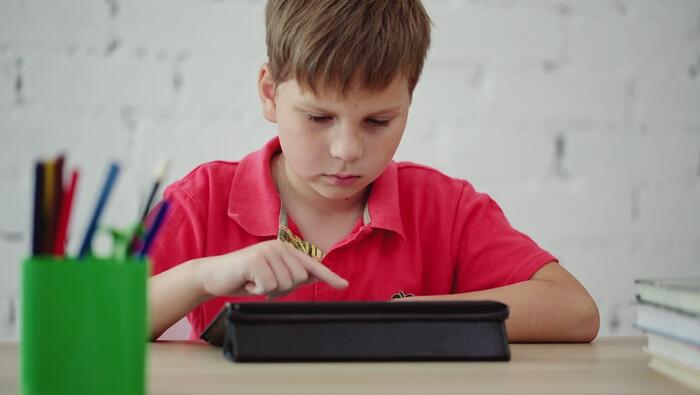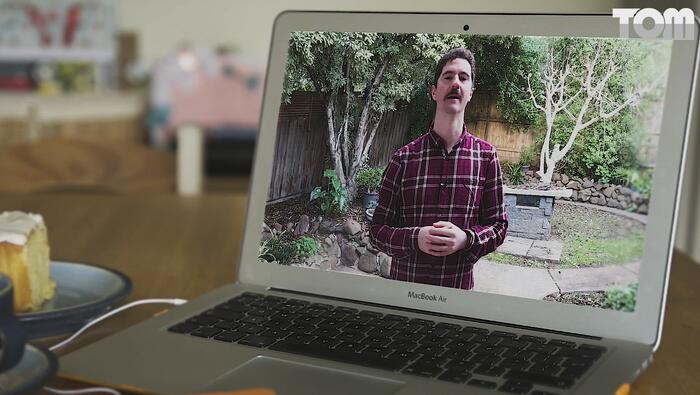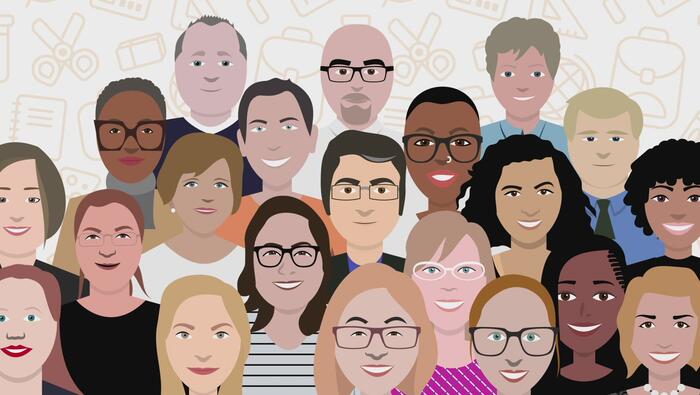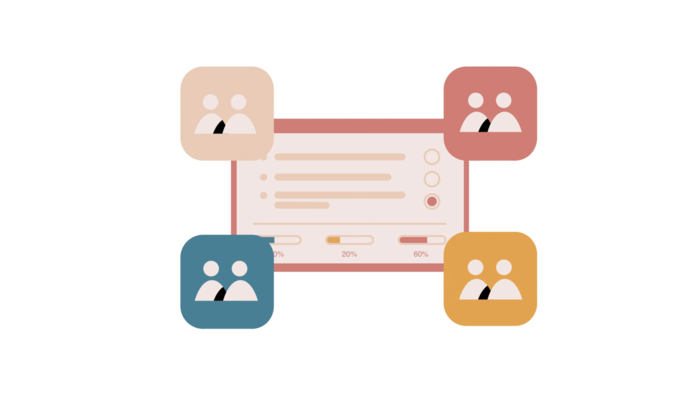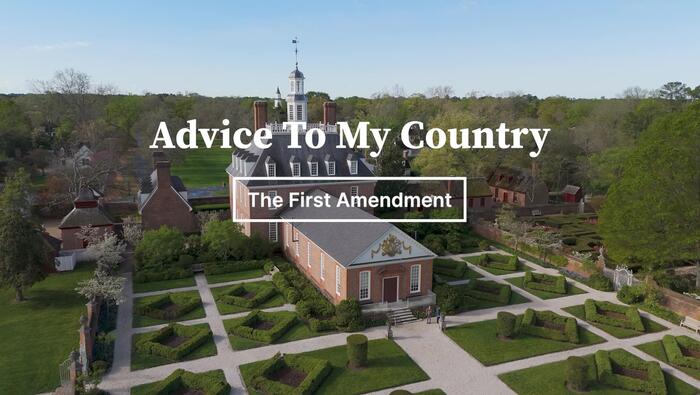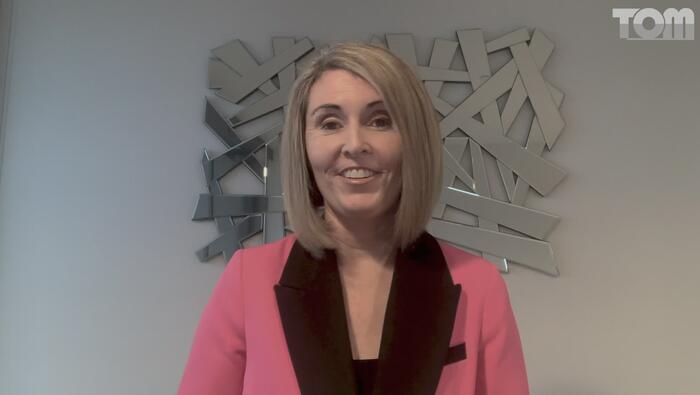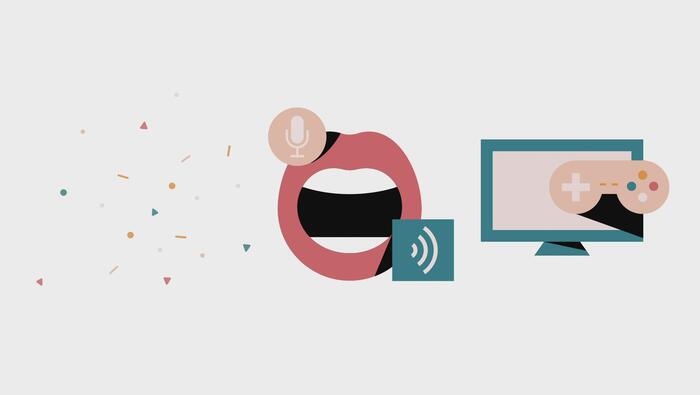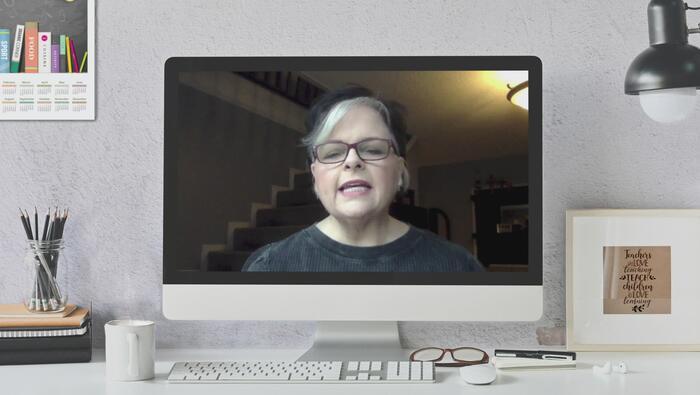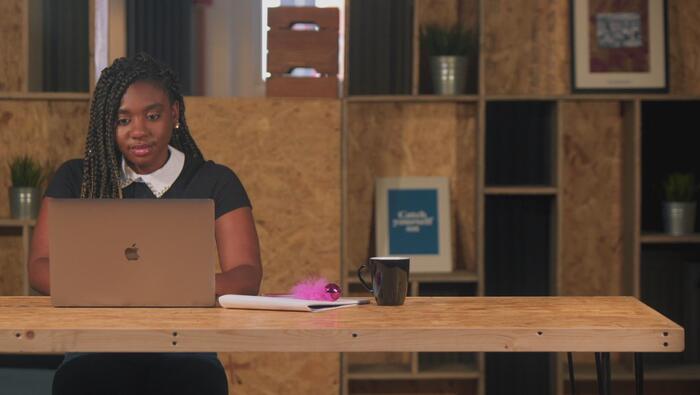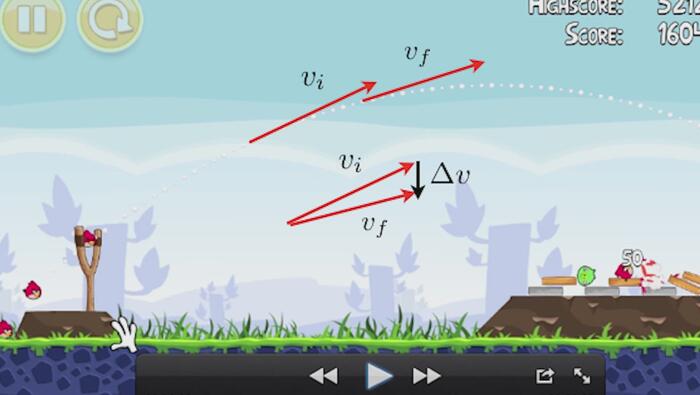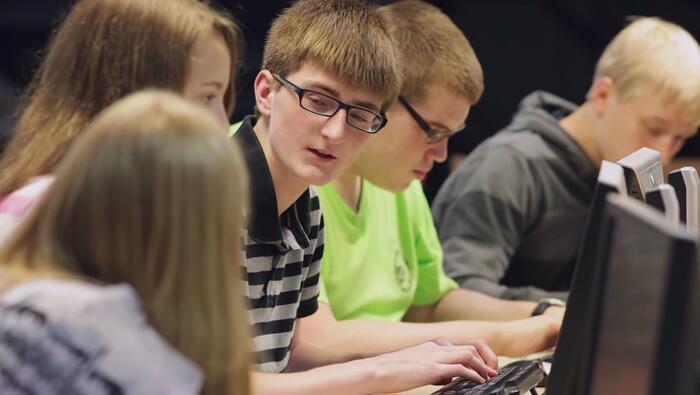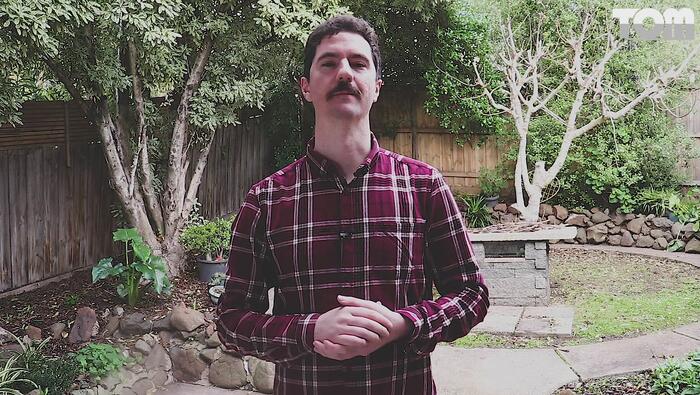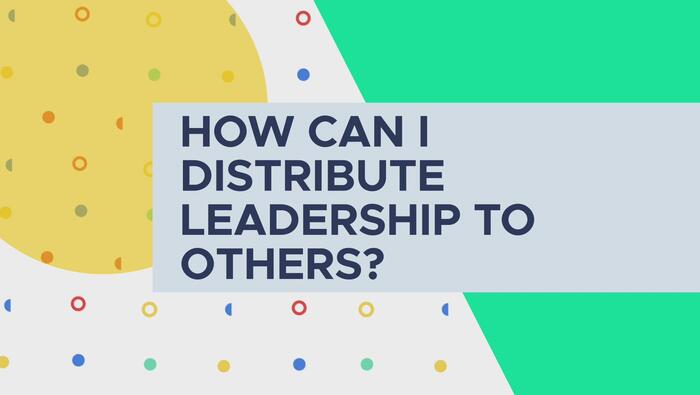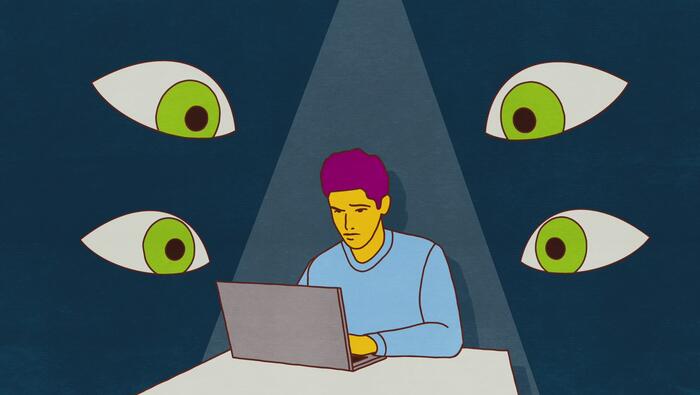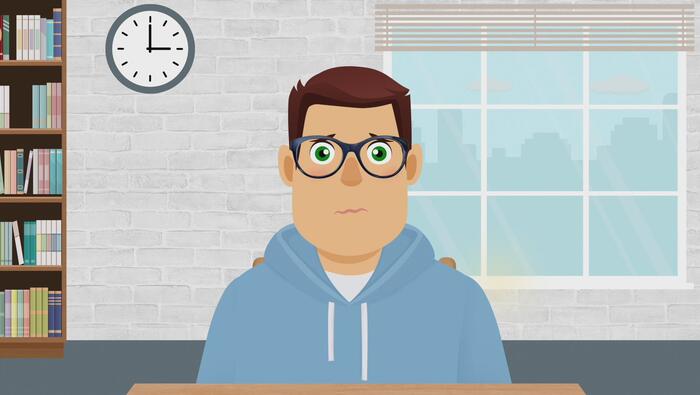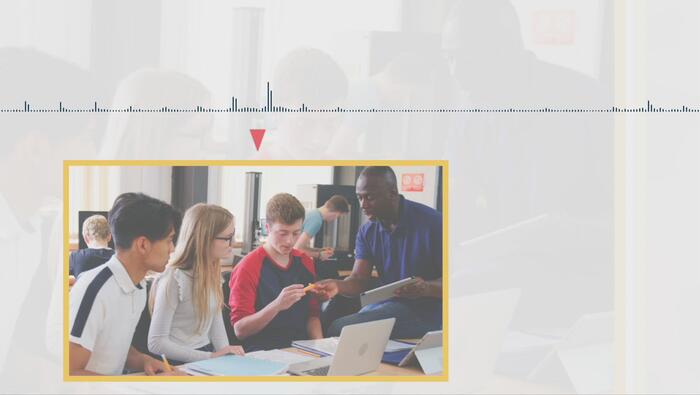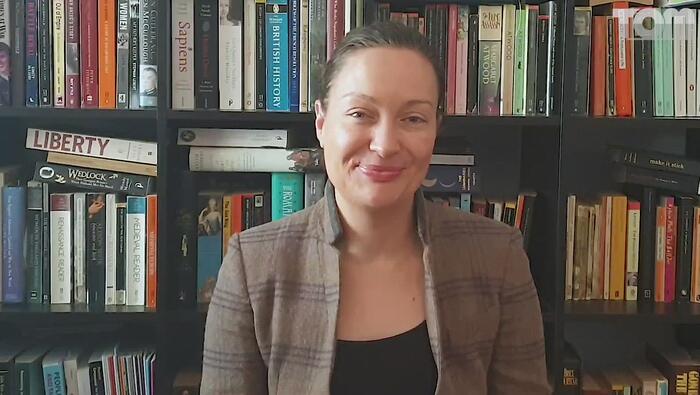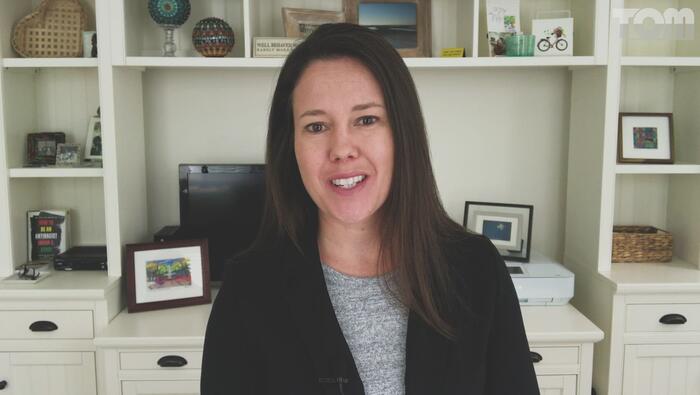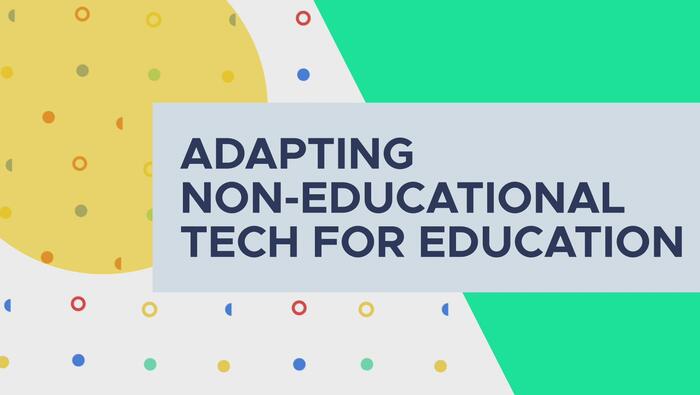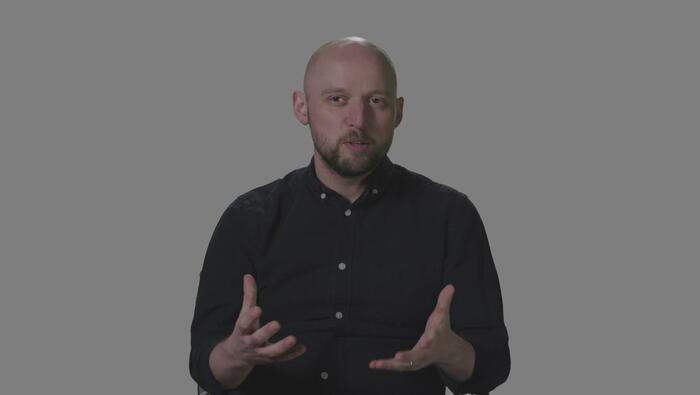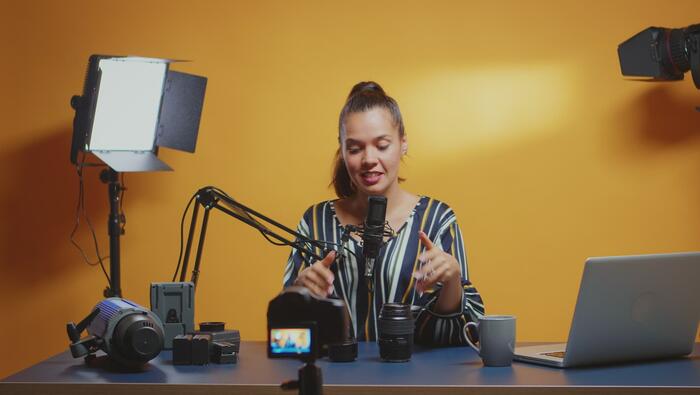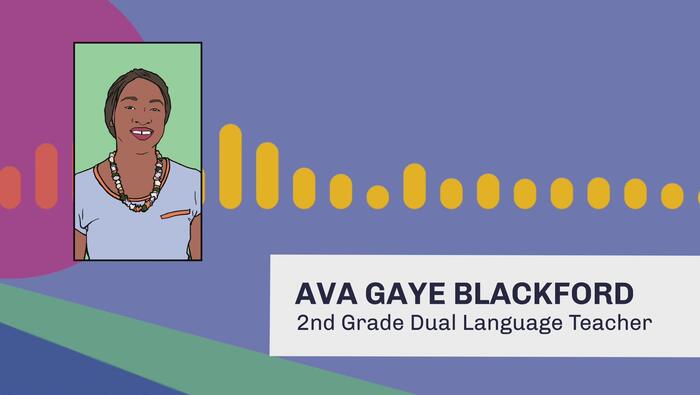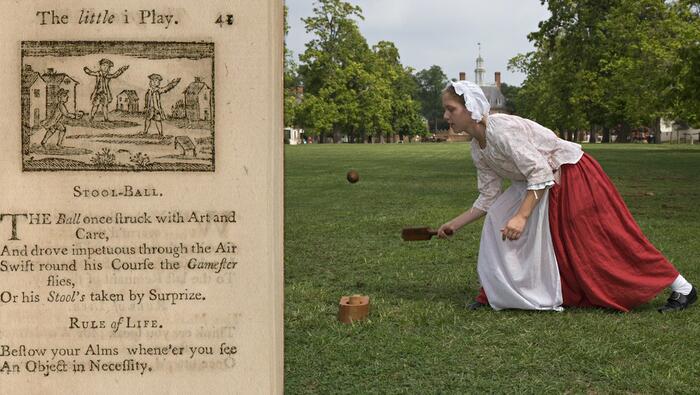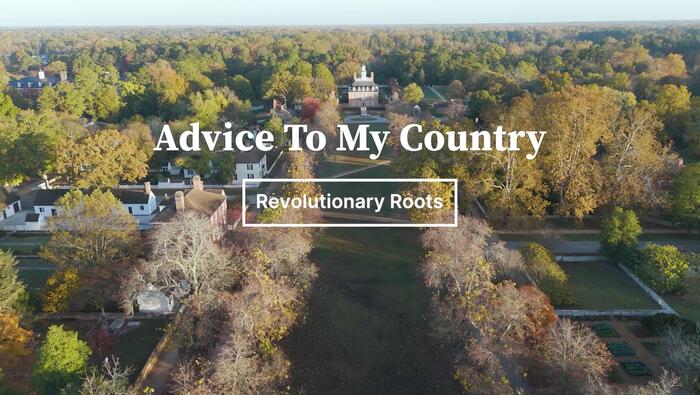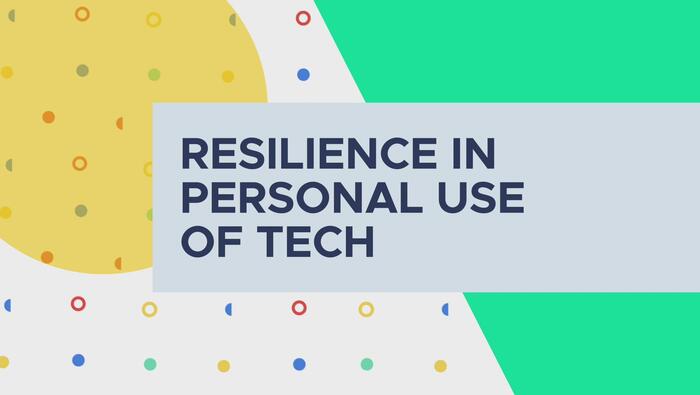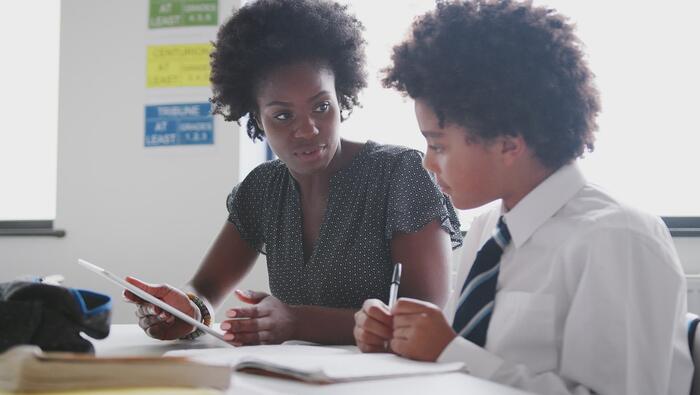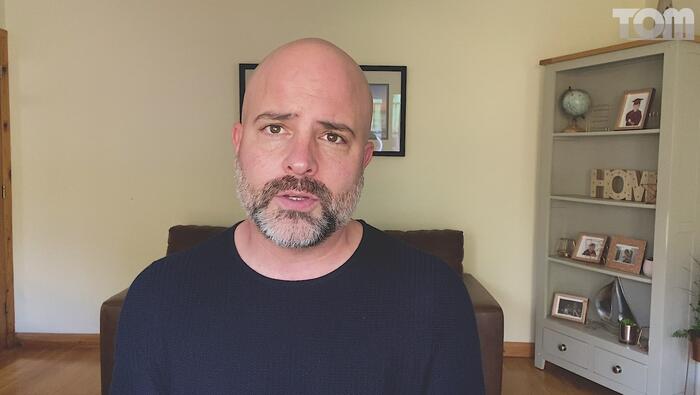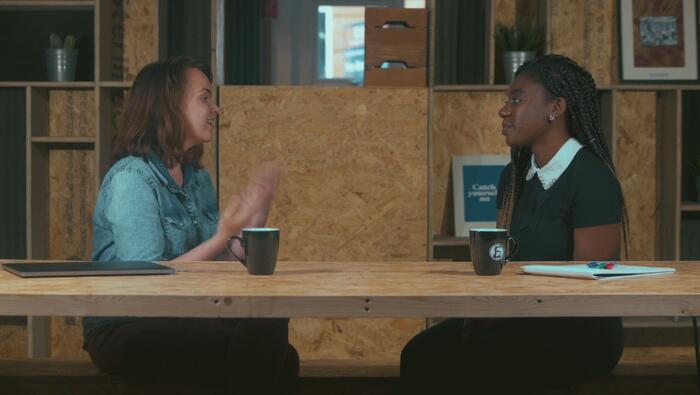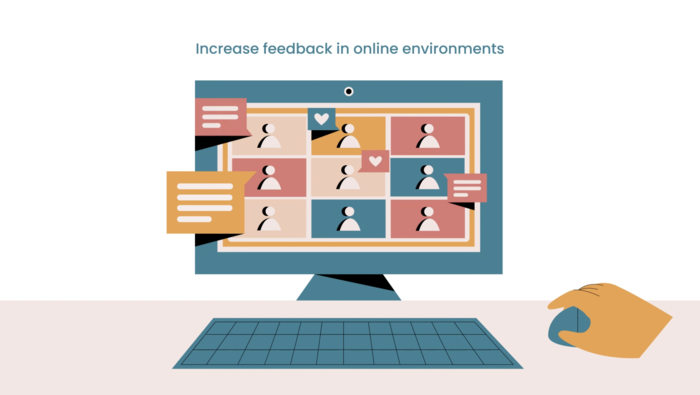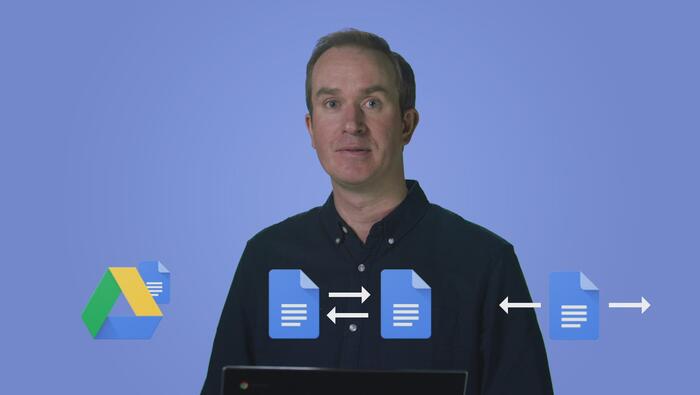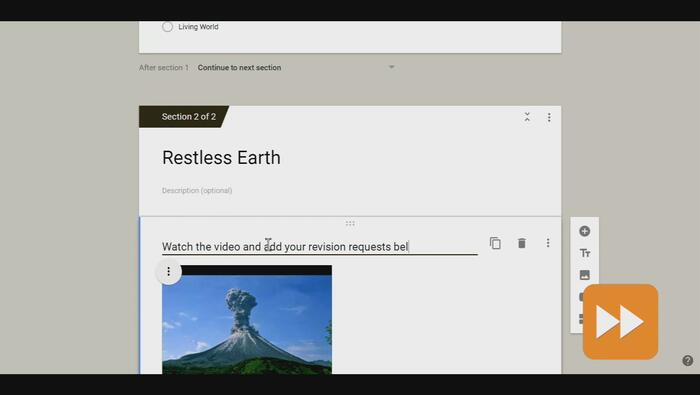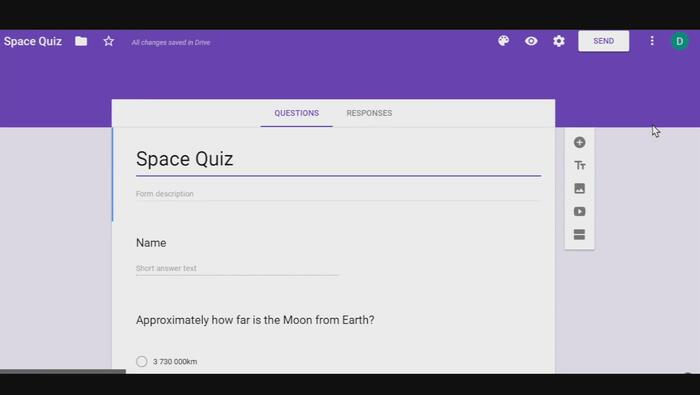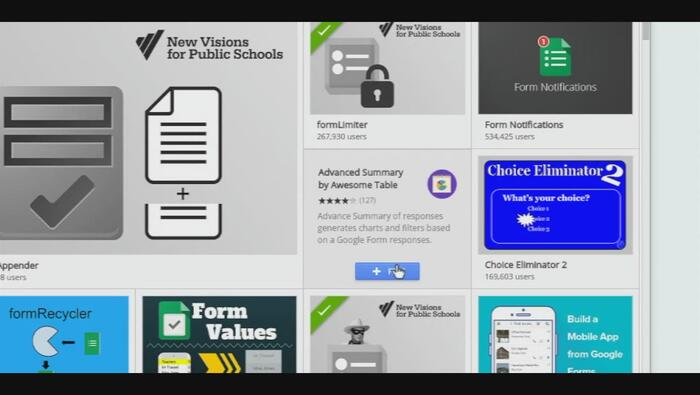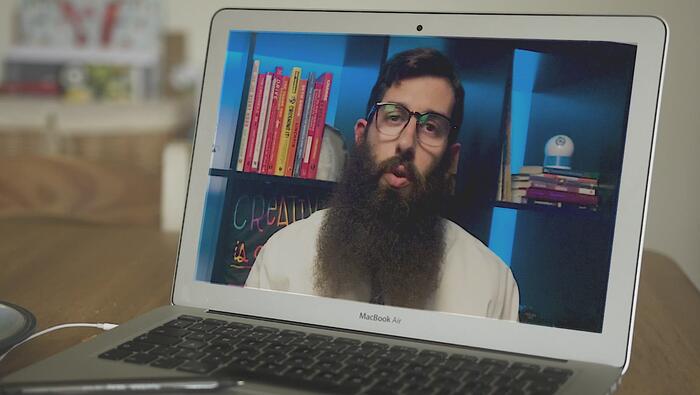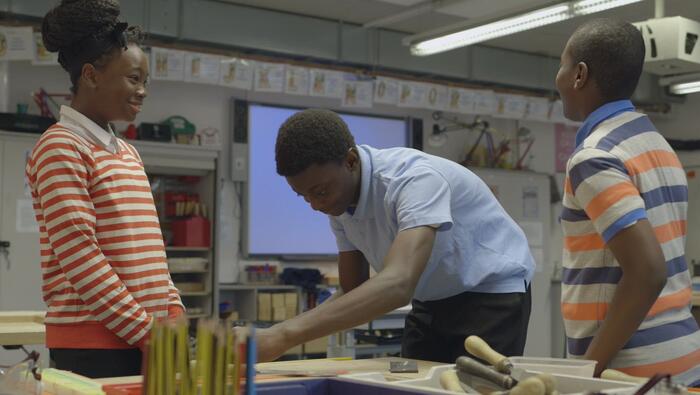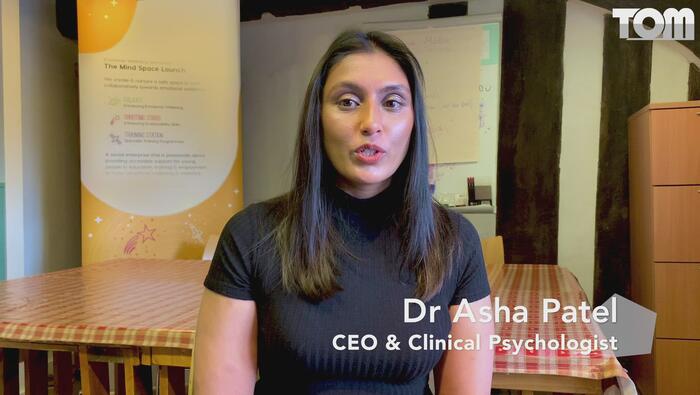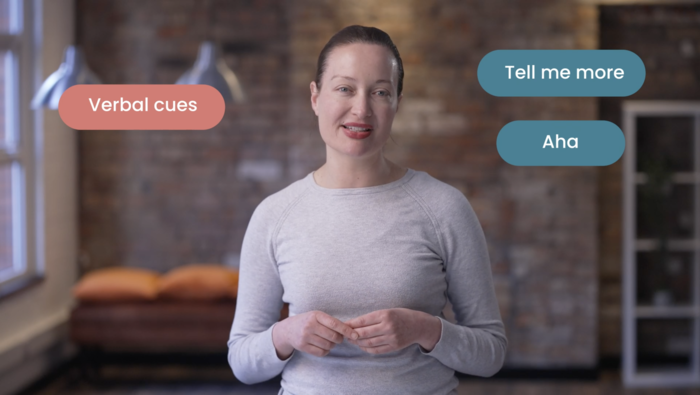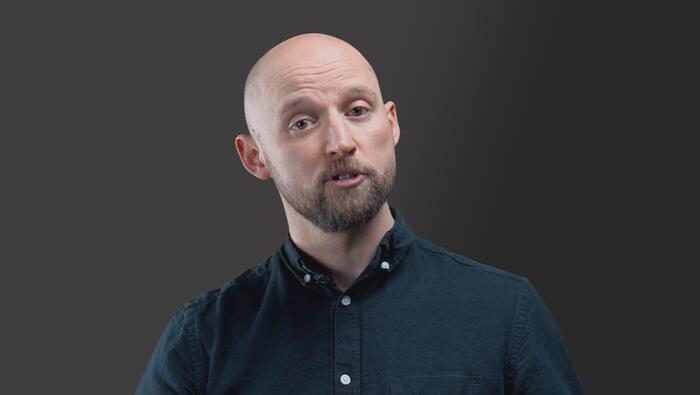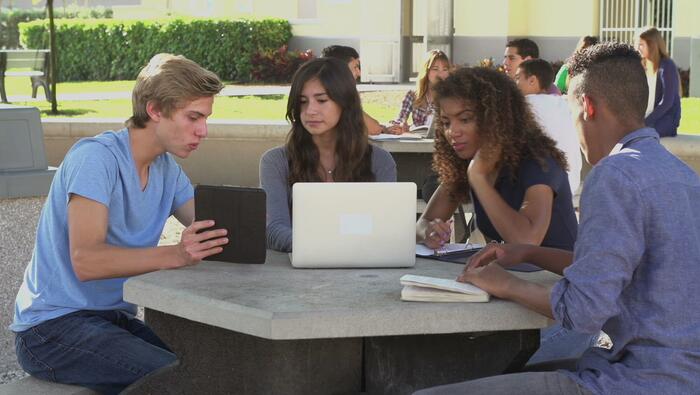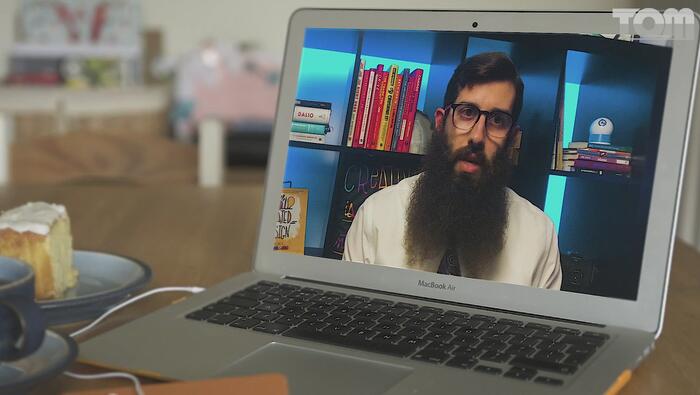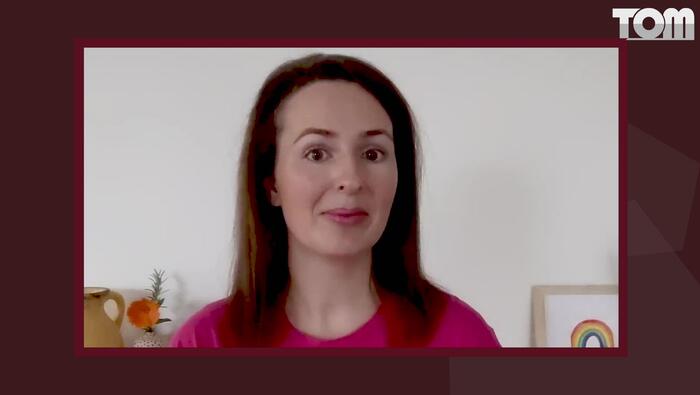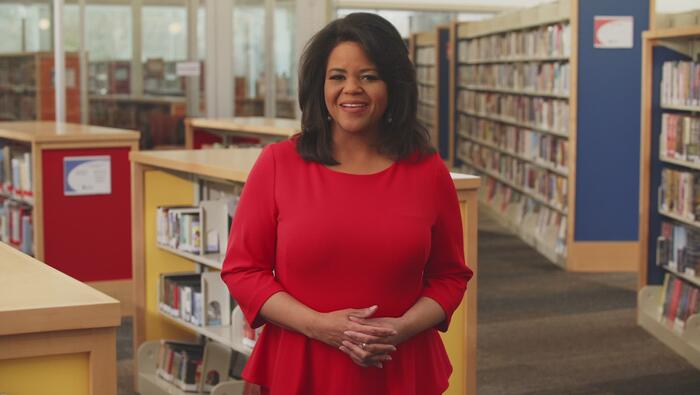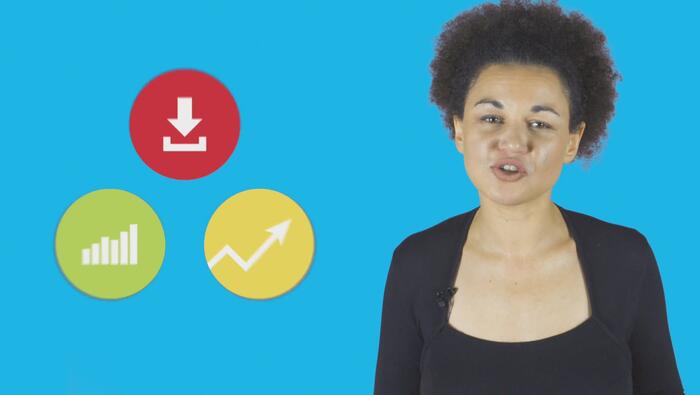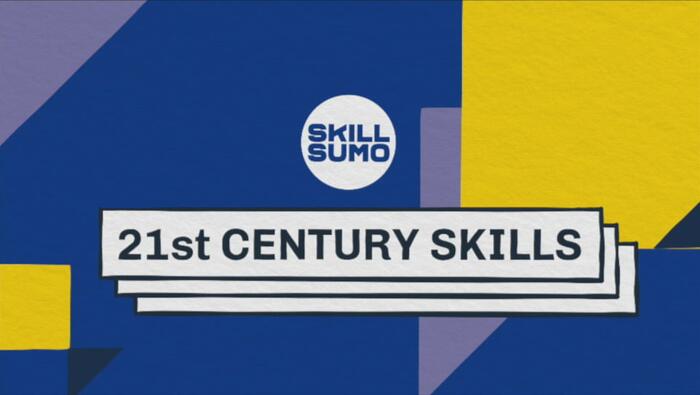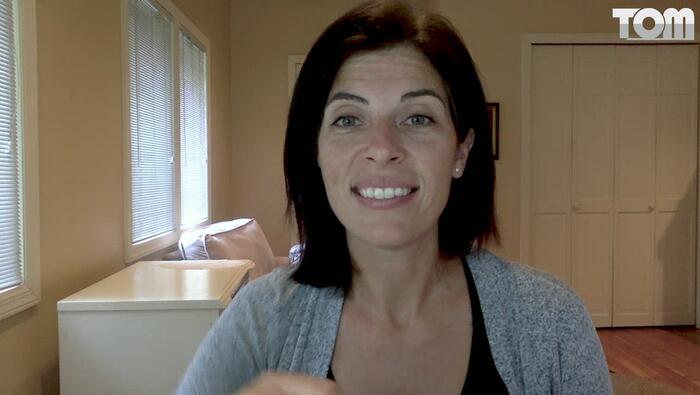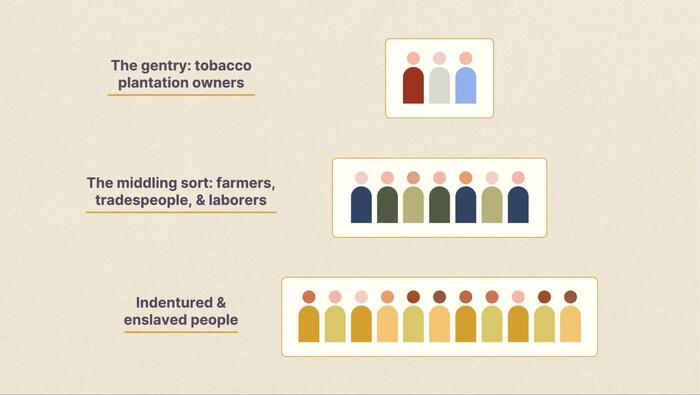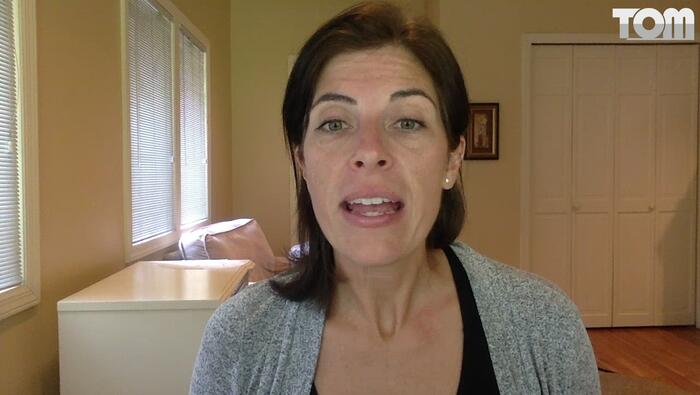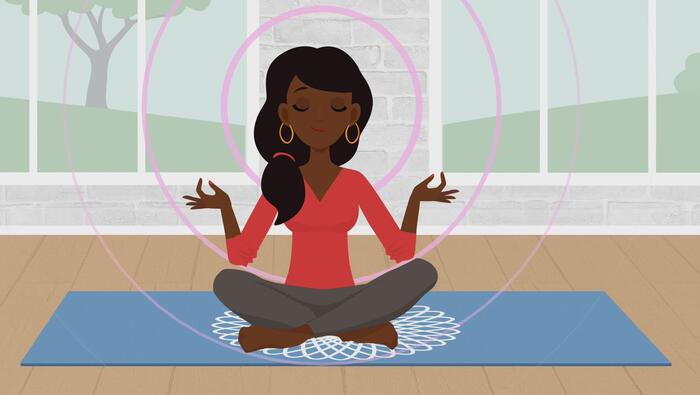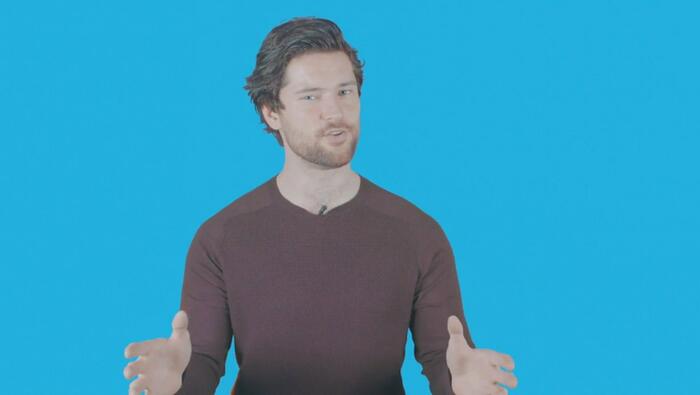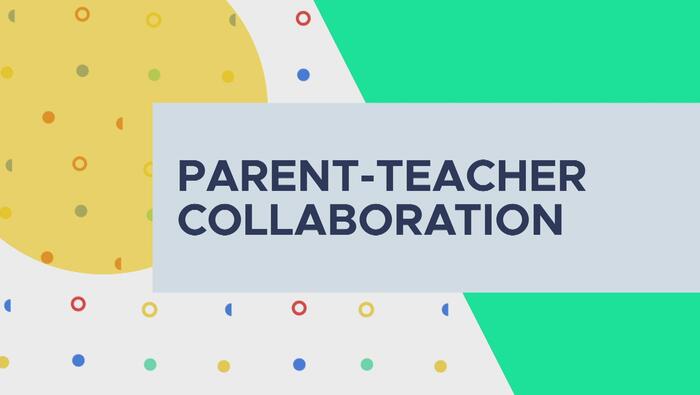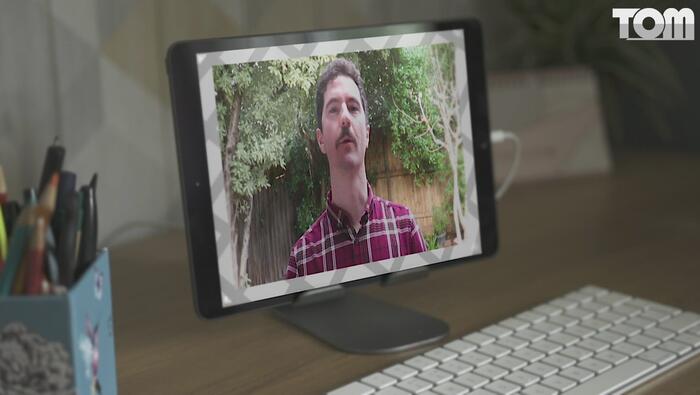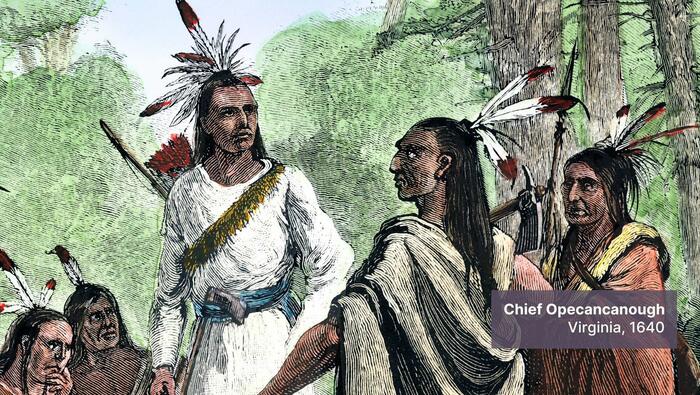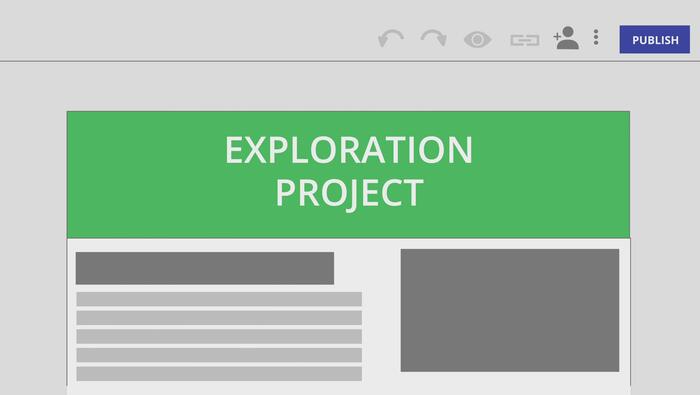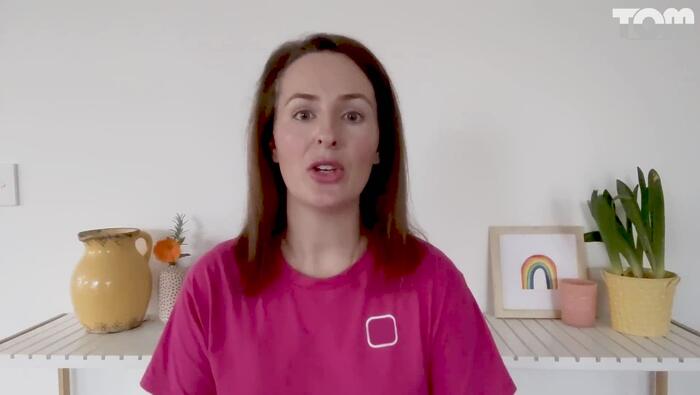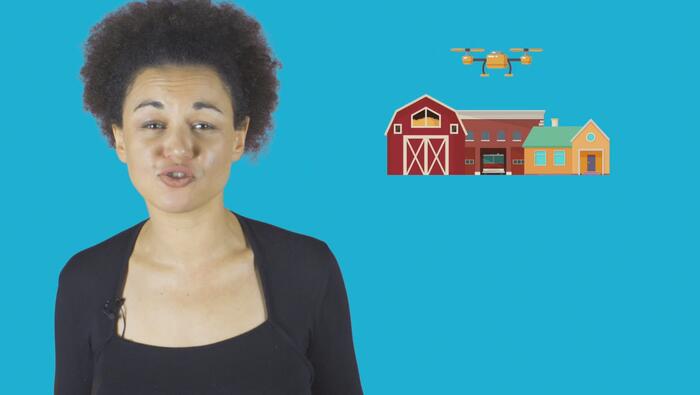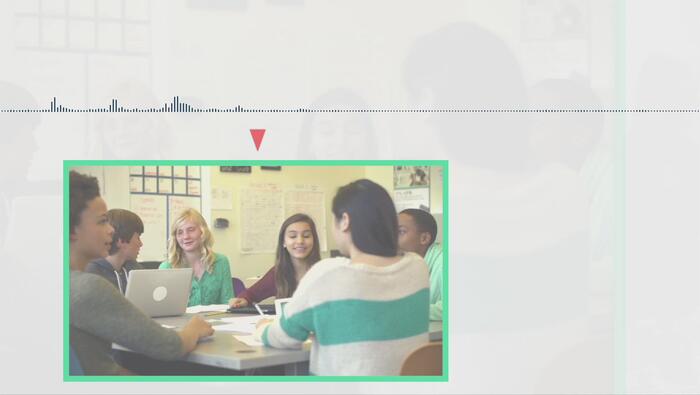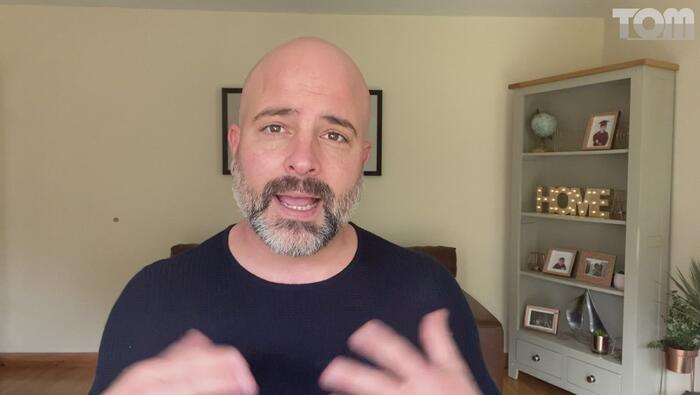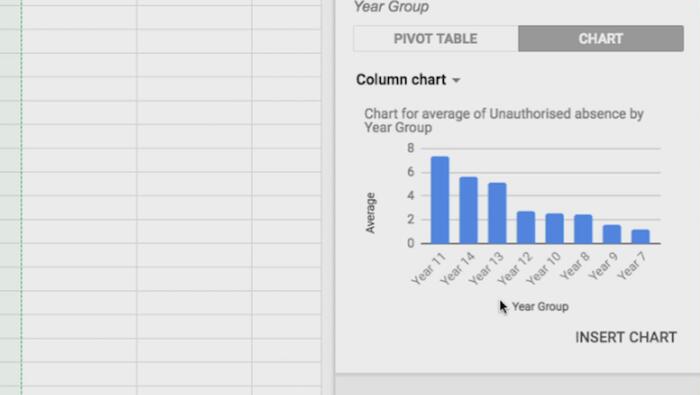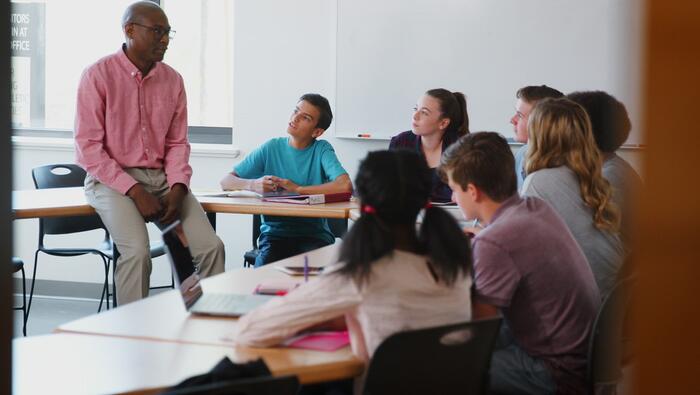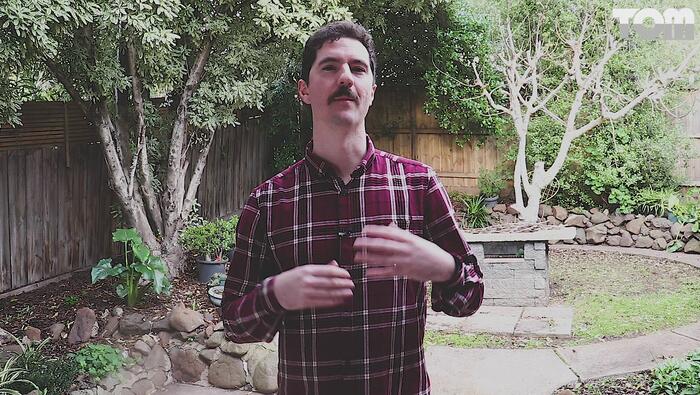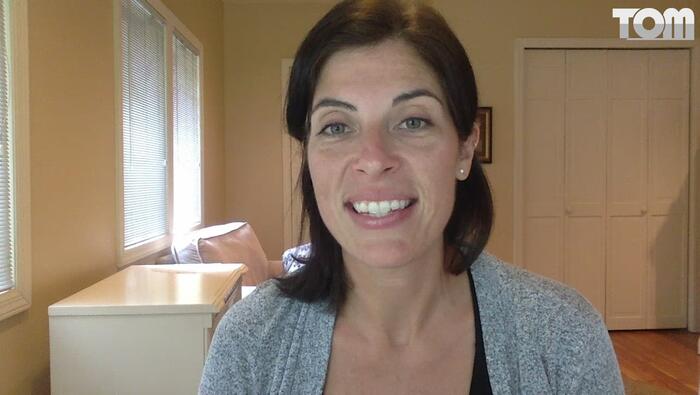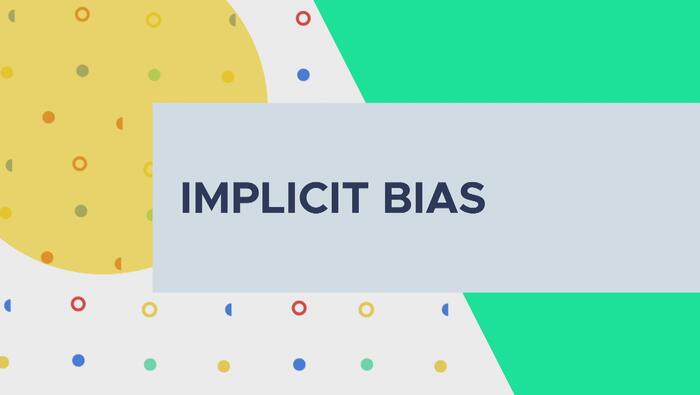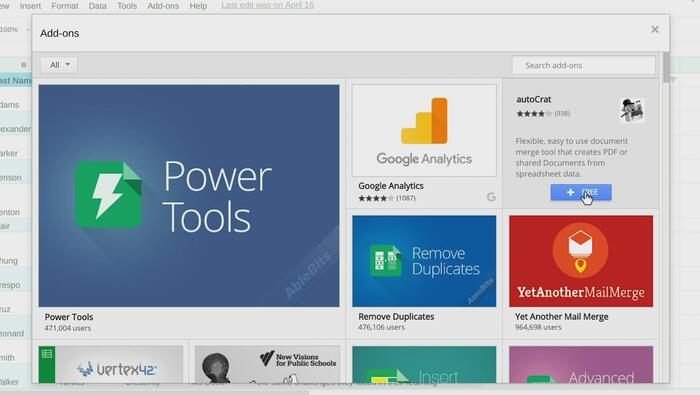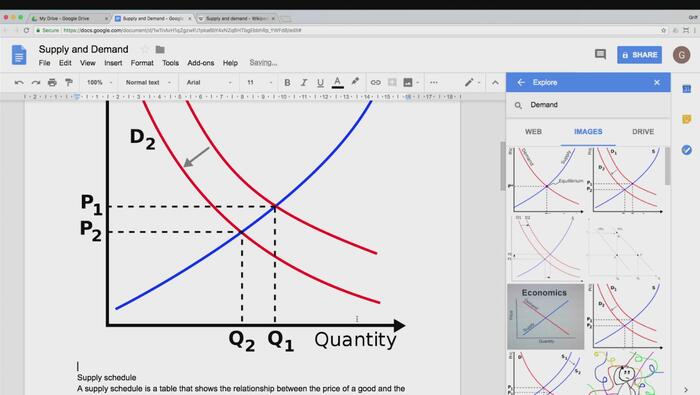
Google Drive & Docs: The Explore Tool
John explains the powerful Explore Tool you can use within your Google Docs to improve your content within your document.
Full of detailed information delivered clearly and concisely with insight, real world applications and and top tips, this is a great way to ensure you are making the most of Google Docs.
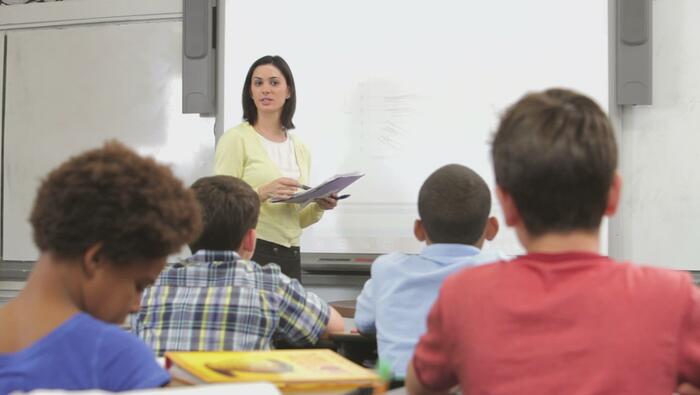
Questioning Techniques for Talking About Media
All educators ask questions of their students, but are they asking the right ones? The truth is, when it comes to teaching, questions are as important as answers, especially when the media is the subject. Knowing the best way to discuss and ask questions about the media, is a key skill for every social studies teacher.
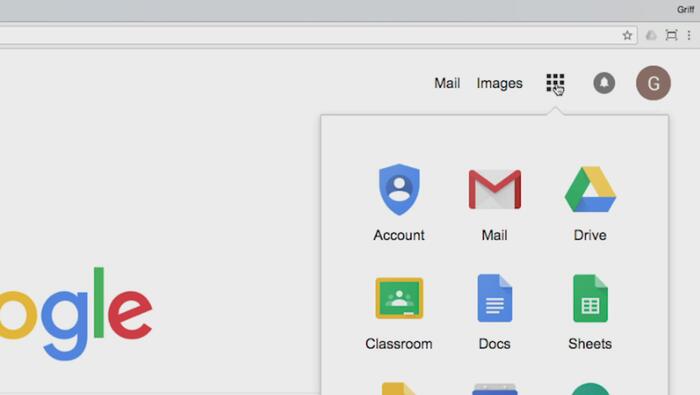
Google Drive & Docs: Accessing Google Drive
John explains how to access your G Suite for education Drive, how to use Google Drive and some of the special features.
Full of detailed information delivered clearly and concisely with insight, real world applications and and top tips, this is a great way to ensure you are making the most of Google Docs.
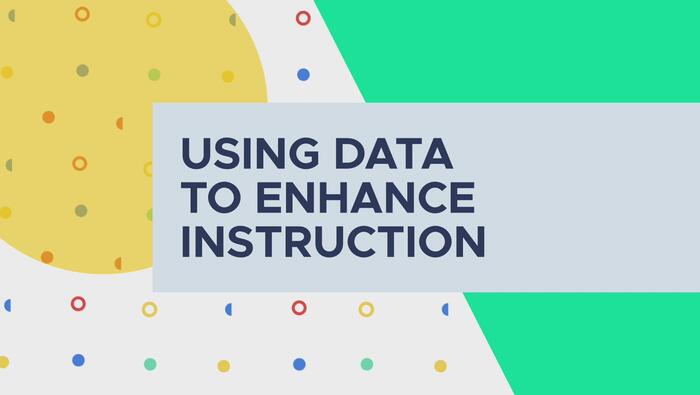
Using Data to Enhance Instruction
Data helps to inform teaching and address areas that may require reinforcement or intervention. Classroom data is much more than just test scores. Find out all the different types of data we can collect in the classroom and learn strategies on how to use data to enhance instruction.
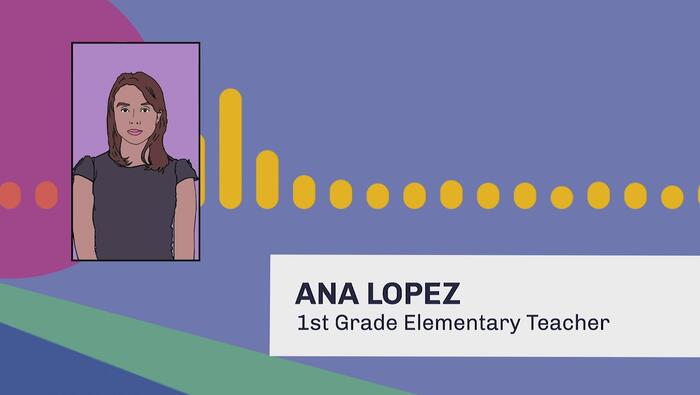
Ana Lopez - 1st-Grade Elementary Teacher
Ana Lopez is a 1st-grade teacher who led a full immersion class in Spanish at Carolina Forest International Elementary school, in Jacksonville, North Carolina. Find out why she loved teaching the SDGs as she explains a project with her class focused on teaching about the effects of plastic in the environment.
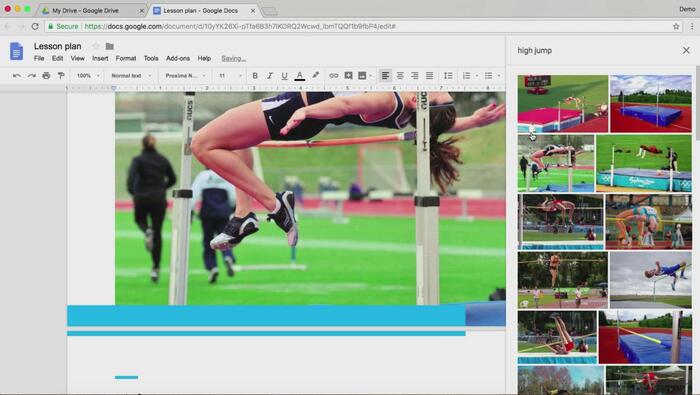
Google Drive & Docs: Formatting a Google Doc
John walks us through how to format your Google Doc to transform the look and feel of your document.
Full of detailed information delivered clearly and concisely with insight, real world applications and and top tips, this is a great way to ensure you are making the most of Google Docs.
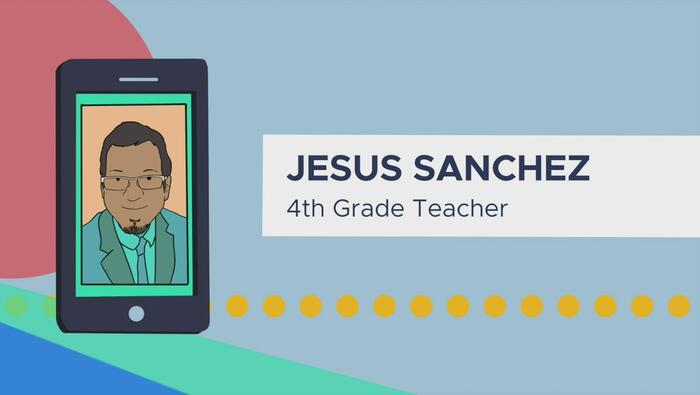
Jesus Sanchez - 4th Grade Teacher
Jesus Sanchez is a 4th-grade teacher from Colombia who believes that teaching the global goals encourages students to develop sensitivity and empathy when confronting global issues. He has "ignited the light of curiosity" and "a torch of passion" for his students to take action through an action-driven learning environment. Find out about how he implements the SDGs into his classroom.
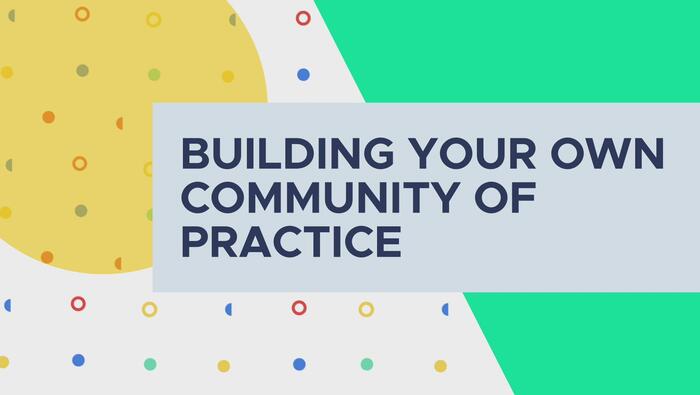
Building Your Own Community of Practice
Communities are crucial in supporting teachers in their professional practice and wellbeing. It enables teachers to receive constructive feedback, peer-learning opportunities, and fostering positive relationships with the wider community. Here are some strategies to help build your own community of practice.
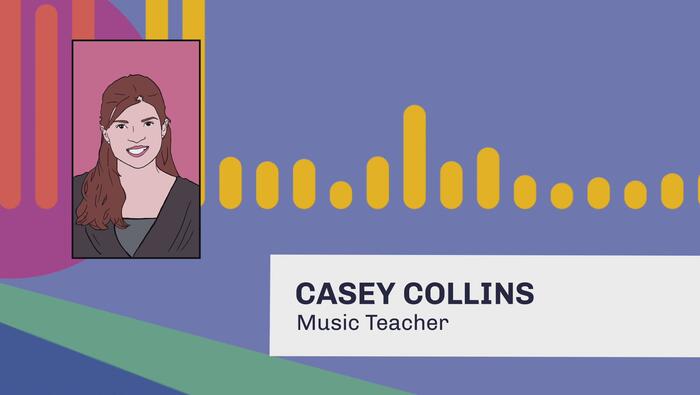
Casey Collins - Music Teacher
Using music to teach the SDGs might not be the first idea in most teachers' minds, but Casey Collins shows us how she used the Civil Rights movement as a theme to teach about social justice as a Global Goal. Find out how she implemented student-led projects to achieve this goal.

Bring the World to You
Teachers can use appropriate educational technology to connect with other classrooms around the world. This raises students' global awareness and stimulates their interests and engagement in learning. Discover some strategies on how to use technology to connect classrooms across schools, districts, and borders.
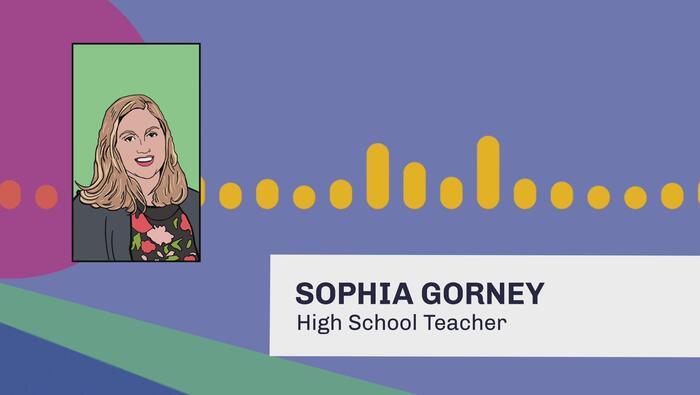
Sophia Gourney - High School Teacher
Learn about Sophia Gourney's experience in bringing the SDGs into her classroom. Sophia is a high school teacher from Ireland. She believes in getting students moving and stepping outside the classroom to witness real-life examples of global issues, such as an Israeli-Palestinian art project.
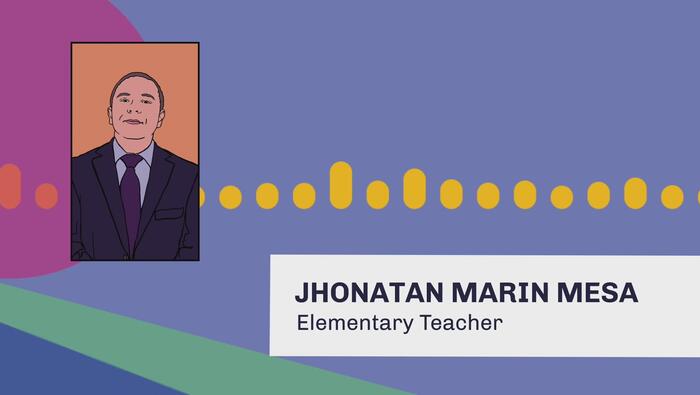
Jhonatan Mesa - Elementary Teacher
Jhonatan Mesa, a teacher from Colombia, discusses his experience of introducing SDGs into his classroom. He shares insights into how he implemented global goals 3 and 12 through a tower garden project. He also reflects on ways to further improve this teaching approach through developing additional 21st-century skills.
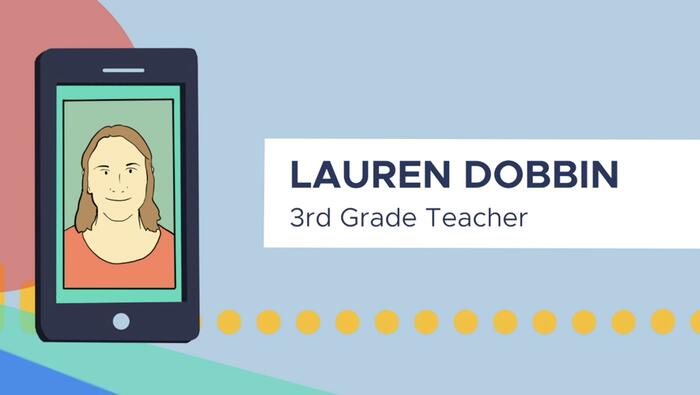
Lauren Dobbin - 3rd Grade Teacher
'There are always people out there that are willing to help, and if the internet and books are not your best resources, people in your community will be.'. Learn about how Laura Dobbins, a 3rd-grade teacher in North Carolina, introduces challenging topics into her classroom and how she creates eye-opening experiences for her students to learn about new cultures.
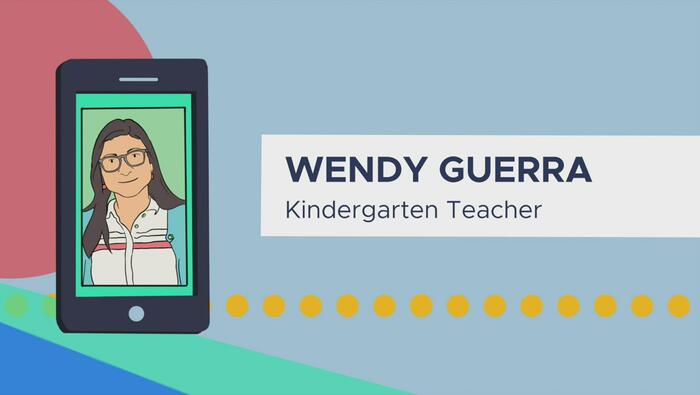
Wendy Guerras - Kindergarten Teacher
'As teachers, we are the ones that can make a change but if we just focus on teaching, it is not our job. There's more, it's deeper.'. This is the story of a kindergarten teacher, Wendy Guerras, who teaches in a Spanish dual immersion program. She discusses how she brings the SDGs into her classroom using virtual field trips and shares her professional objectives as a teacher.

When Learning Goes Online
In the year 2020 learning changed forever, initially Teachers had to learn on the fly, with very few having the pedagogical training in how to teach effectively online. Hybrid Learning is now here to stay, find out how to implement the best practices in your online classes today.
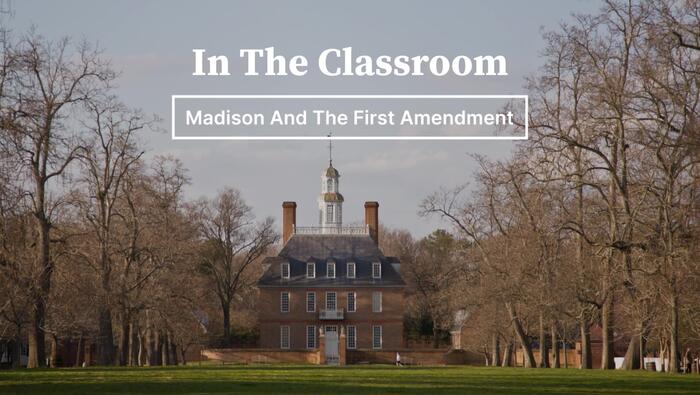
In the Classroom: Madison and the First Amendment
In 1791, Congress adopted the First Amendment, a cornerstone of the Constitution shaped by James Madison’s commitment to protecting essential American liberties. This Classroom Application episode is designed to accompany and enhance Advice To My Country: Madison and The First Amendment.
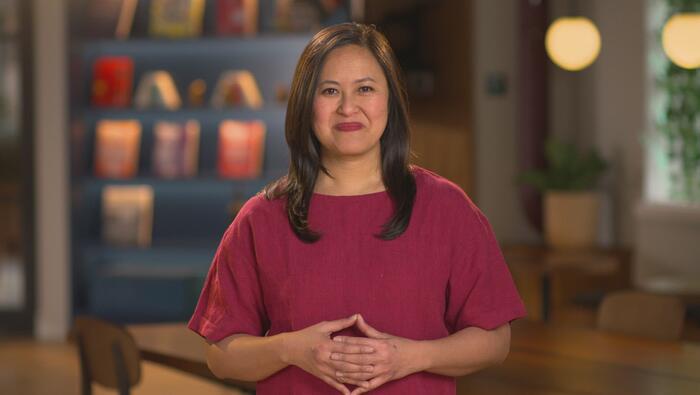
Promo for Teaching Online Masterclass Series 2
Welcome to TOM, the 'Teaching Online Masterclass', Series 2 - a free video course designed to help educators adapt quickly to online teaching. Based on academic research, the series is packed full of practical tips and guidance. TOM will help teachers understand the difference between teaching in a classroom and in a virtual environment, and implementing strategies of best practice online.
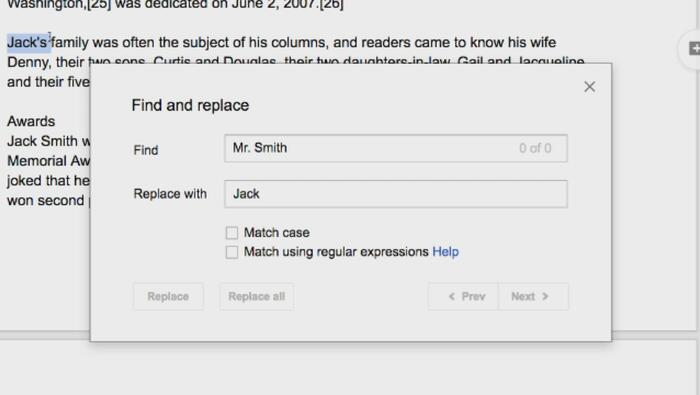
Google Drive & Docs: Searching a Google Doc
John explains the helpful tools within Google Docs that you can use to quickly navigate through your documents.
Full of detailed information delivered clearly and concisely with insight, real world applications and and top tips, this is a great way to ensure you are making the most of Google Docs.
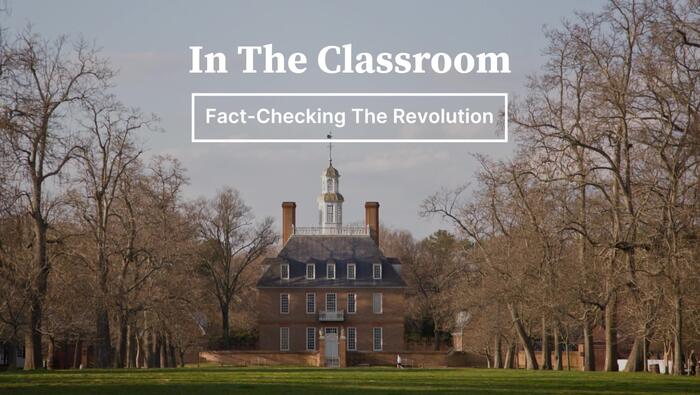
In The Classroom: Fact-Checking the Revolution
Evaluating information and identifying reliable sources supports the core values of republican government and informed citizenship. This Classroom Application episode is designed to accompany and enhance Advice To My Country: Republicanism, Representation, & Civic Virtue.
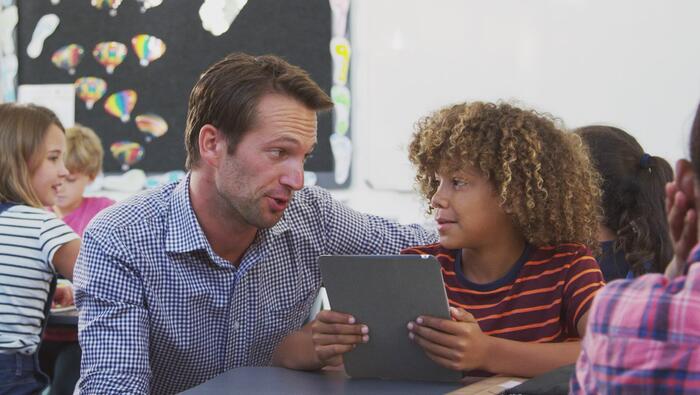
Bringing Social Studies to Life With Social Media
Educators, discover how and why you should incorporate social media into your social studies classes. Learn how it’s an effective tool, how to safely implement it in classes and how to use social media sites to enhance curriculum and student involvement.
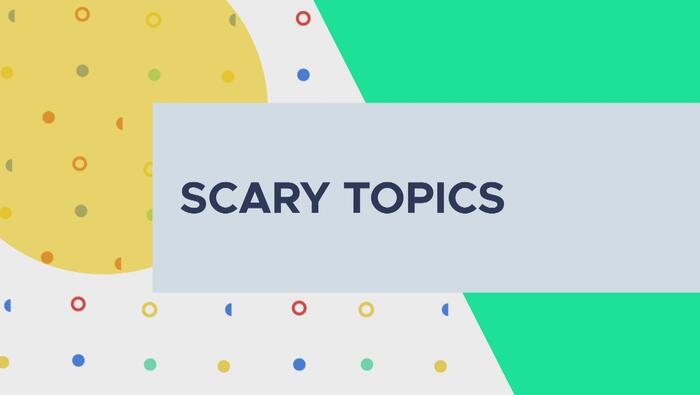
Scary Topics
There are many controversial and 'scary' topics that some teachers may choose to avoid in order to minimize the risks. However, there are strategies that teachers can adopt to introduce and discuss these topics by making them more digestible and manageable in the classroom. Here are some practical ways to talk about scary, complicated or controversial topics in the classroom.
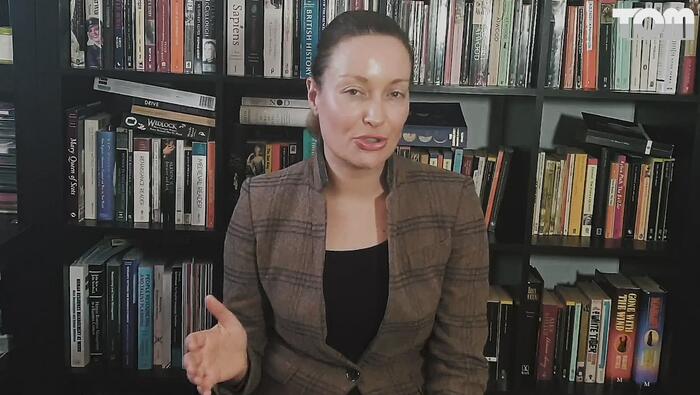
How is Online Teaching Different?
Teaching online is markedly different from teaching face to face, but don't worry. Even if you have begun using blended or flipped classes or if it's all new, this series will guide you through how to extract the most from an online learning environment for both you and your students.
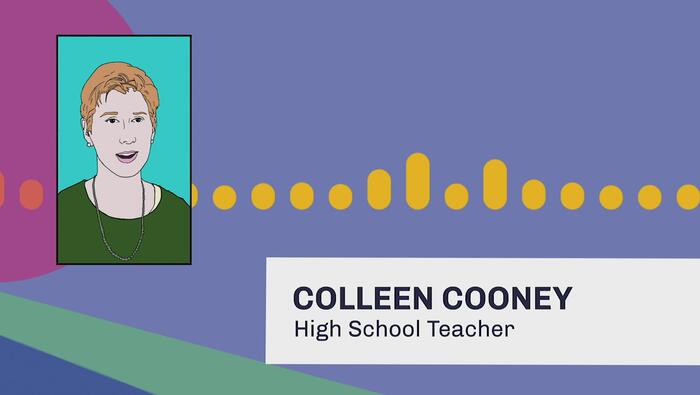
Colleen Cooney - High School Teacher
Be inspired by the Fair Trade project that Colleen Cooney started in her class that eventually spread through the entire school and eventually the town. Colleen used a case study of Uganda to compare sustainable living standards with Ireland. She also introduced the habit of composting that eventually spread throughout the entire school.
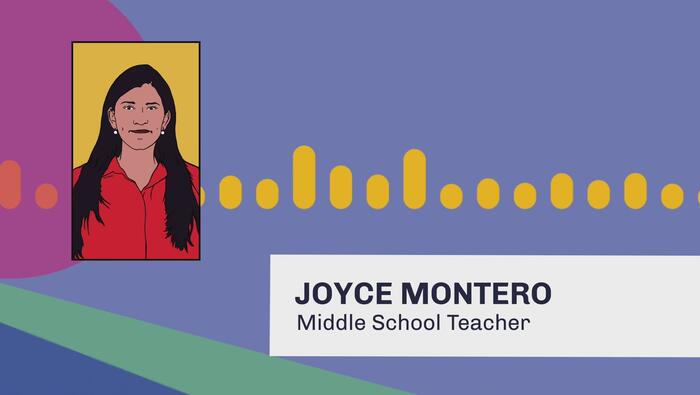
Joyce Montero - Middle School Teacher
Discover how Joyce Montero, a 7th and 8th-grade teacher used Global Goal 6 to raise her students' awareness on water sanitation around the world. She used student-led projects that are focused on real-life community needs to engage and stimulate her student's interest in the subject.

Spread the Fire
Action-driven learning should also apply to teachers by sharing and showcasing different approaches to instructional practice. Building a collaborative network with other teachers can provide moral support and also inspire students. Find out ways to spread the fire and build an action-driven learning environment.
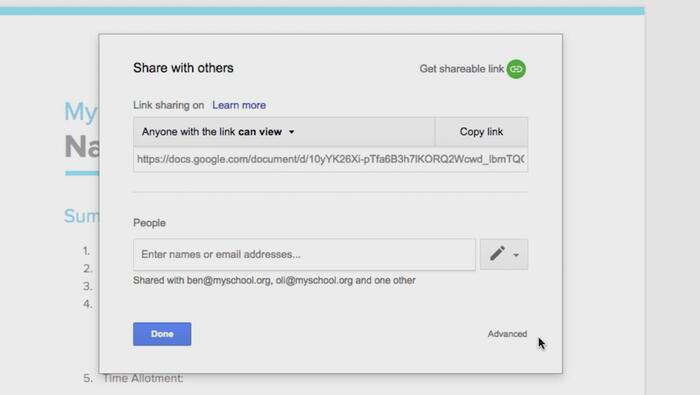
Google Drive & Docs: Sharing Options for Google Docs
John talks us through how to share a Google Doc and the different sharing permissions and options you can give to your Google Doc when sharing it with a collaborator.
Full of detailed information delivered clearly and concisely with insight, real world applications and and top tips, this is a great way to ensure you are making the most of Google Docs.

In the Classroom: In Pursuit of Freedom
In the revolutionary era, slavery stood as a central paradox in a nation founded on liberty. A contradiction revealed in surviving records, including historic ads written by enslavers. This Classroom Application episode is designed to accompany and enhance Advice To My Country: Slavery & Freedom.
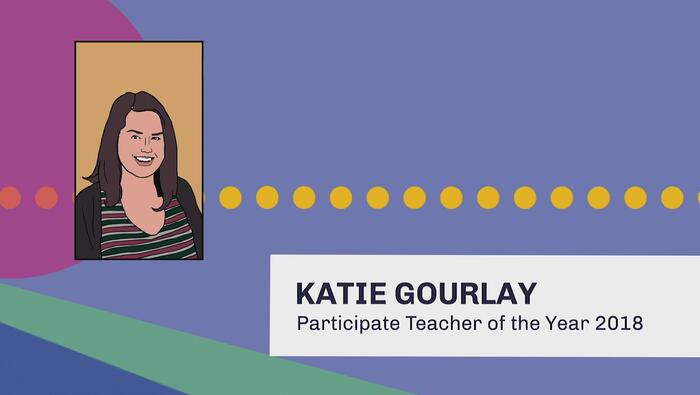
Katie Gourlay - Participate Teacher of the Year 2018
Discover how Participate teacher of the year, Katie Gourlay, started teaching the SDGs in her 3rd-grade class with only one Global Goal in mind, but later found the link with many of the other Global Goals. Katie's inspirational project offers an insight into the best practice in bringing the SDGs into the classroom.
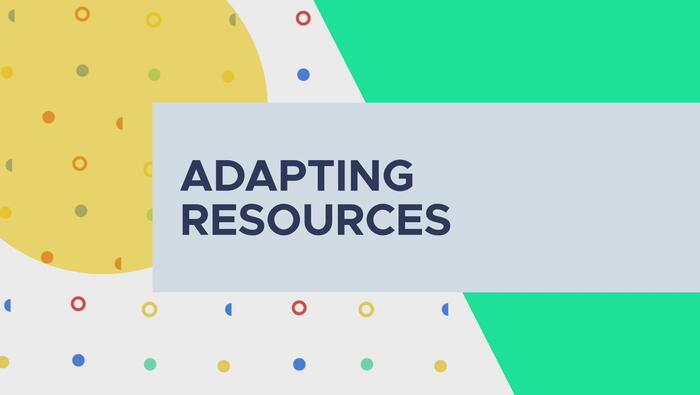
Adapting Resources
Learning resources might sometimes be inappropriate for a certain age, learning abilities, cultures, or grade levels. Rather than reinventing the wheel, consider adapting it to fit the needs of your students. Here are some practical advices on how to adapt resources to use in every classroom.
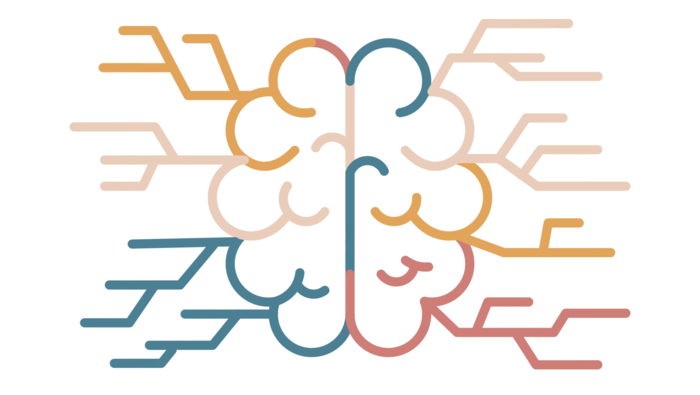
How to Plan and Facilitate Discussions in Online Classes
Viewers will learn how and why online discussions should be used in K-12 online learning. Understand what effective discussions strategies are, learn tips and tricks on how to successfully facilitate these with your students. Presented by Educator Kwame Daniels.
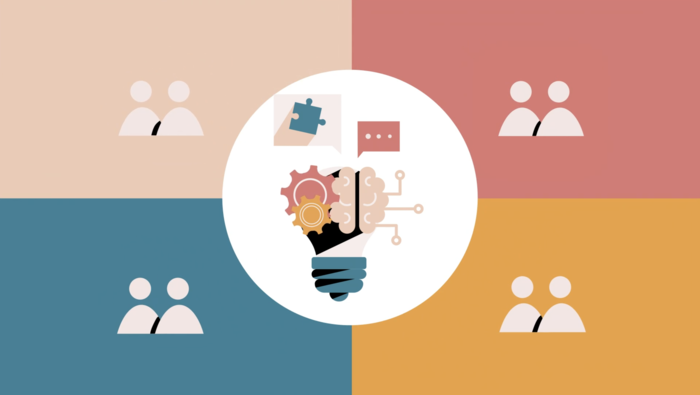
How to Plan and Facilitate Online Problem-Based Learning Tasks
Viewers will learn how problem based learning approaches can positively affect educational outcomes. Also learn how to design problem based learning tasks for online learning that enhances student outcomes. Presented by Educator Kwame Daniels.
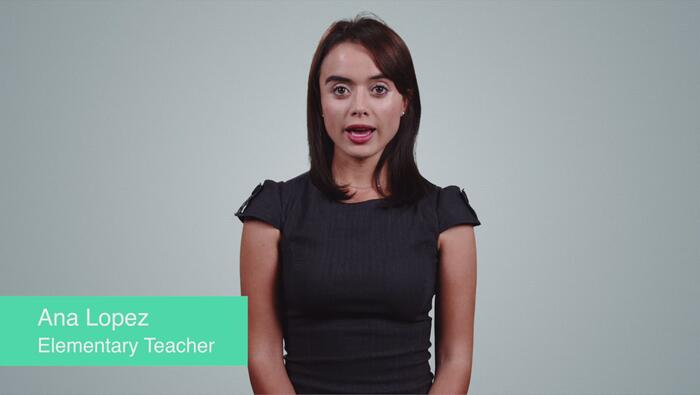
Ana Lopez - Elementary Teacher
Discover how the Participate program enabled Ana Lopez, a 1st-grade teacher from Colombia, to experience a different culture of education in the United States. She shares her thoughts on the challenges she experienced and how she used the Global Goals as a tool to build an inquiry-based learning experience.
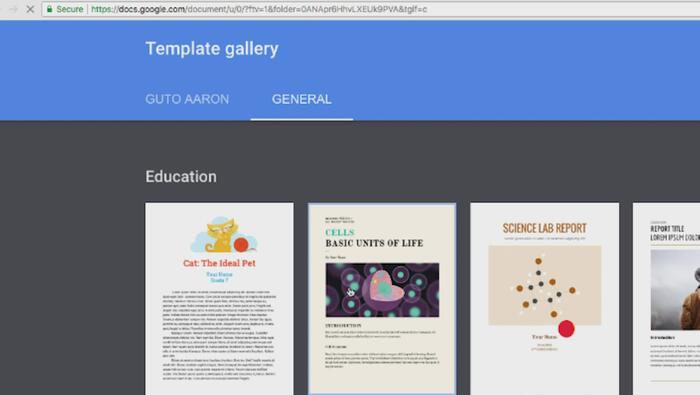
Google Drive & Docs: Create Your First Google Doc
John walks us through how to create our first Google Doc, use the different features and the best practices for making the most of Google Docs.
Full of detailed information delivered clearly and concisely with insight, real world applications and and top tips, this is a great way to ensure you are making the most of Google Docs.
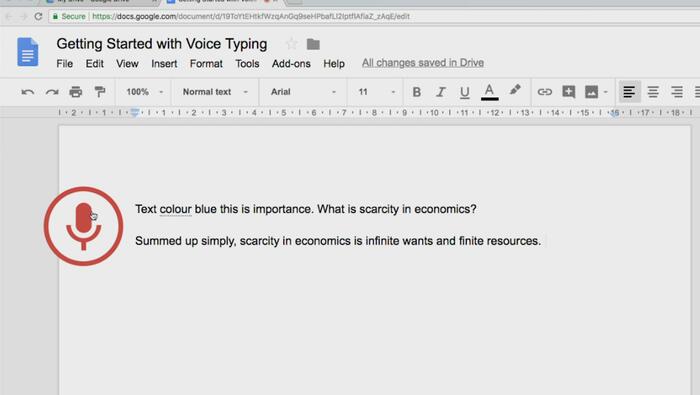
Google Drive & Docs: Voice Typing
John walks us through how to use the Voice Typing Tool to create documents quickly and the different commands you can use while Voice Typing.
Full of detailed information delivered clearly and concisely with insight, real world applications and and top tips, this is a great way to ensure you are making the most of Google Docs.
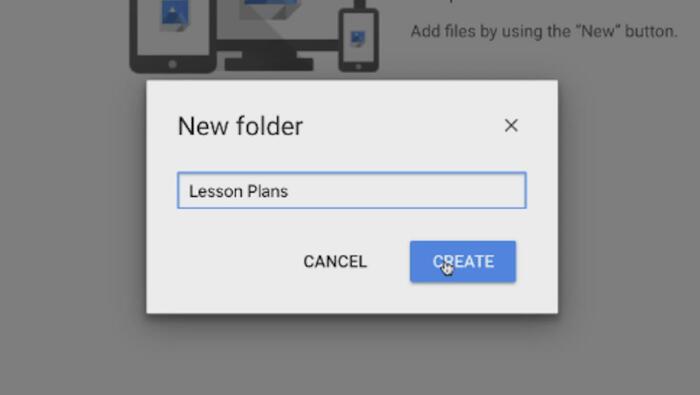
Google Drive & Docs: Creating Your First Shared Google Drive Folder
John walks us through how to create a shared folder within Google Drive and the different permissions you can give these folders and your collaborators.
Full of detailed information delivered clearly and concisely with insight, real world applications and and top tips, this is a great way to ensure you are making the most of Google Docs.
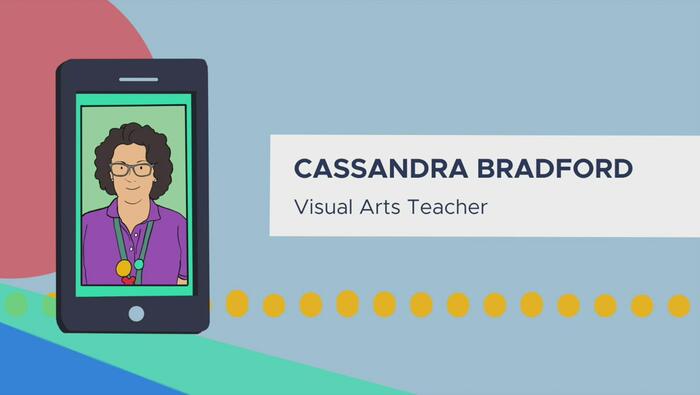
Cassandra Bradford - Visual Arts Teacher
Find out how visual arts teacher, Cassandra Bradford, stumbled upon teaching the SDGs by accident. Since her discovery, the SDGs have completely transformed the way she plans her lessons, units, and semesters, giving an overarching theme that gives students individual pathways to achieving their learning objectives.
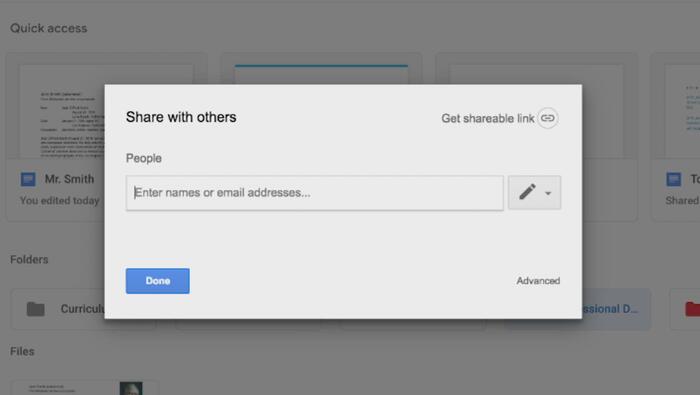
Google Drive & Docs: Managing Shared Docs
John explains the best practices for managing shared documents between staff members and how to quickly change the permissions on your shared documents.
Full of detailed information delivered clearly and concisely with insight, real world applications and and top tips, this is a great way to ensure you are making the most of Google Docs.
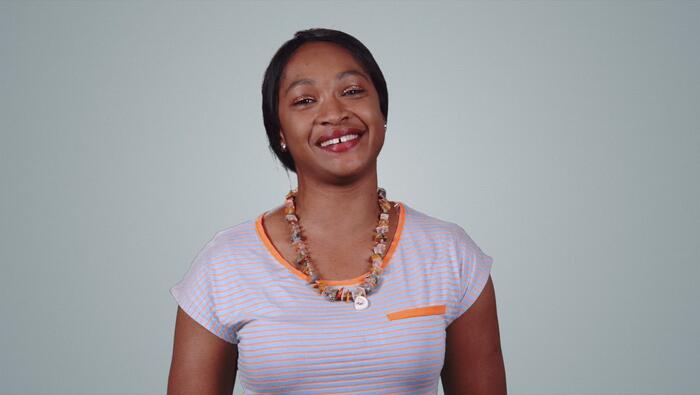
Ava-Gaye Blackford
Hear about Ava-Gaye Blackford's experience as a Jamaican teacher who spent some time teaching in the USA. She discusses the cultural differences observed in the classroom as well as in everyday life. She shares her most memorable moment during her teaching experience with Participate.
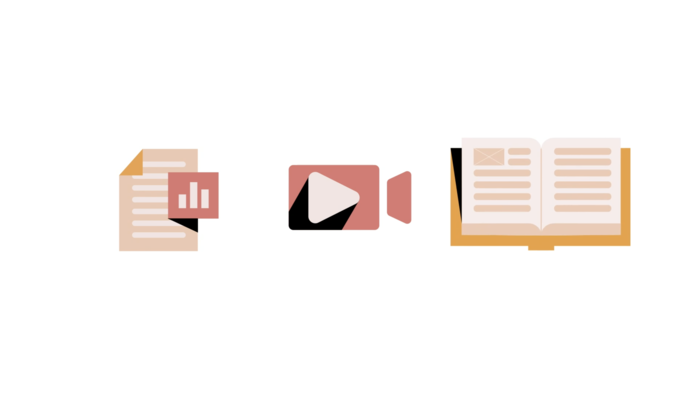
What is Cognitive Load Theory of Multimedia?
During learning, information is held in your working memory until it has been processed to pass into your long-term memory. This is Cognitive Load Theory; learn about the cognitive load theory of multimedia and understand its importance in online teaching and learning. Presented by Educator Tara Walsh.
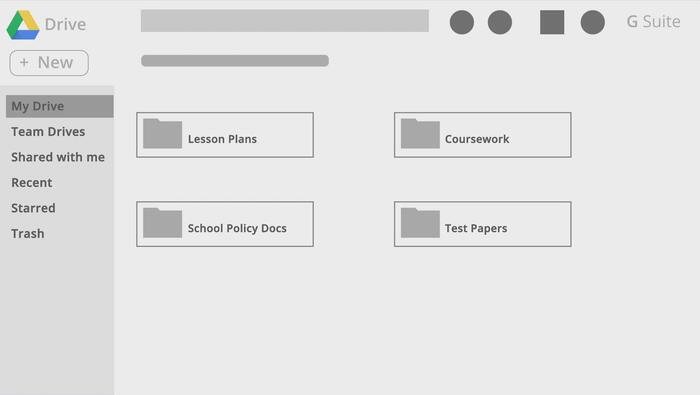
Google Drive & Docs: Organising Google Drive
John walks us through the different ways you can organise your Google Drive so that they are easier and neater to navigate through.
Full of detailed information delivered clearly and concisely with insight, real world applications and and top tips, this is a great way to ensure you are making the most of Google Docs.
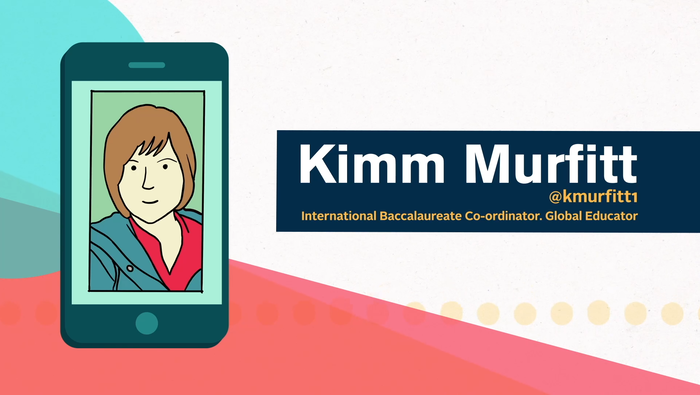
Kimm Murfitt - IB Co-ordinator
Find out how Kimm Murfitt, IB Coordinator at Winkler Middle school used the concept of Blessing Bags to implement the teaching of the SDGs. She believes that collaborations and partnerships in the local community are key to enabling teachers to bring the SDGs into the classroom.
